Fashion Design and Garment-Making Specialization: From Pattern Drafting to the Final Piece

Learn design and preparation techniques to create unique garments, from patterns to professional finishes
Discover the fascinating world of pattern making and tailoring with a specialization that takes you from the basics to the design and creation of complex garments. Learn to master essential machine sewing techniques, replicate your favorite garments, and create patterns tailored to your measurements. Explore the versatility of one-size-fits-all garments and immerse yourself in the design and construction of custom shirts, skirts, dresses, and jackets. Each course offers you the opportunity to develop practical and theoretical skills that are essential in the world of fashion.
Throughout this specialization, guided by experts such as Julia Reyes Retana, Lantoki, Laura peSeta, Alicia Cao Guarido, and Natalia Londoño, you will have the opportunity to create a capsule collection of garments that demonstrate your mastery of pattern making and tailoring. Through challenging final projects, you will develop a portfolio that reflects your unique style and professional background. This journey through the textile universe will allow you not only to make your own garments but also to explore fashion design in a sustainable and authentic way.
What will you learn in this specialization?
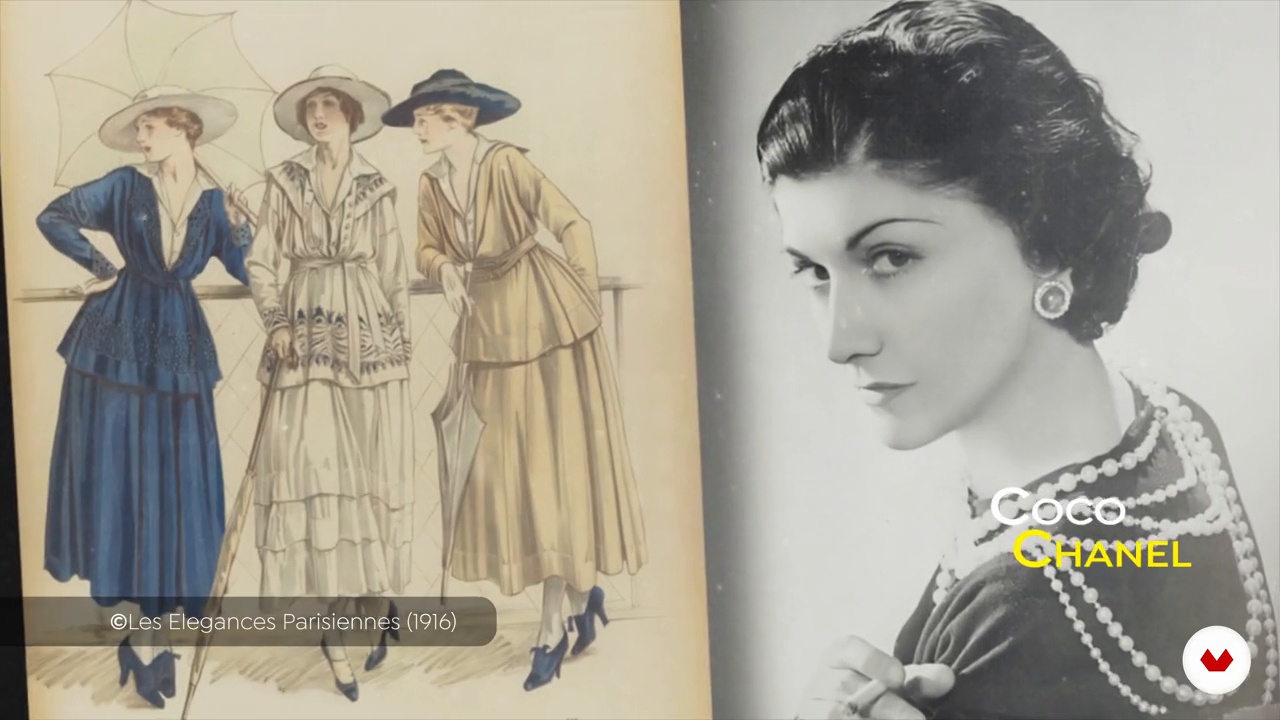

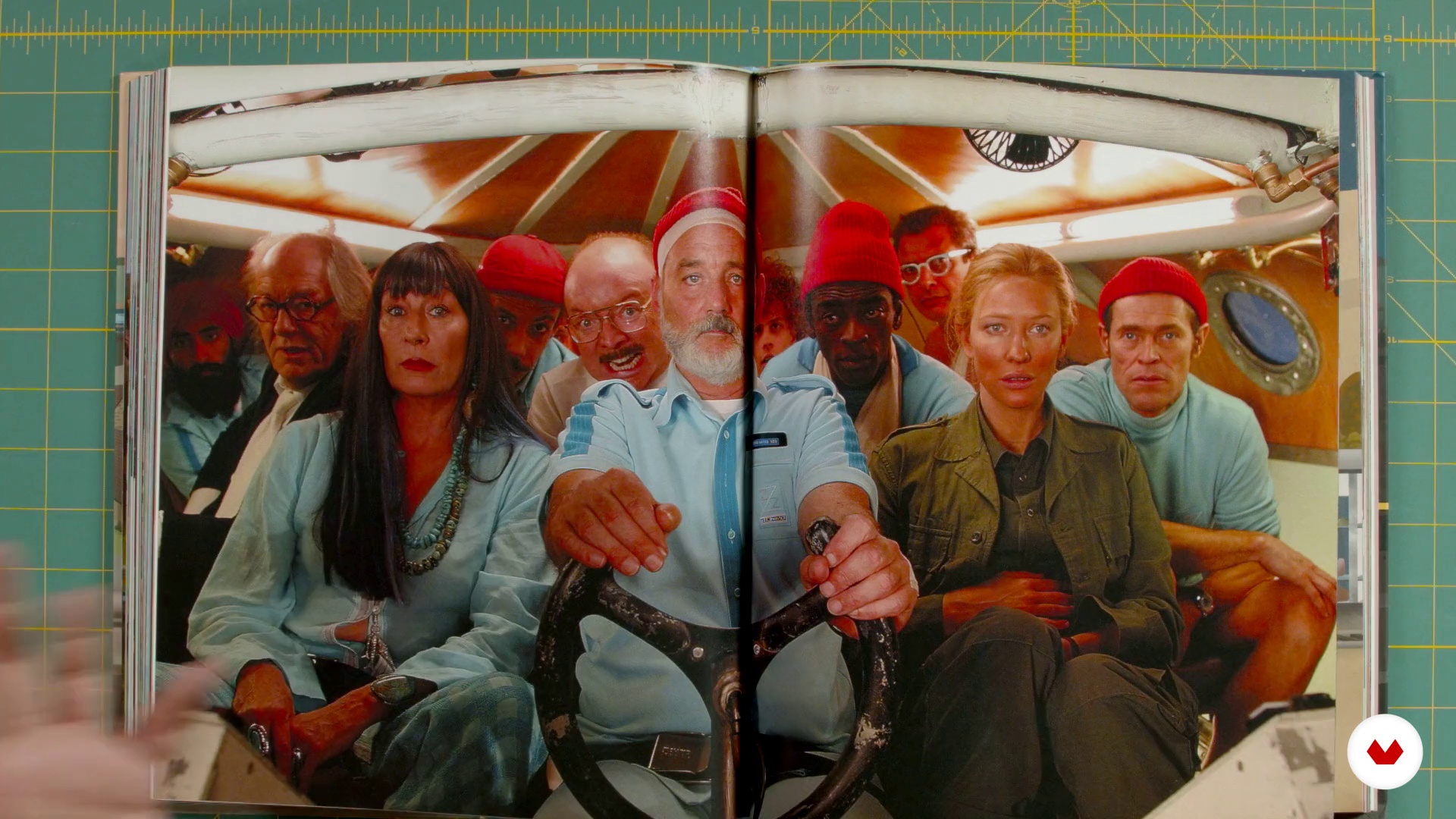
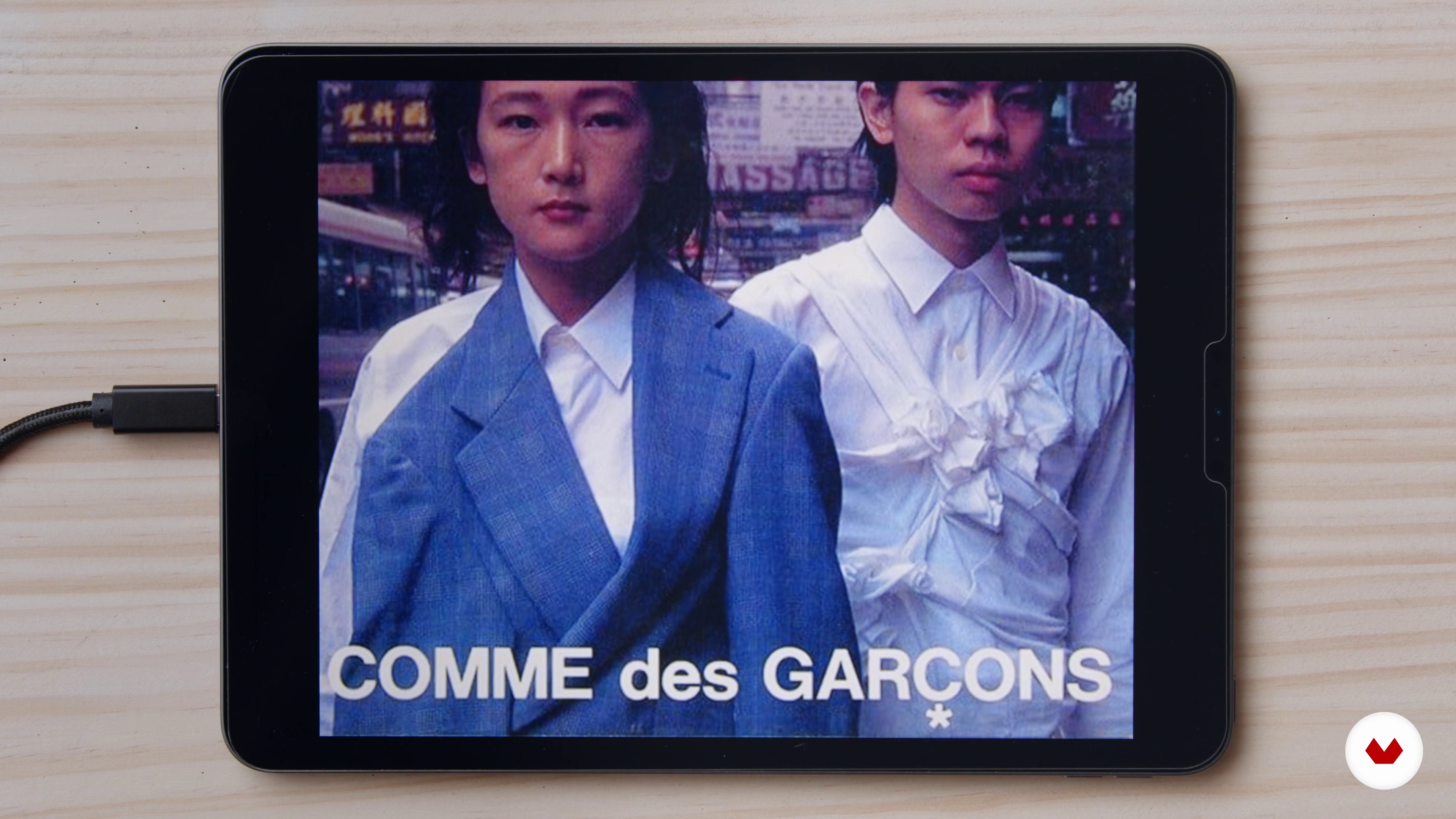
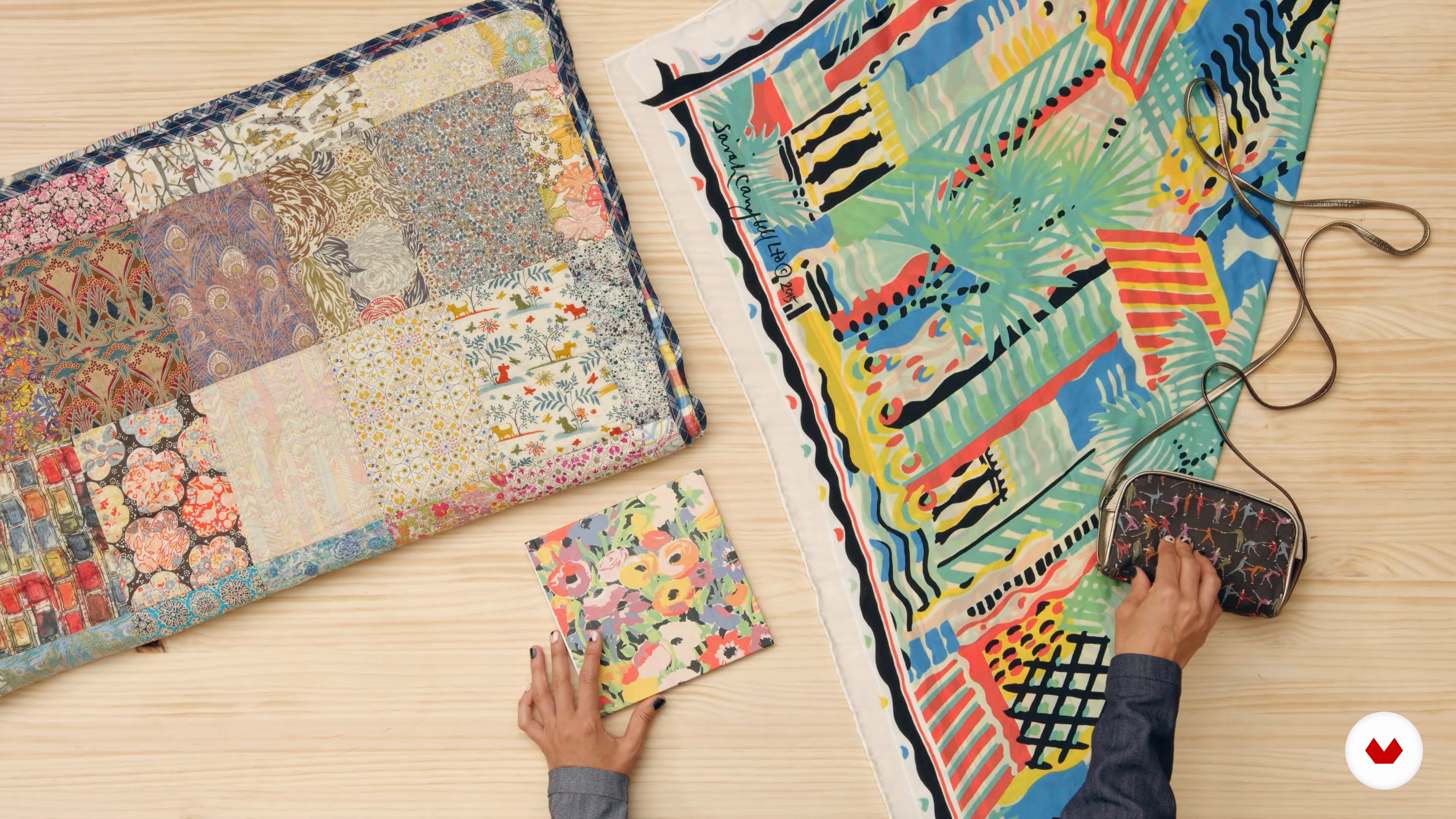





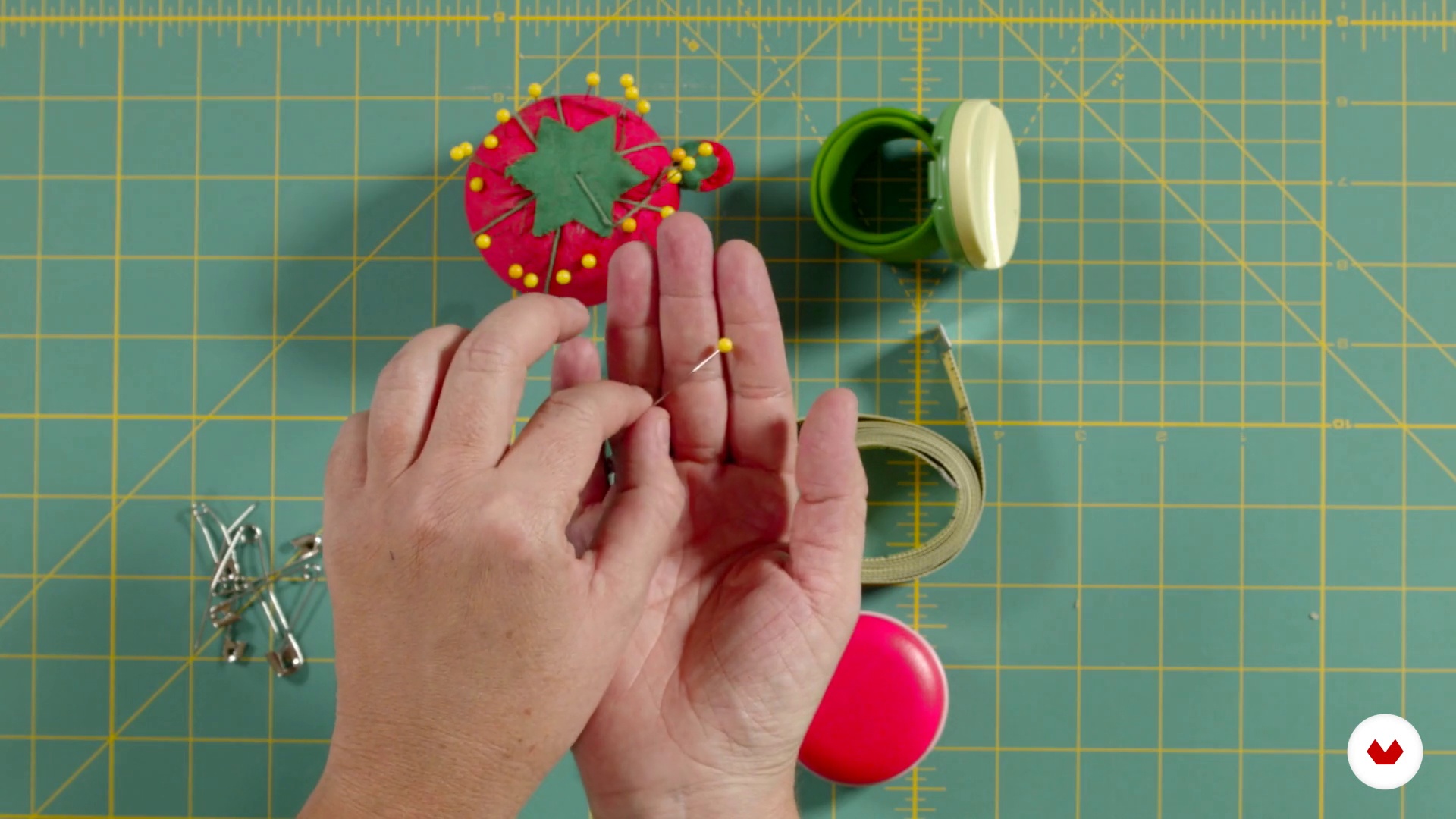
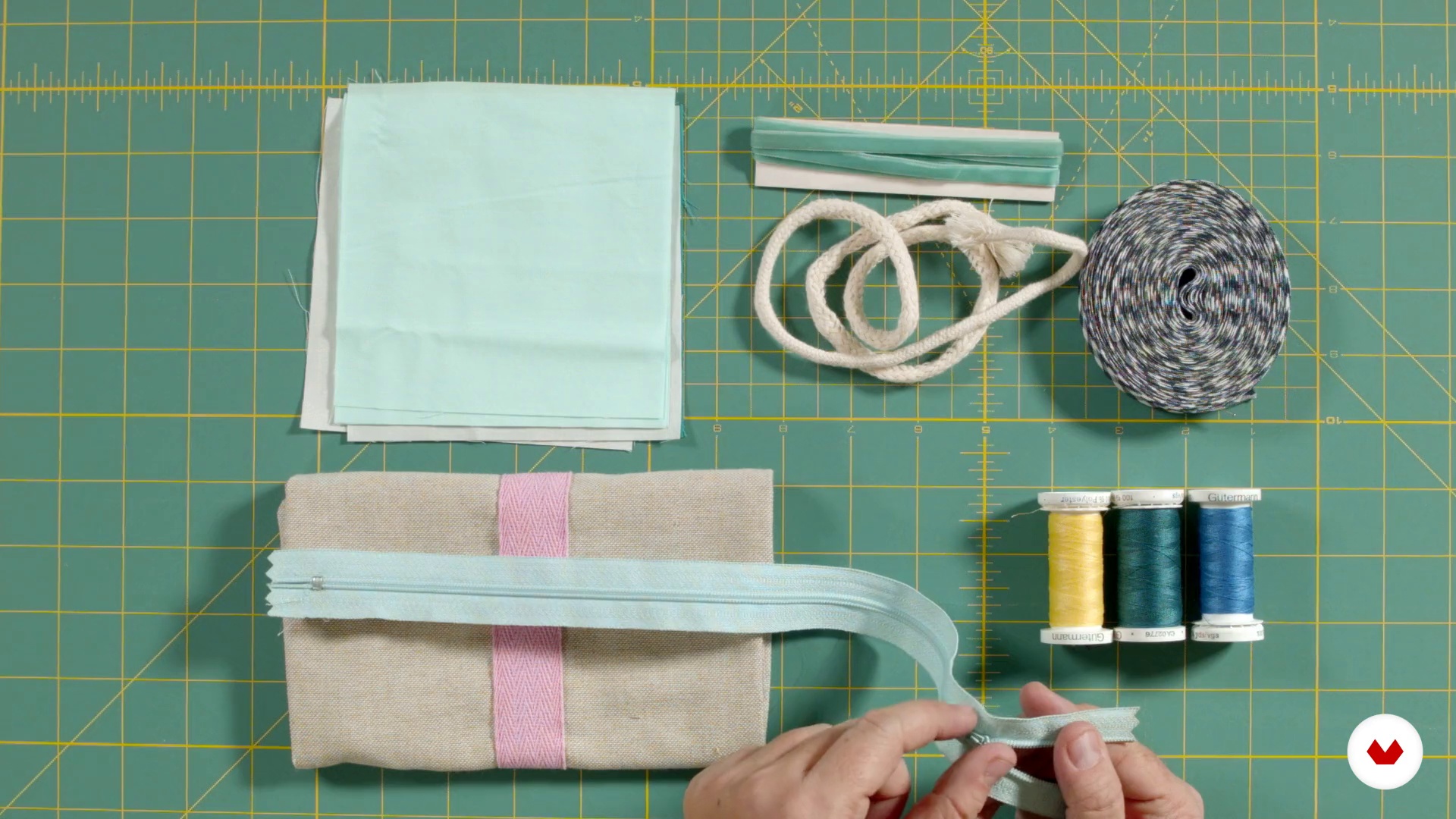
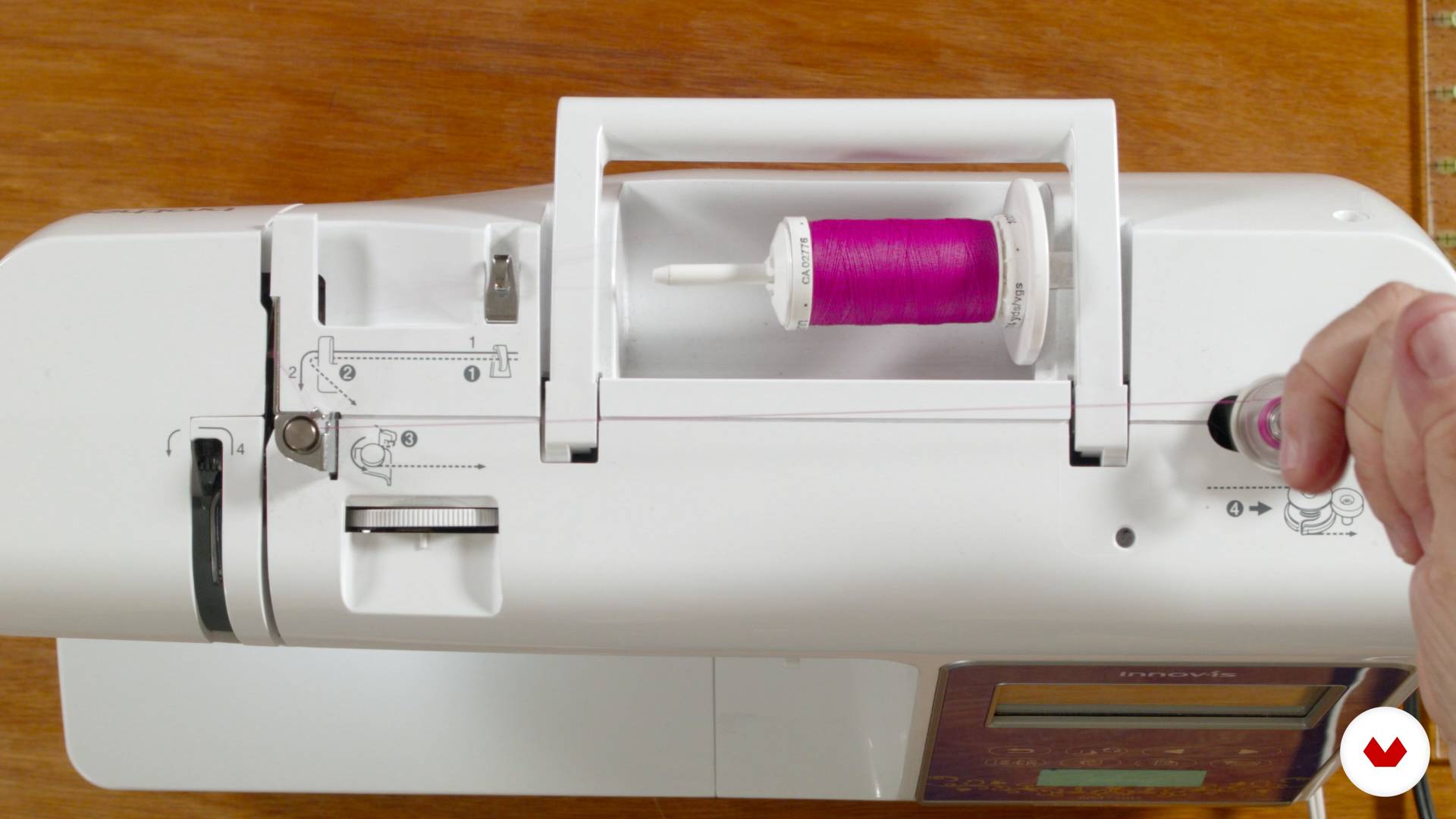
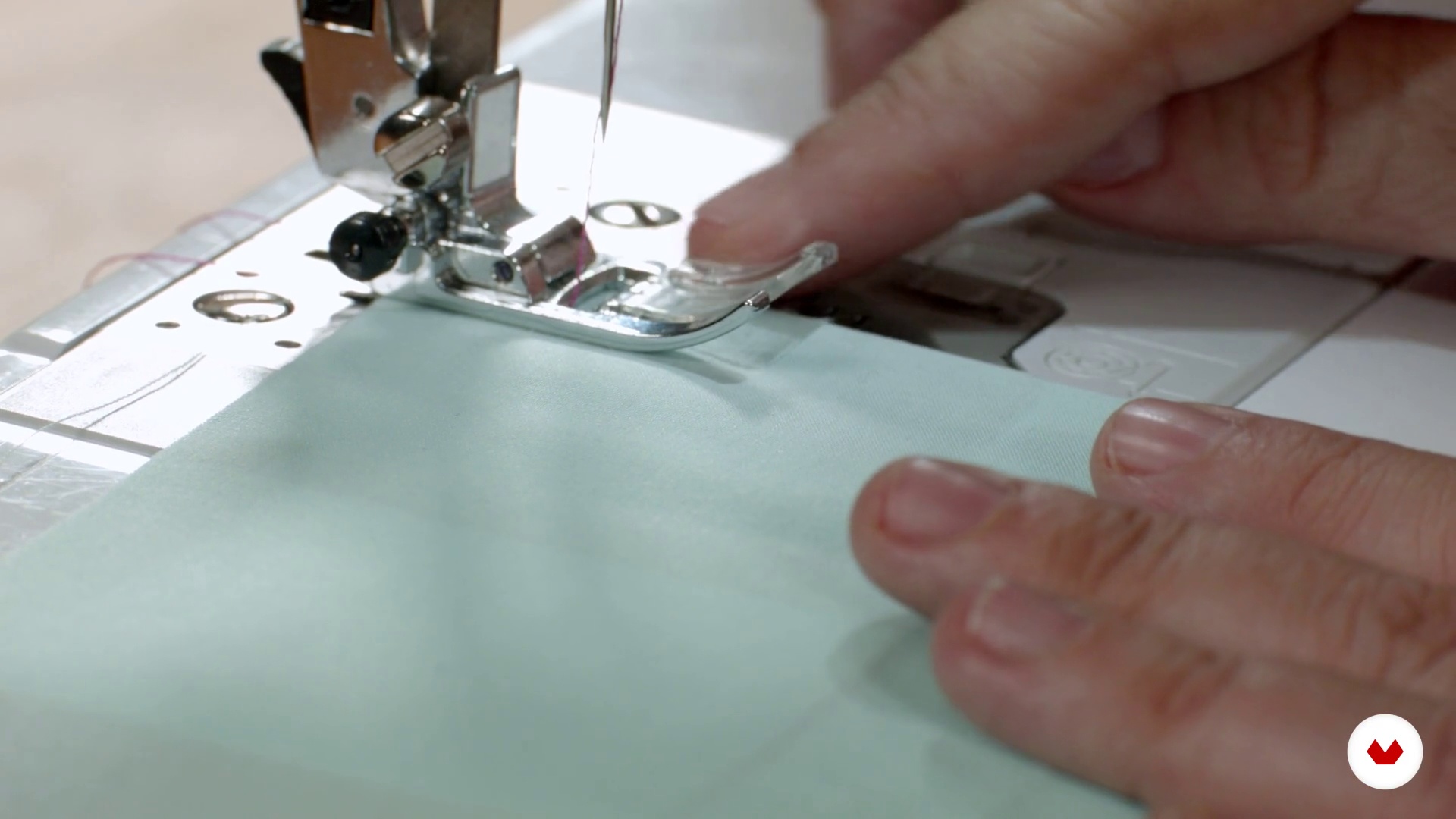

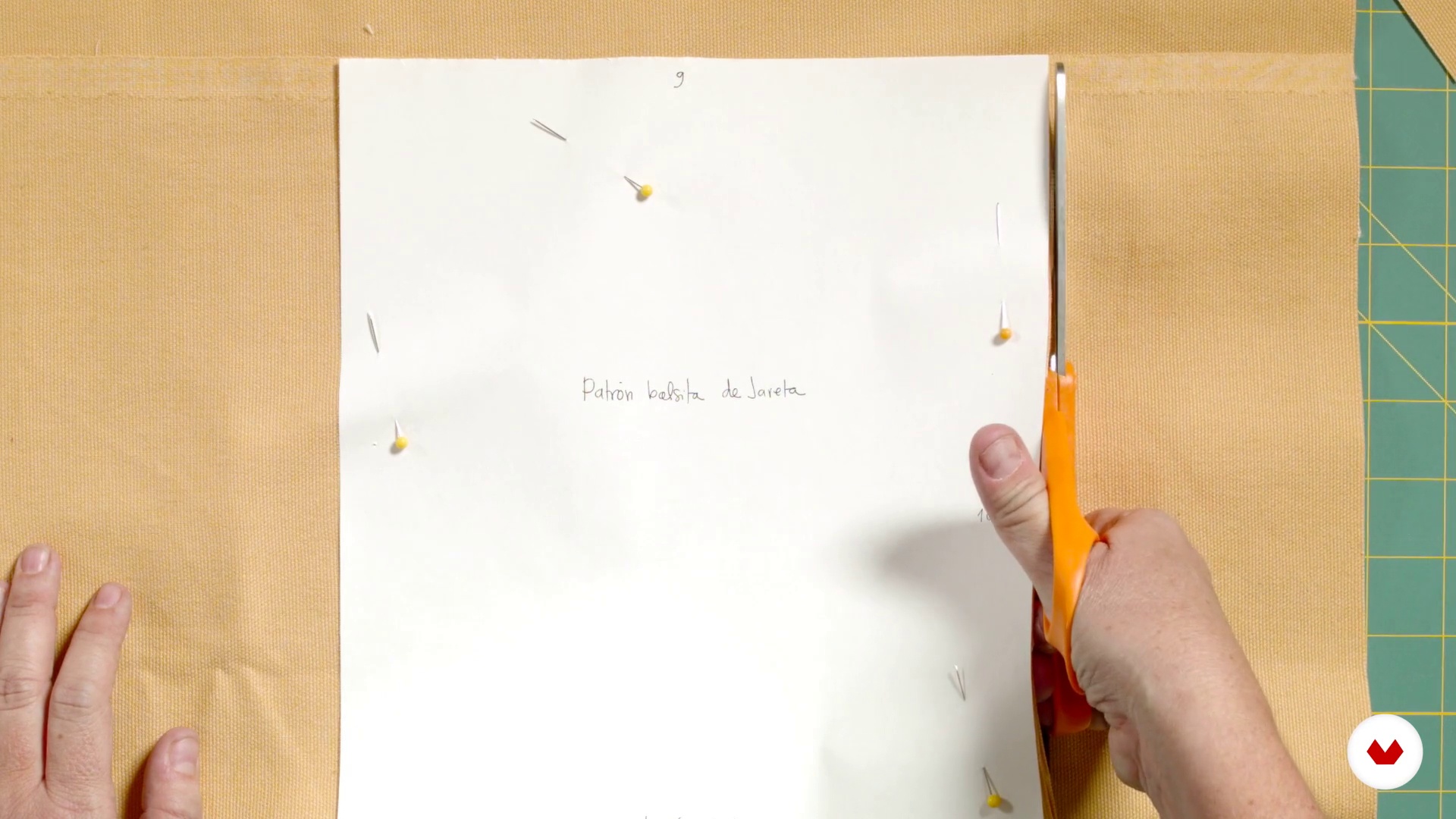
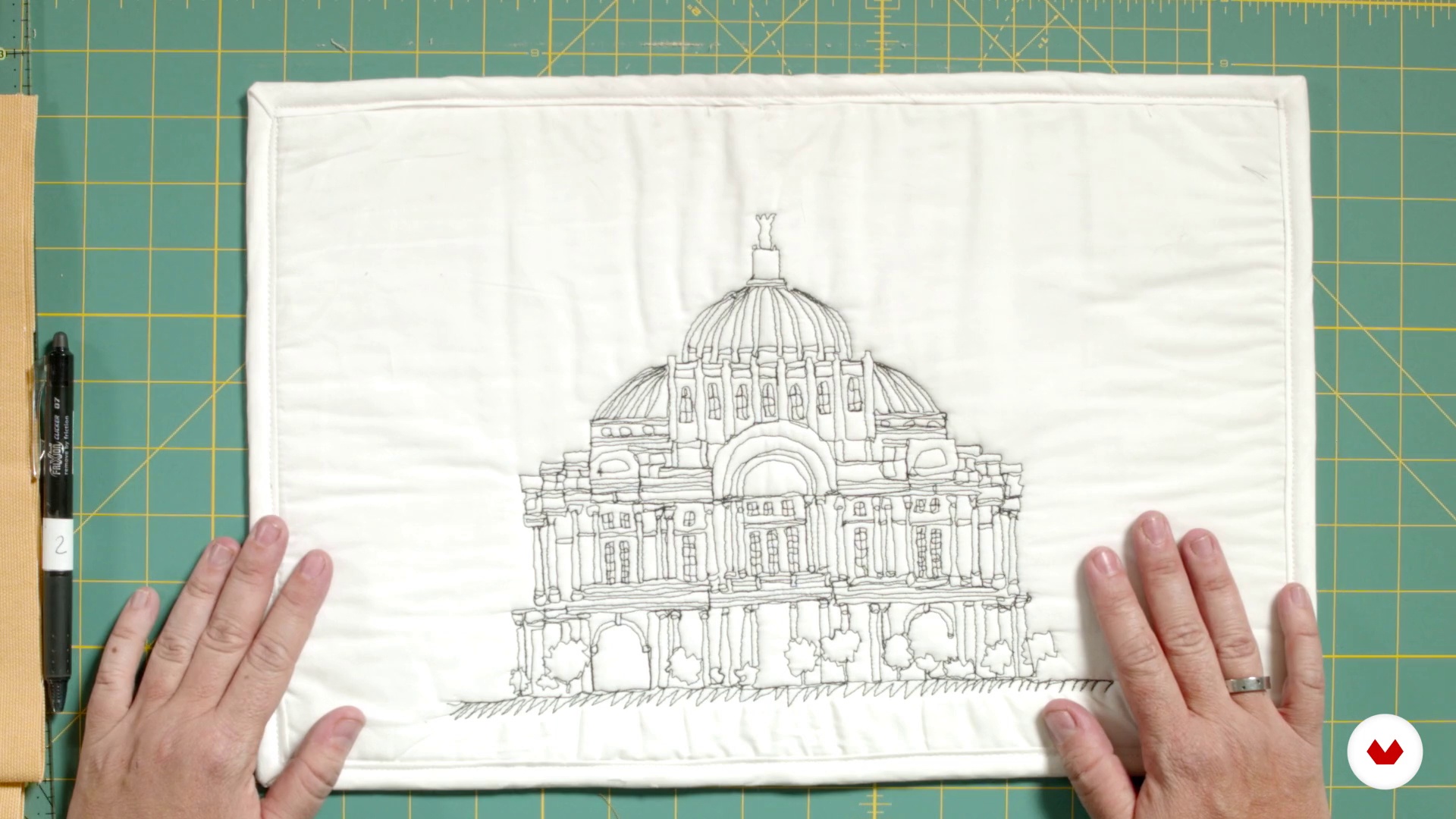

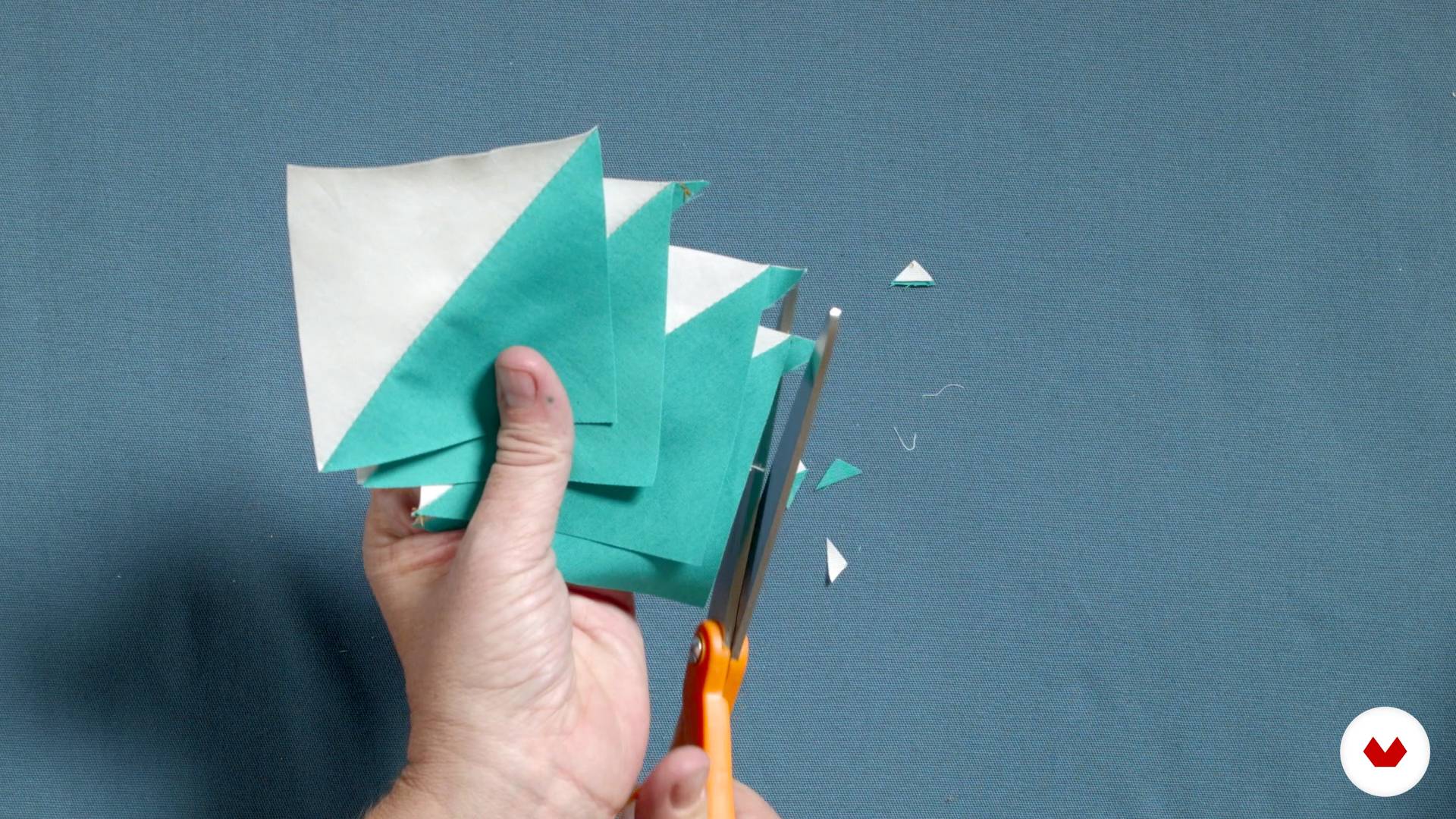



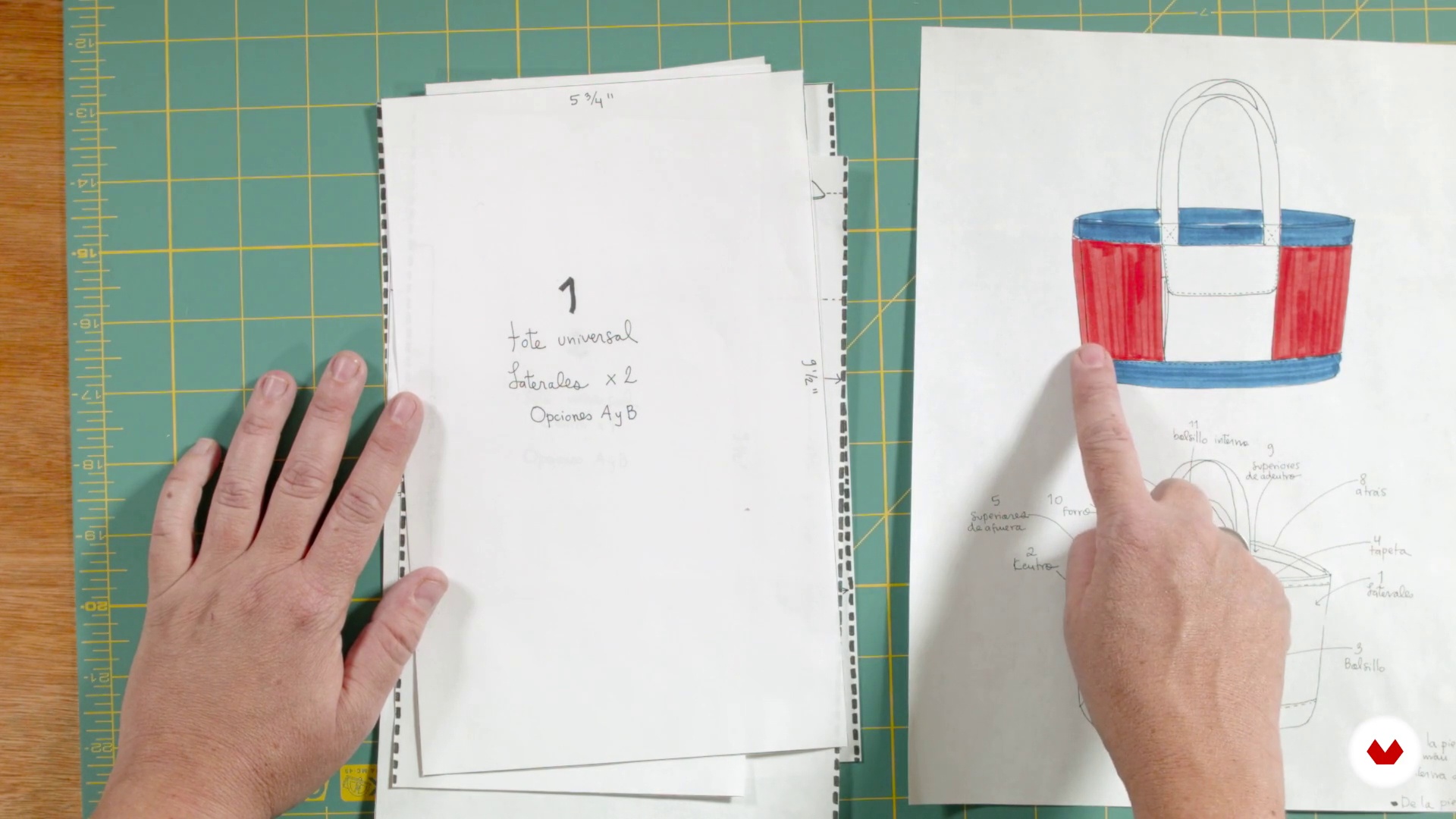
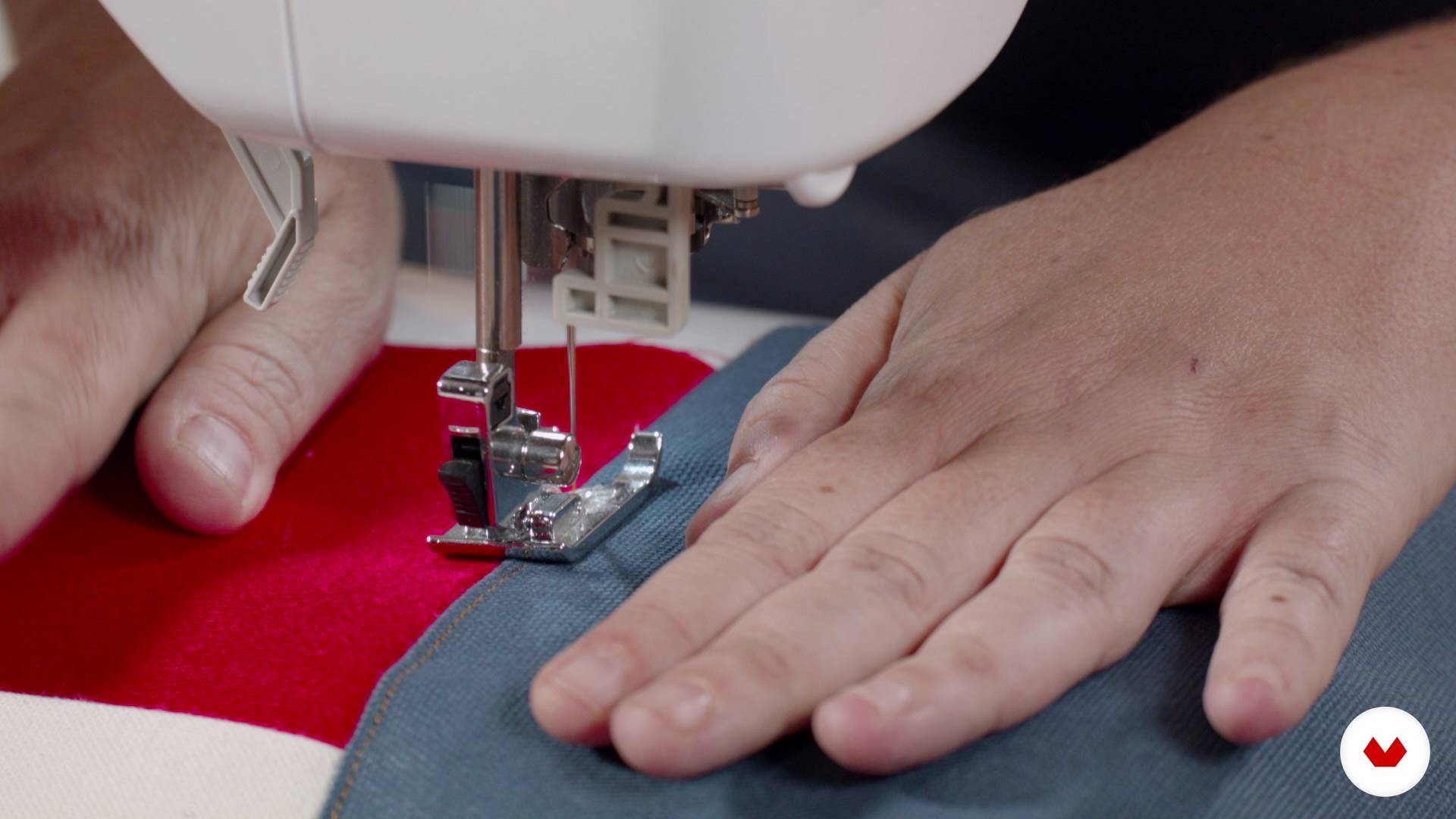
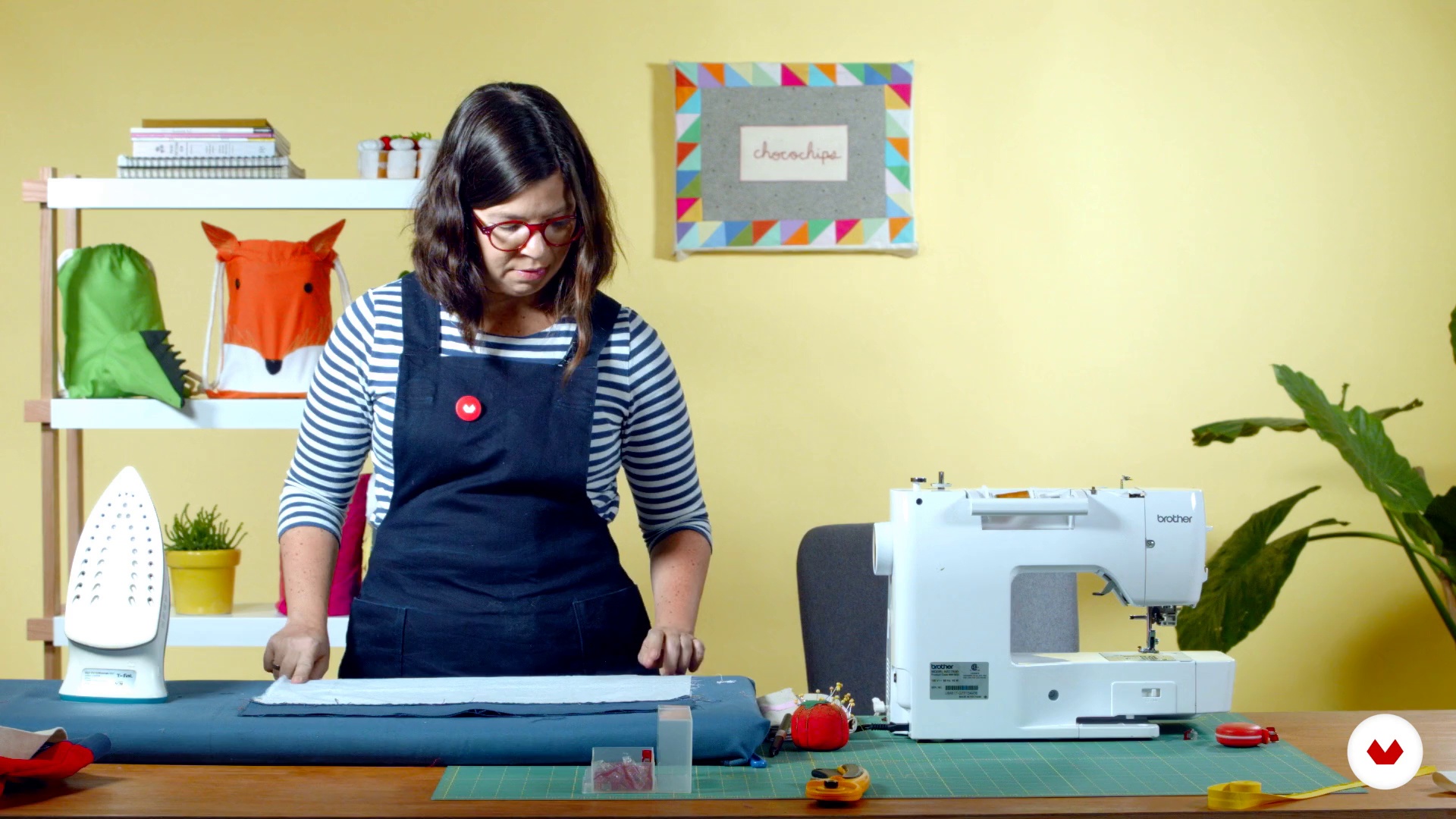
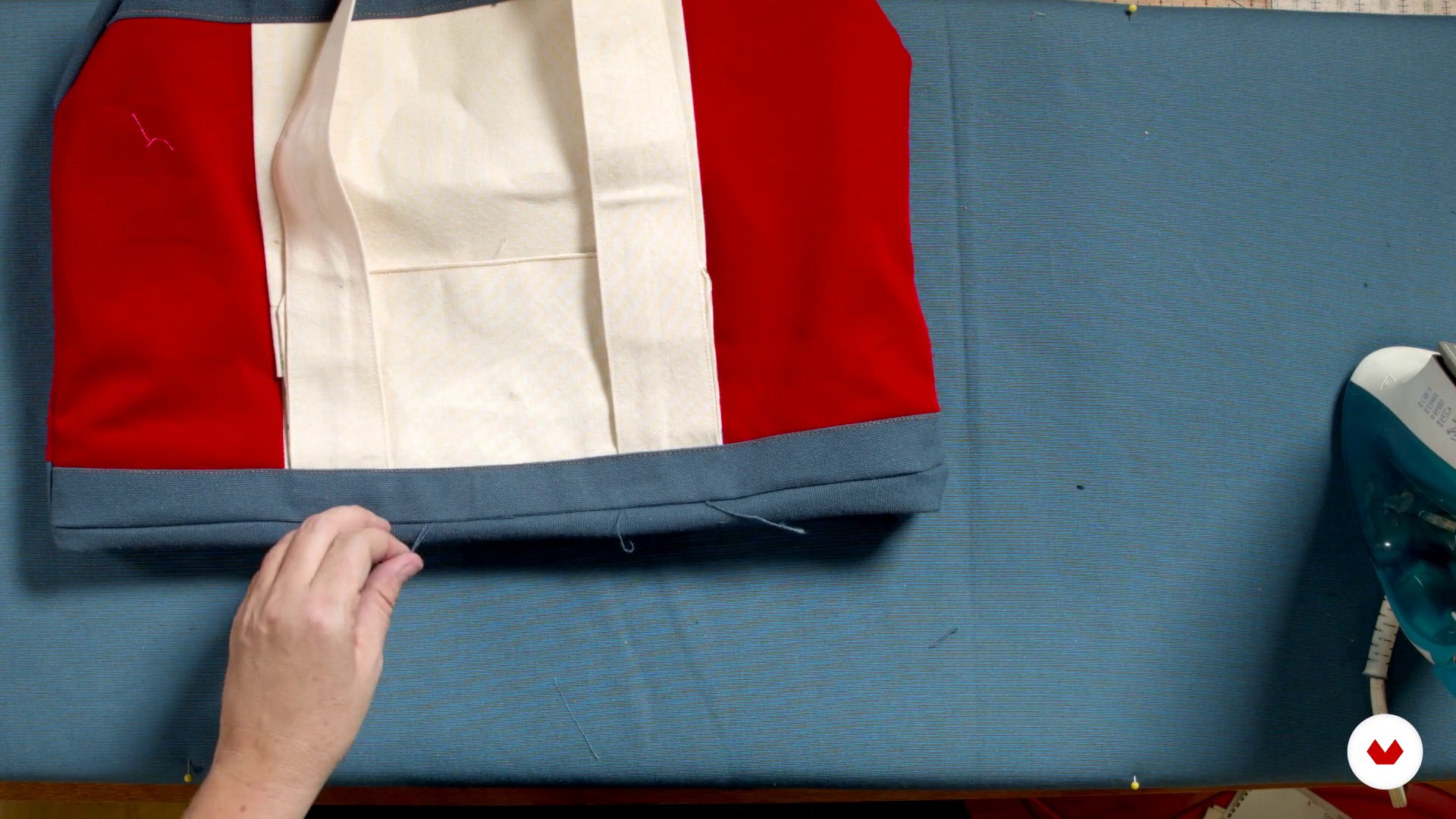


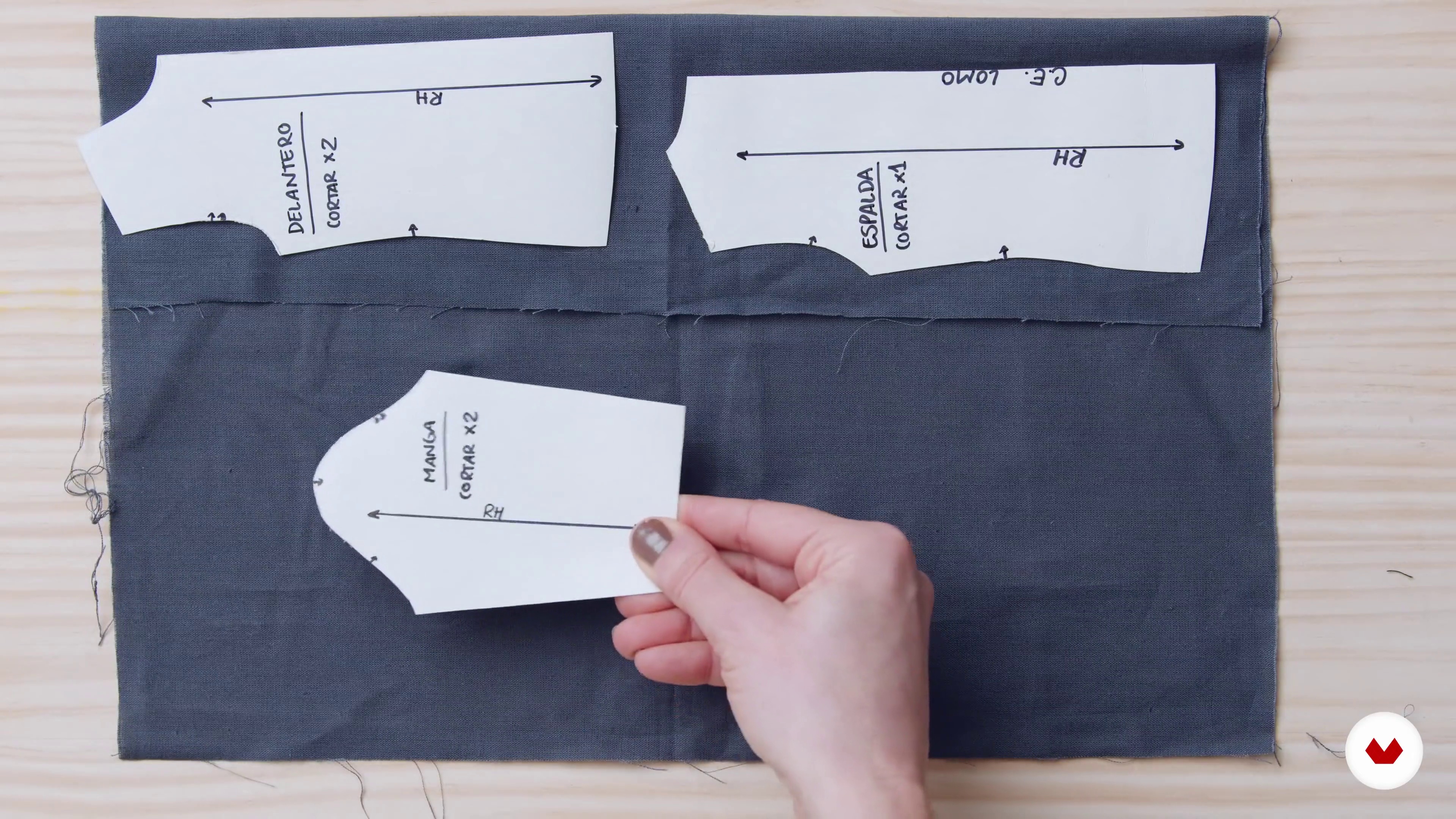
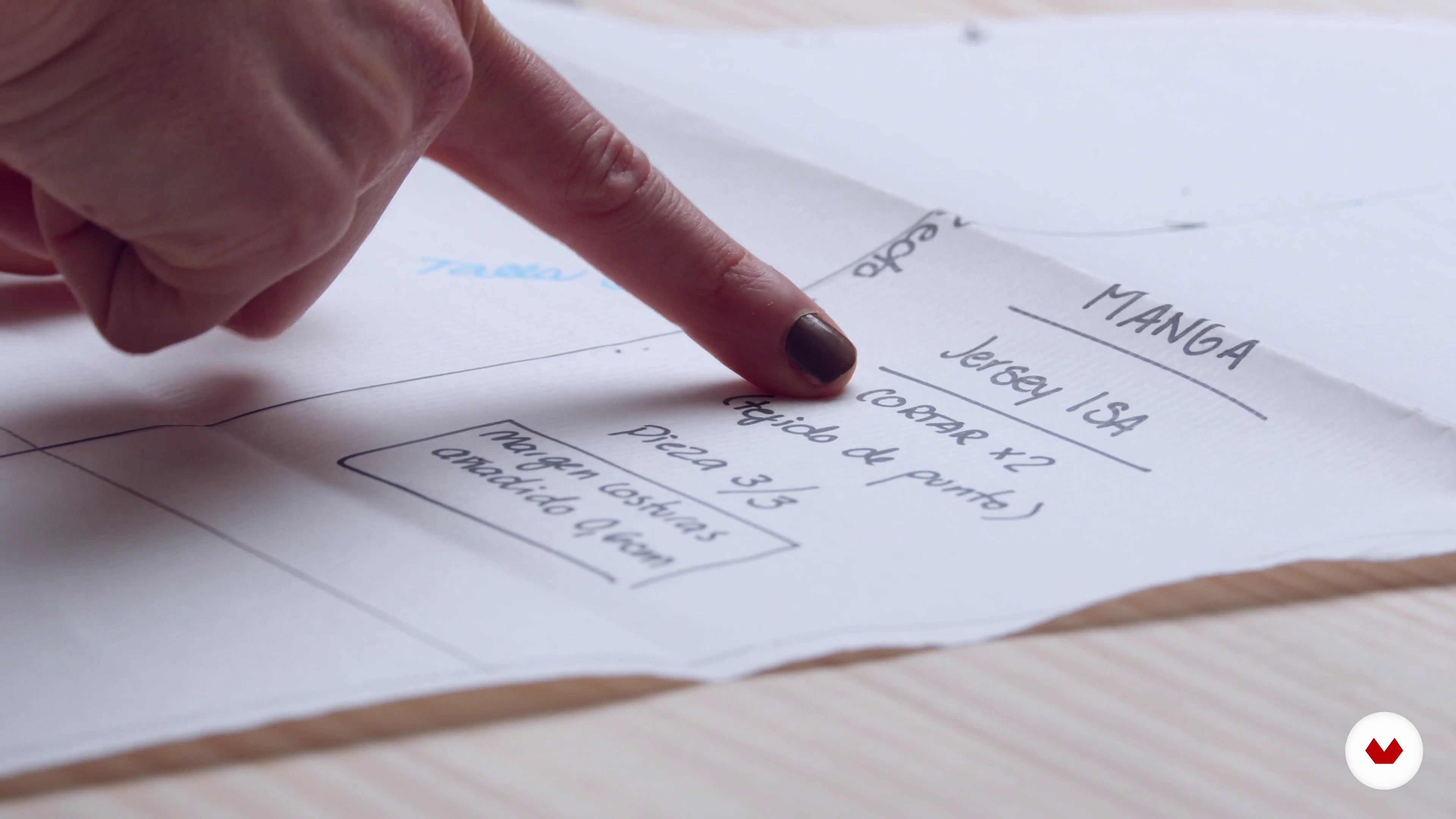
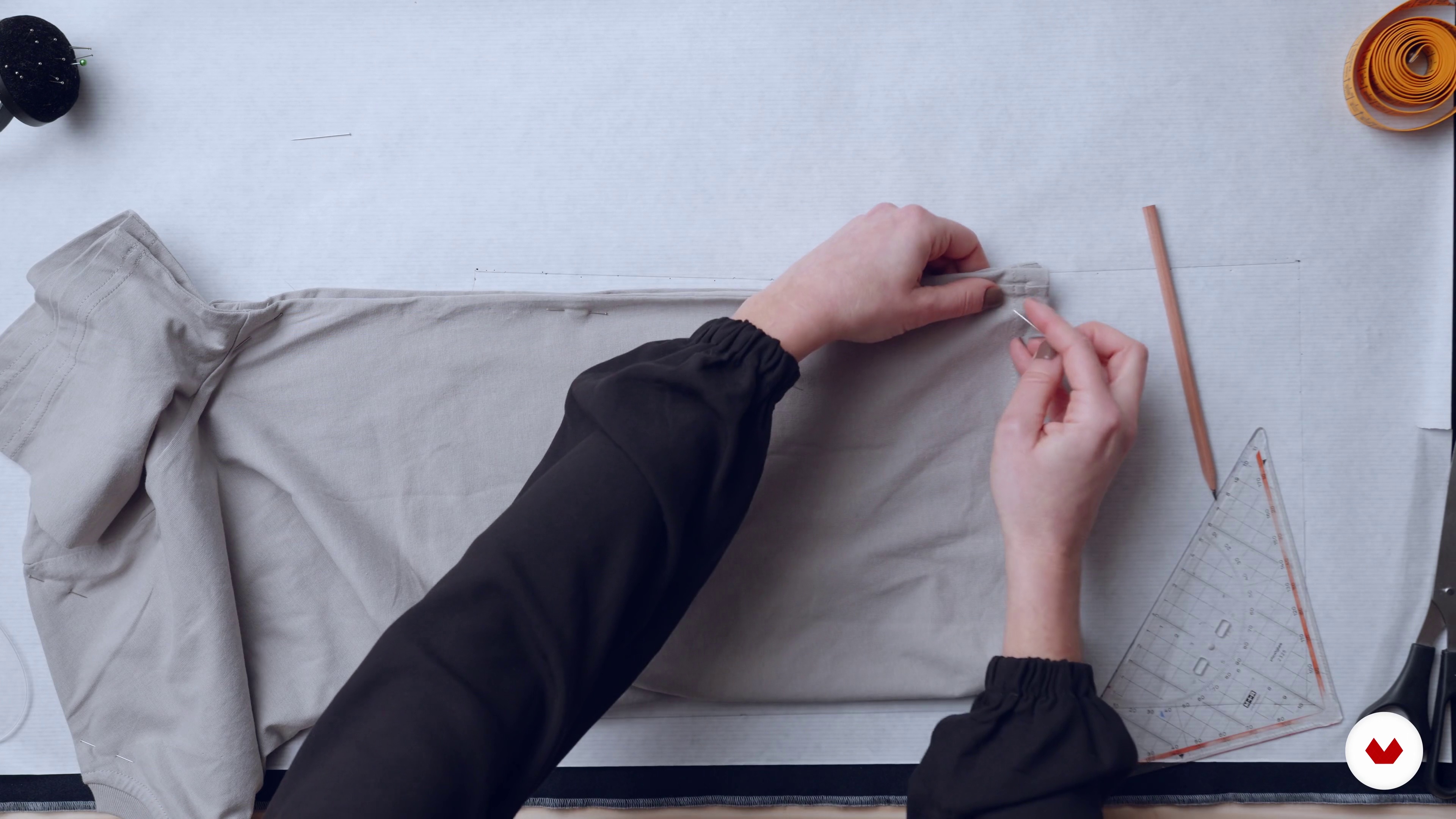


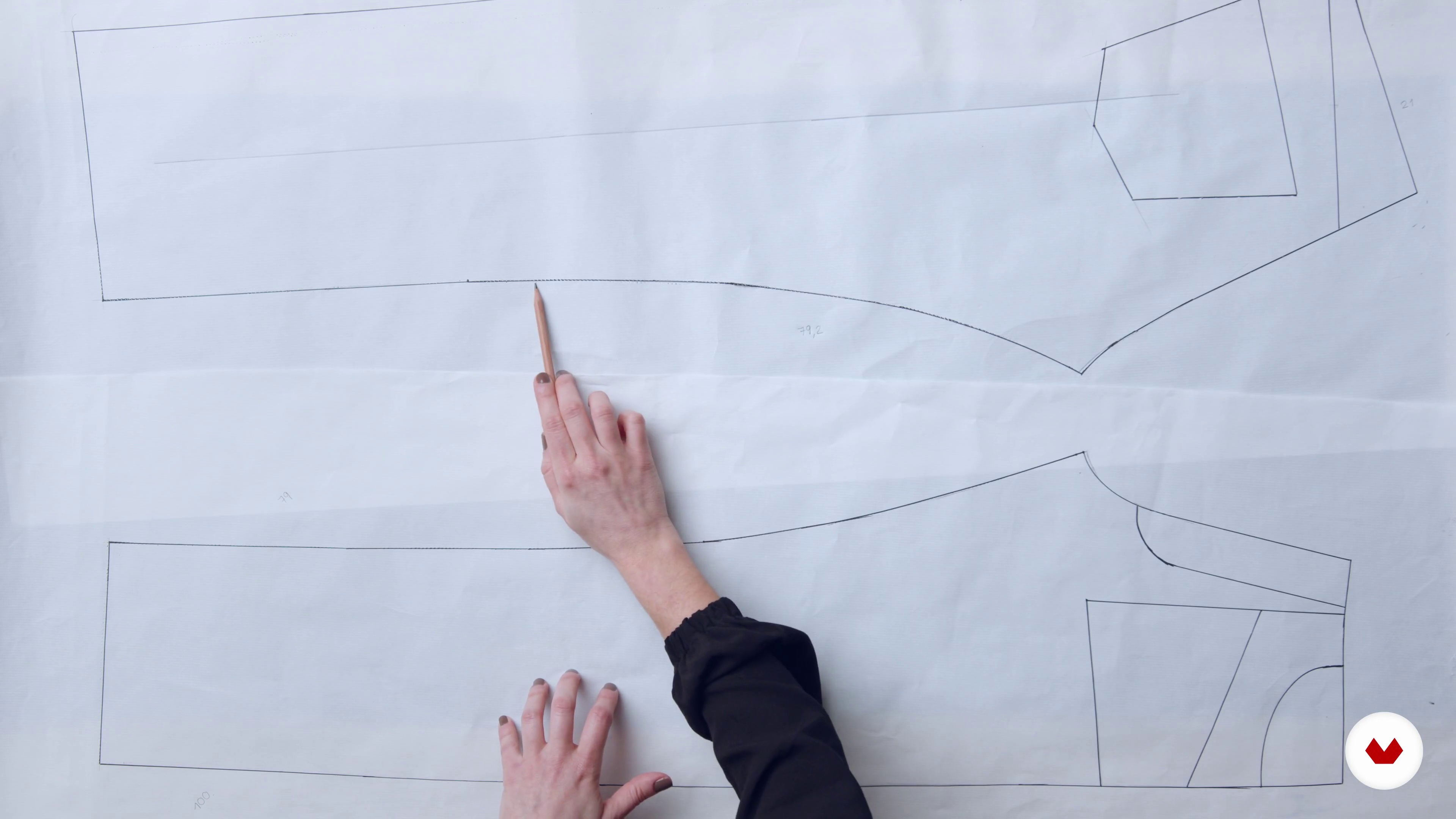
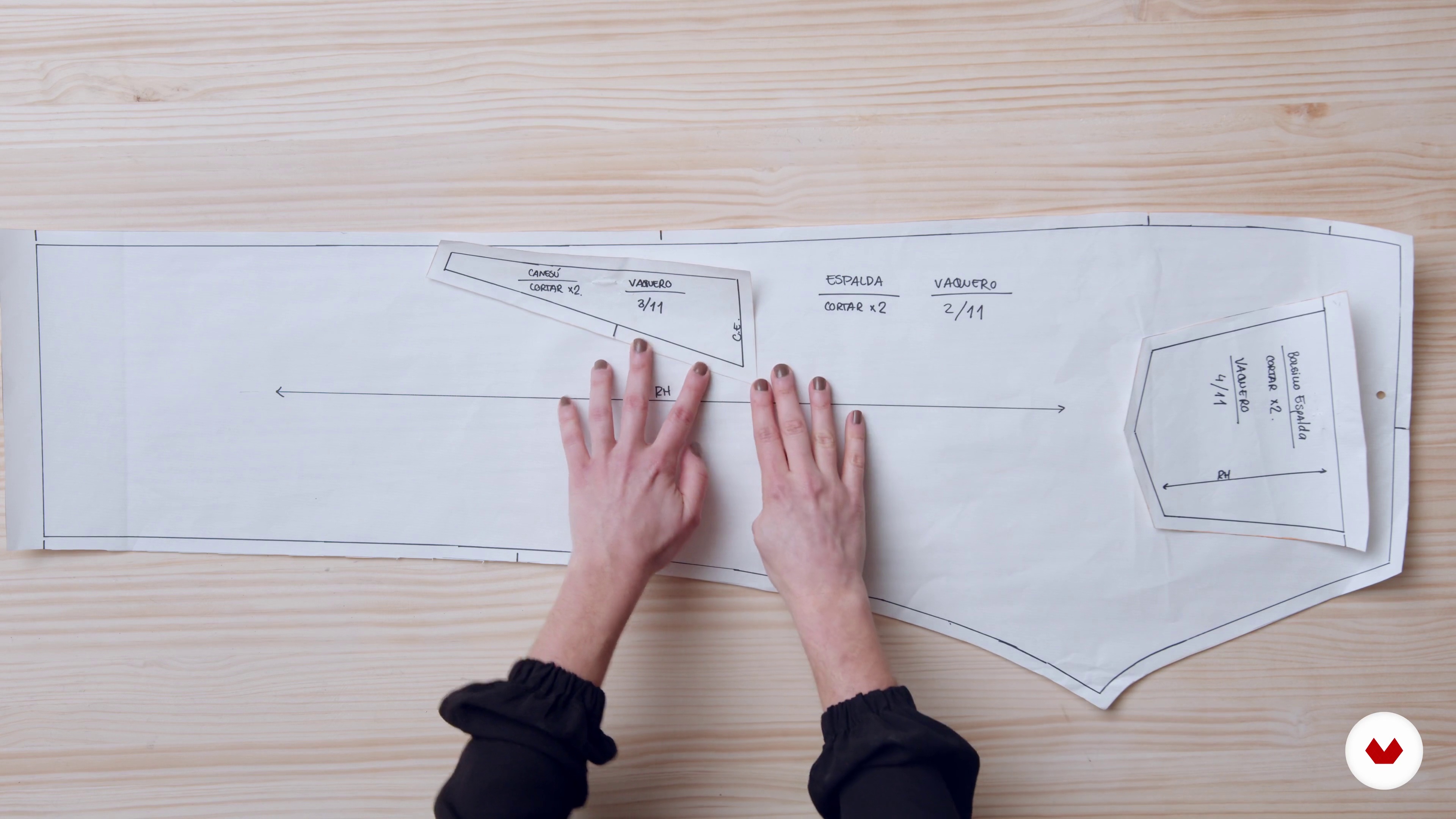
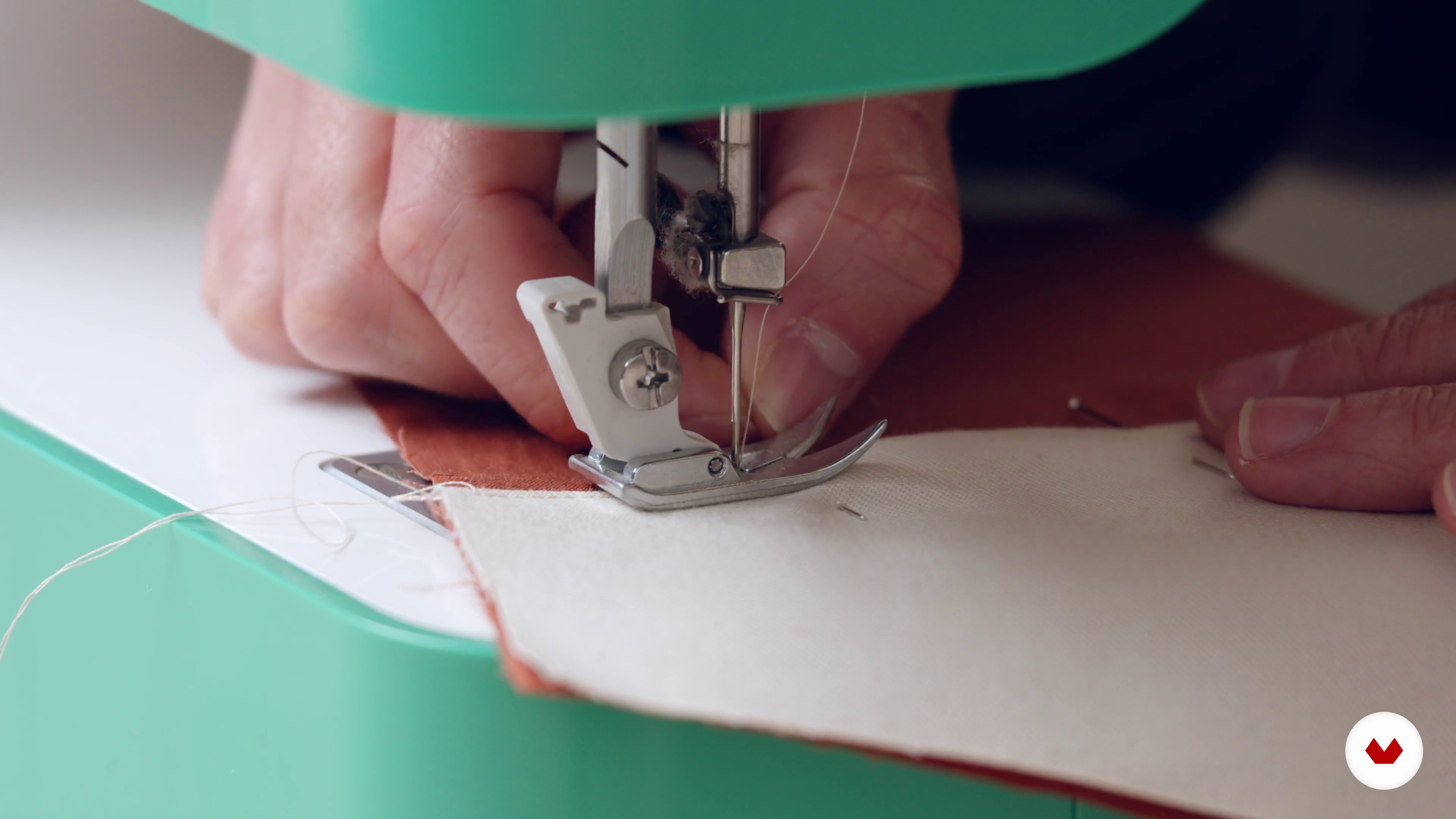
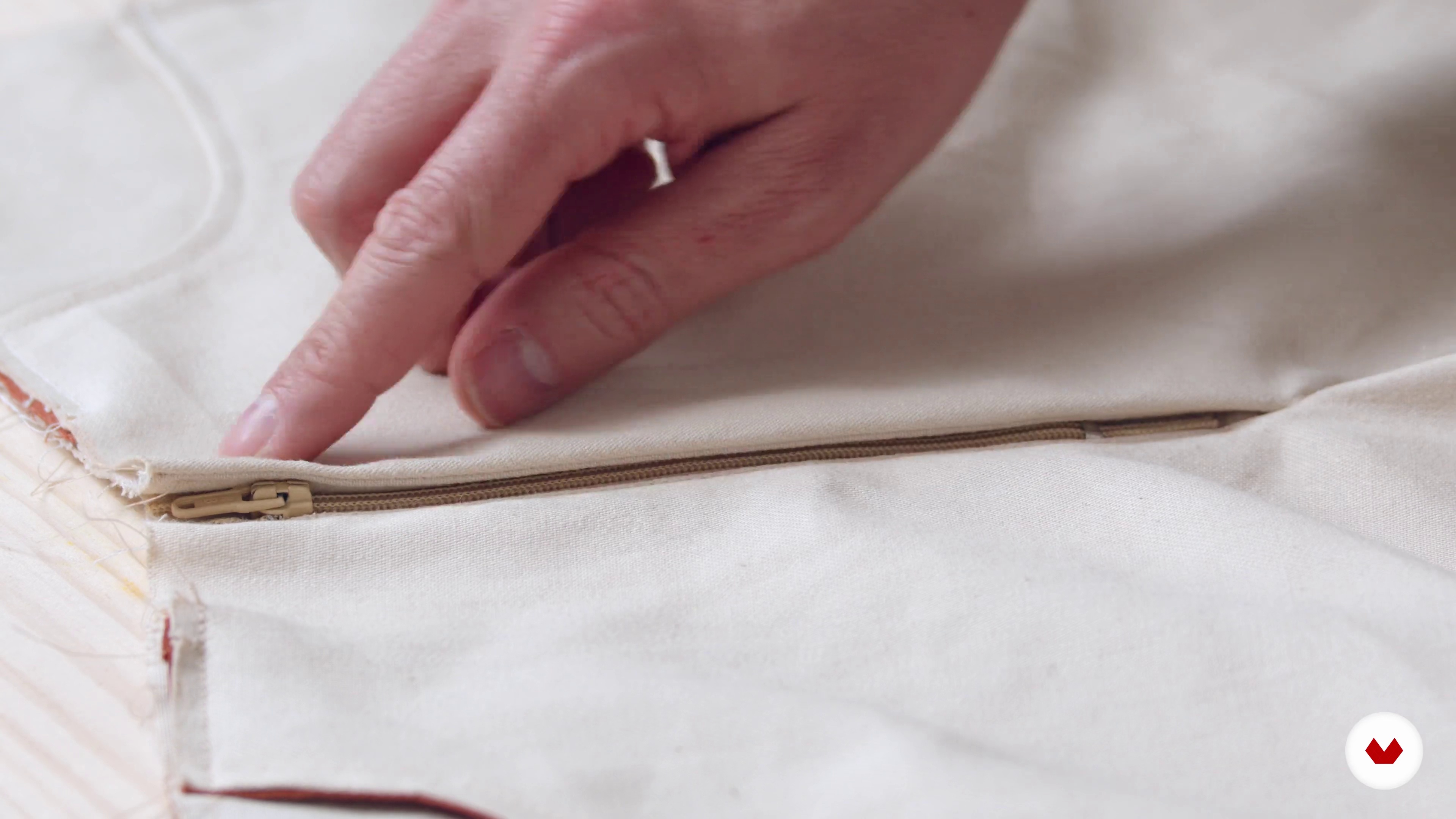
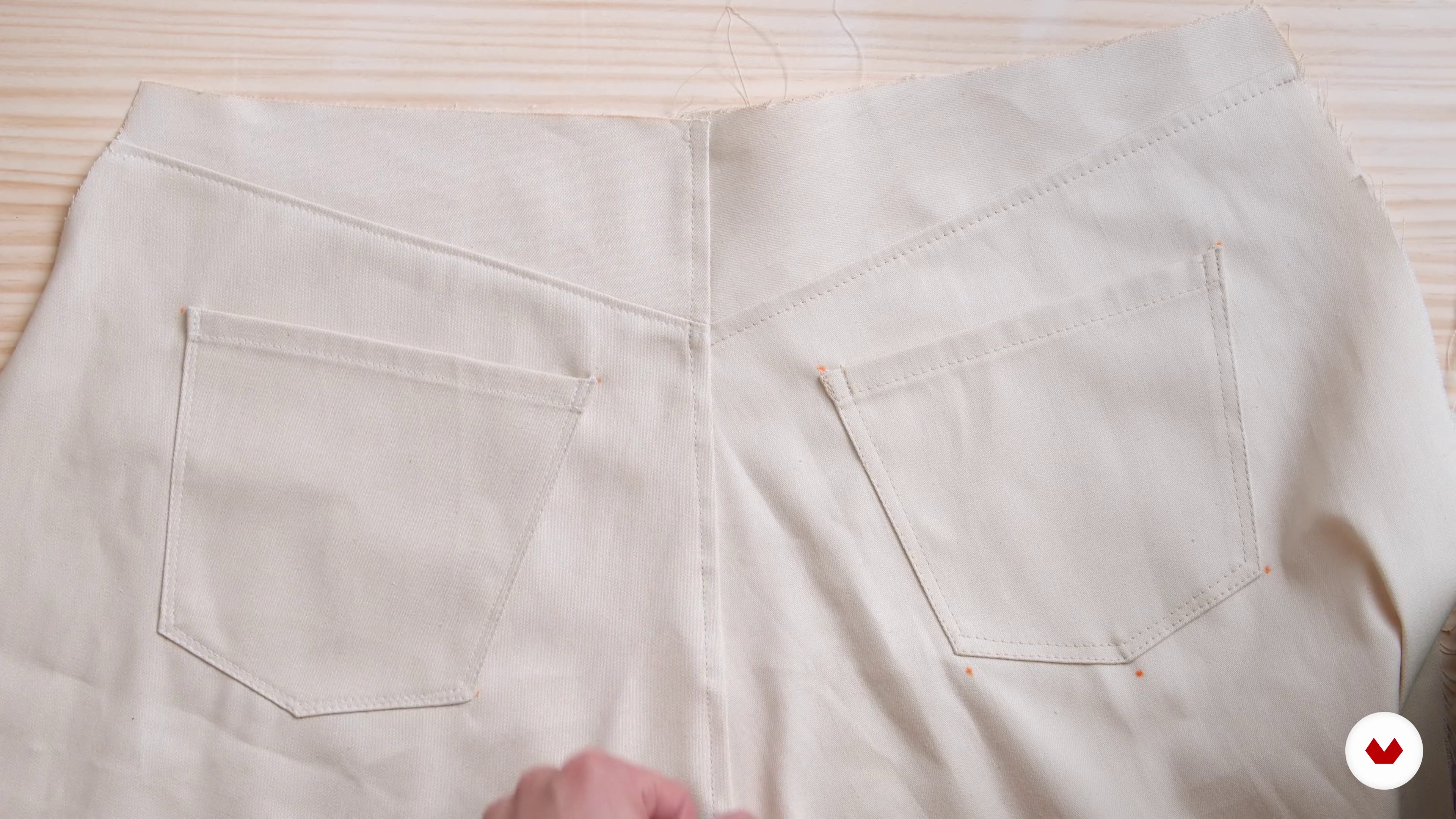
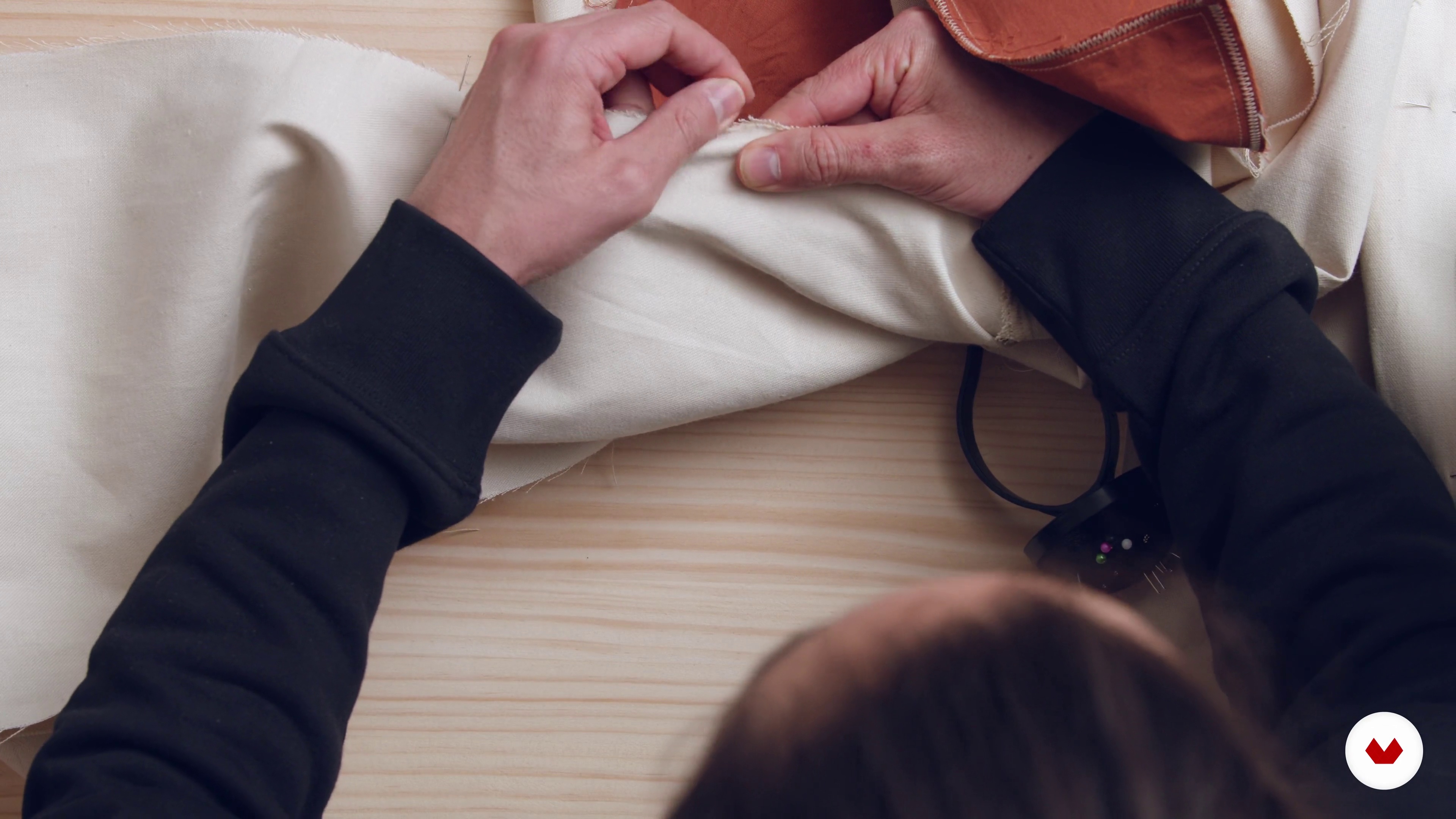
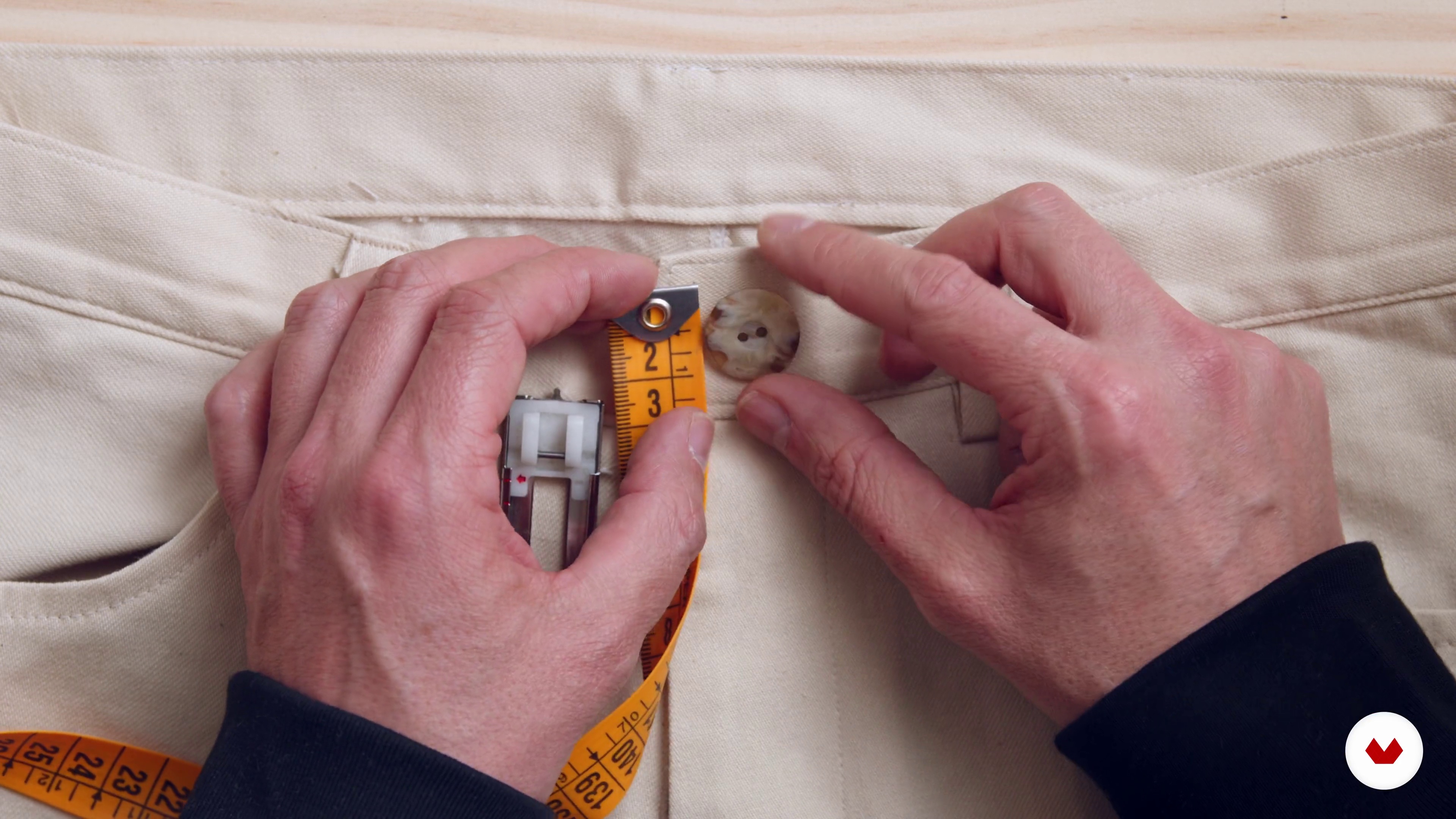
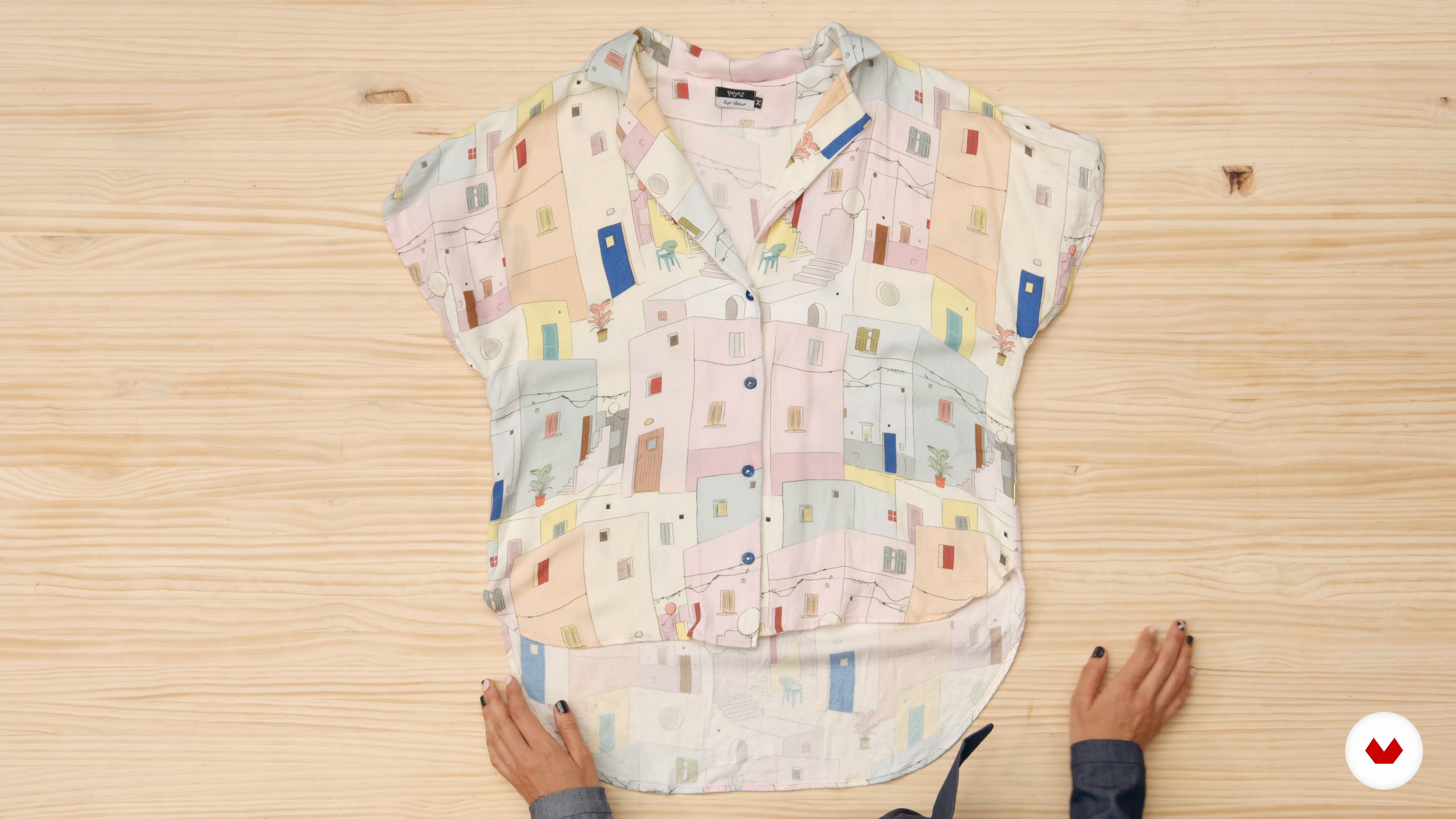

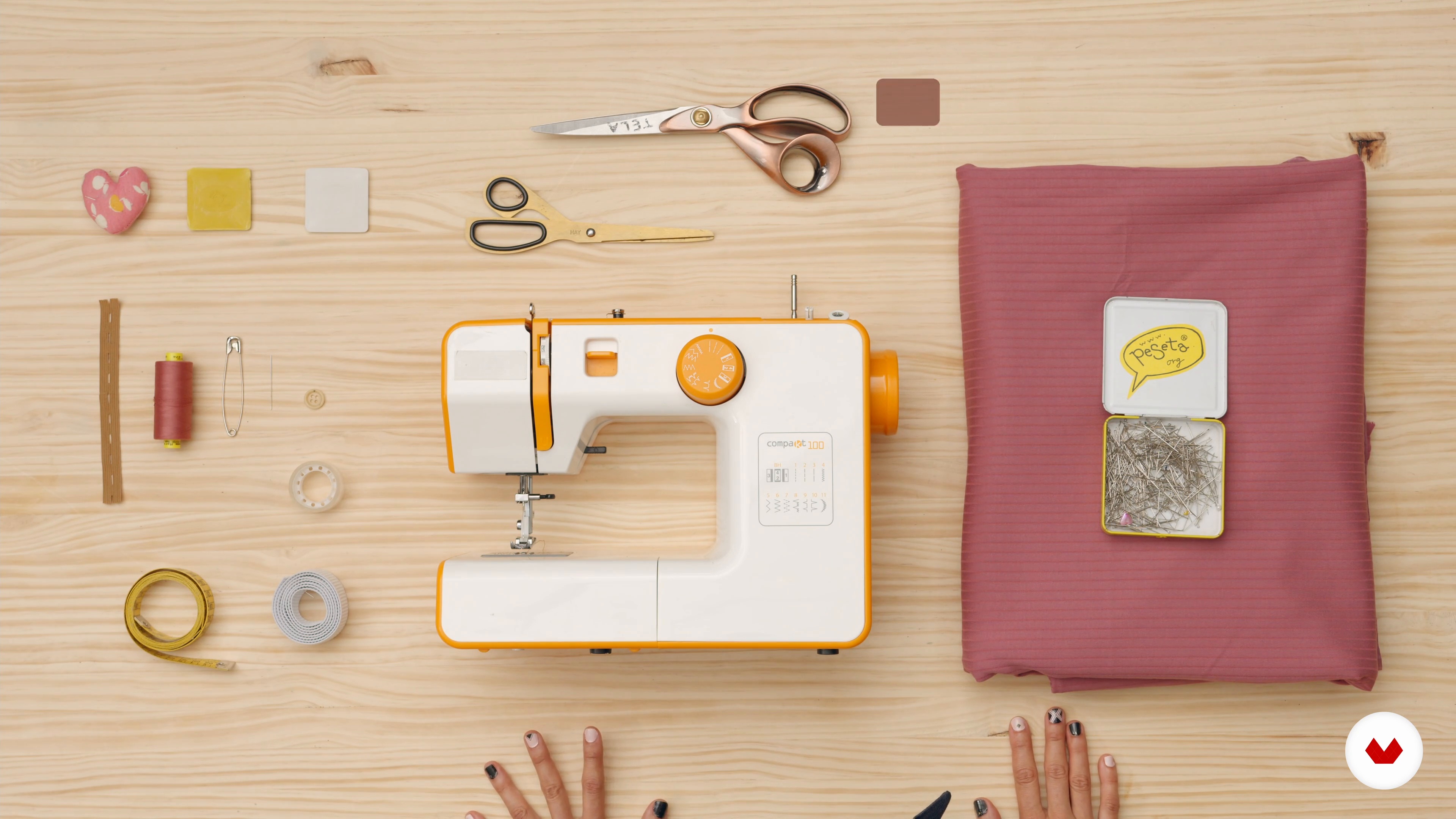
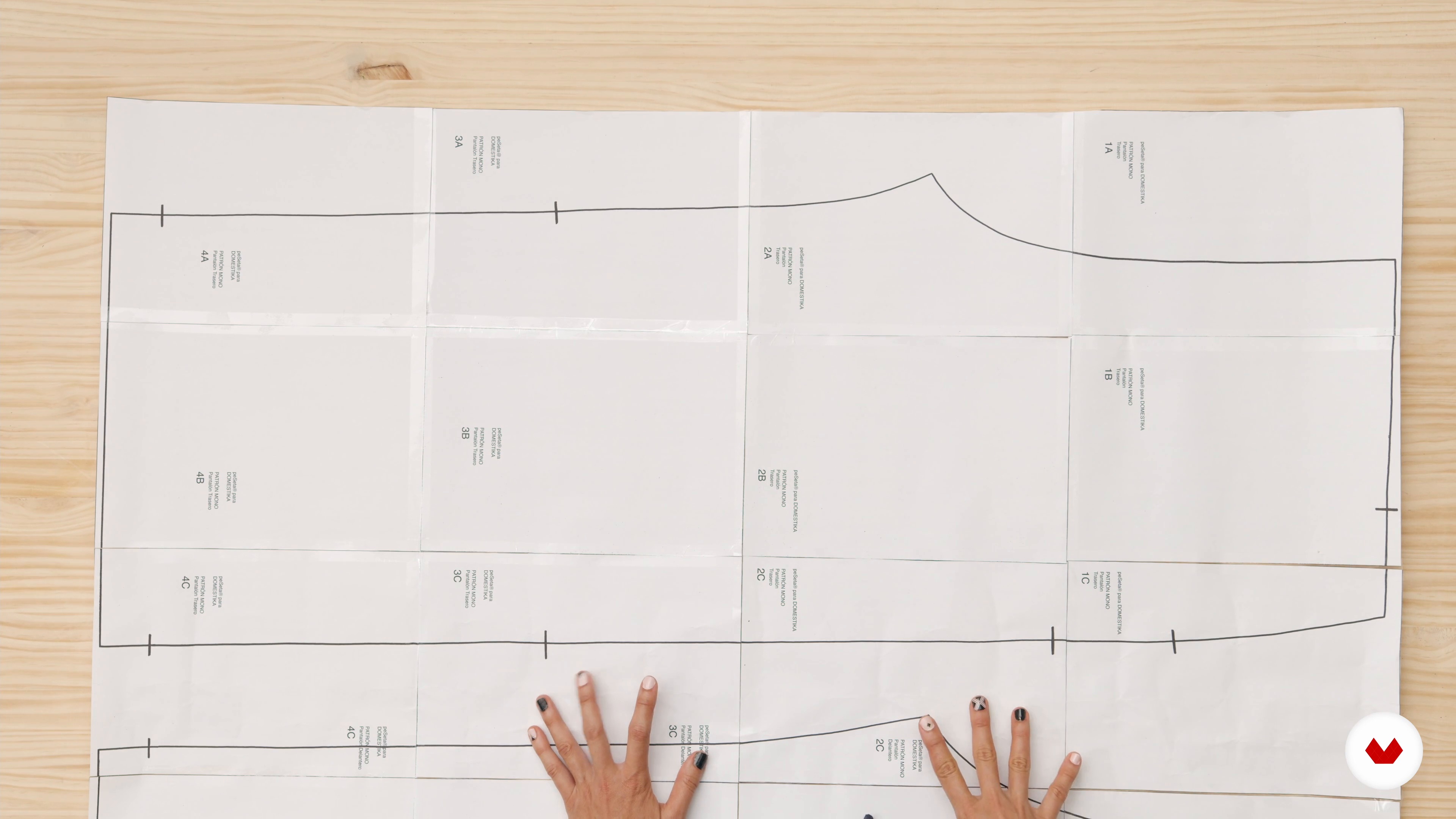
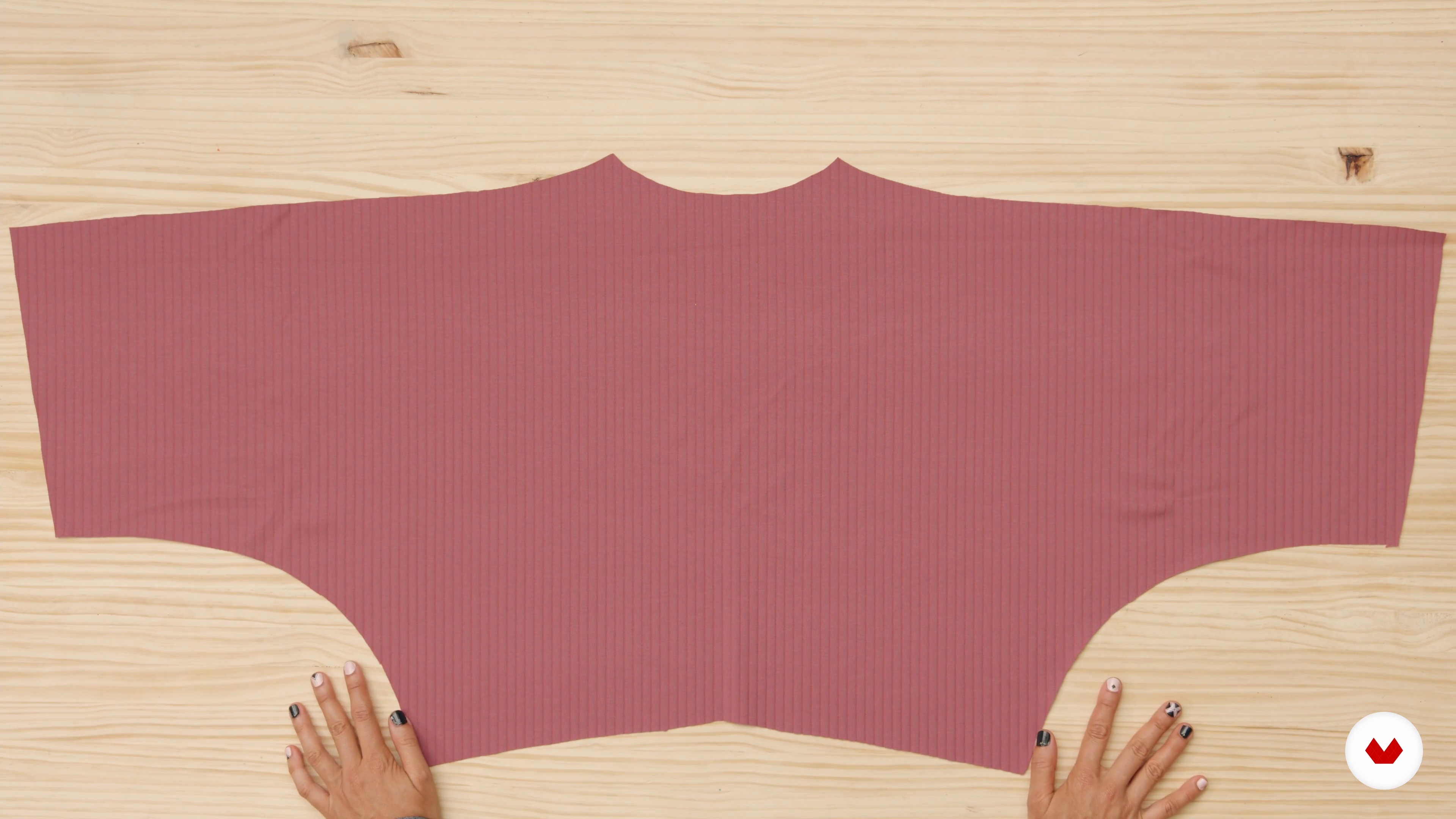
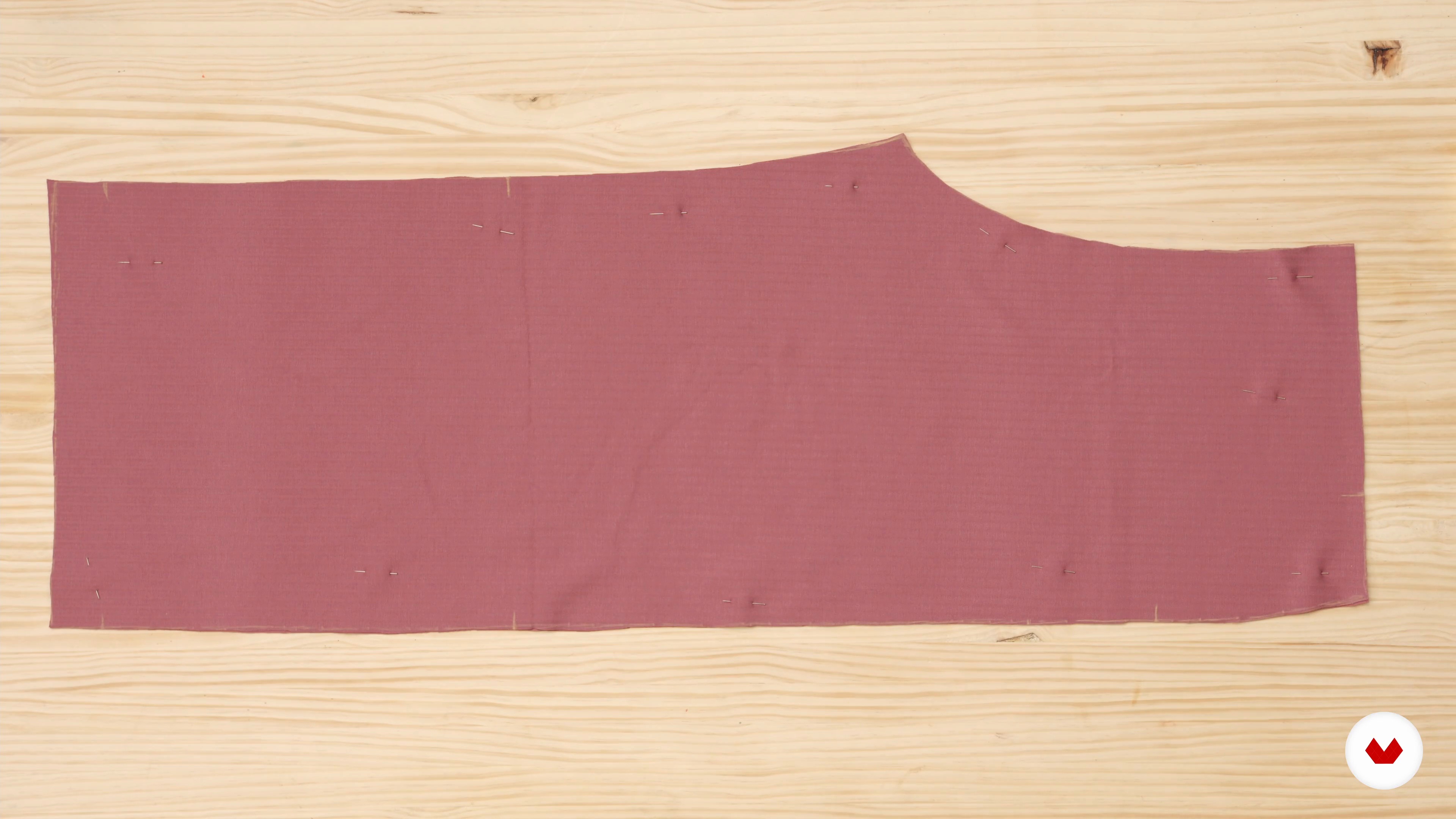
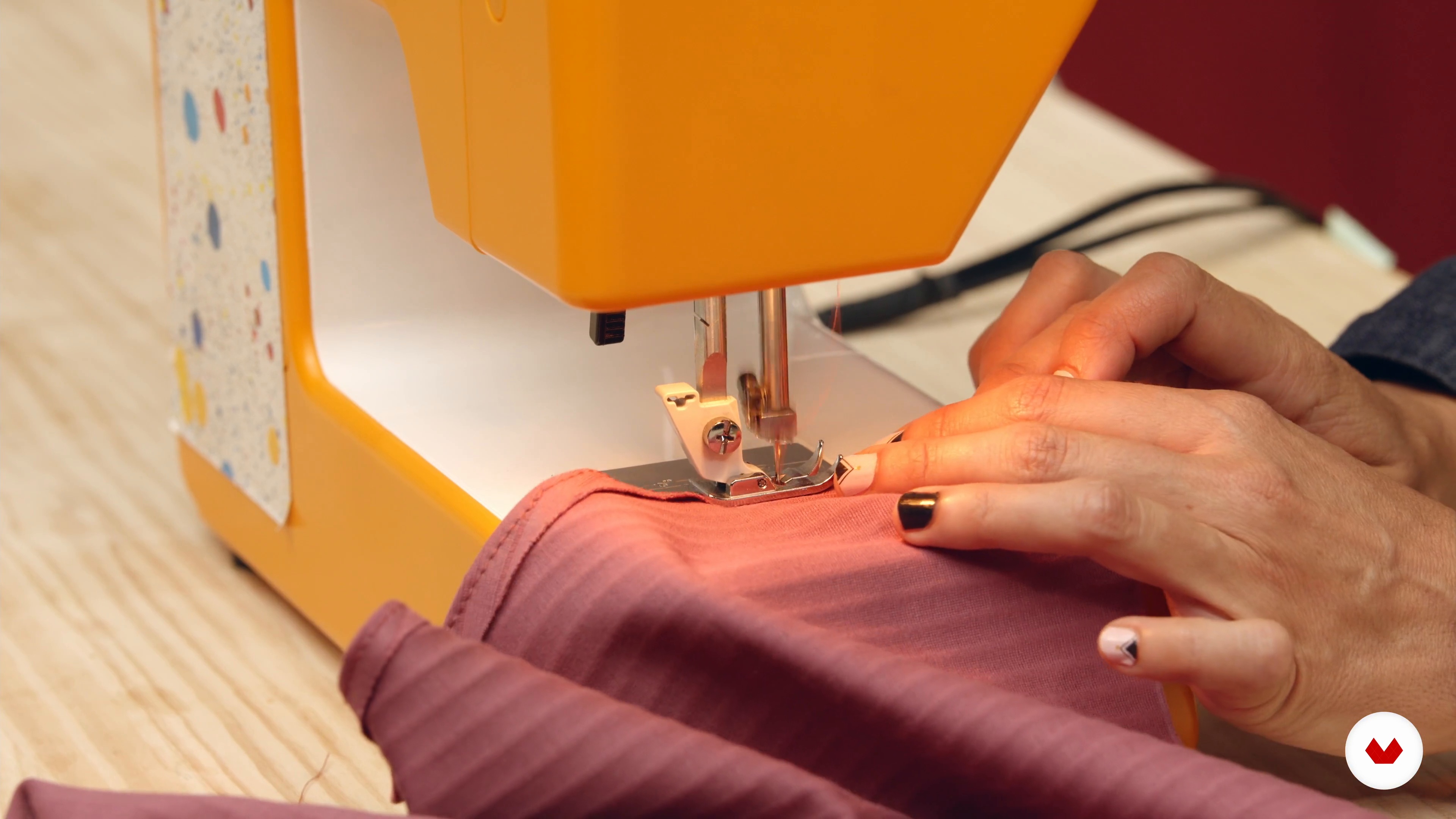
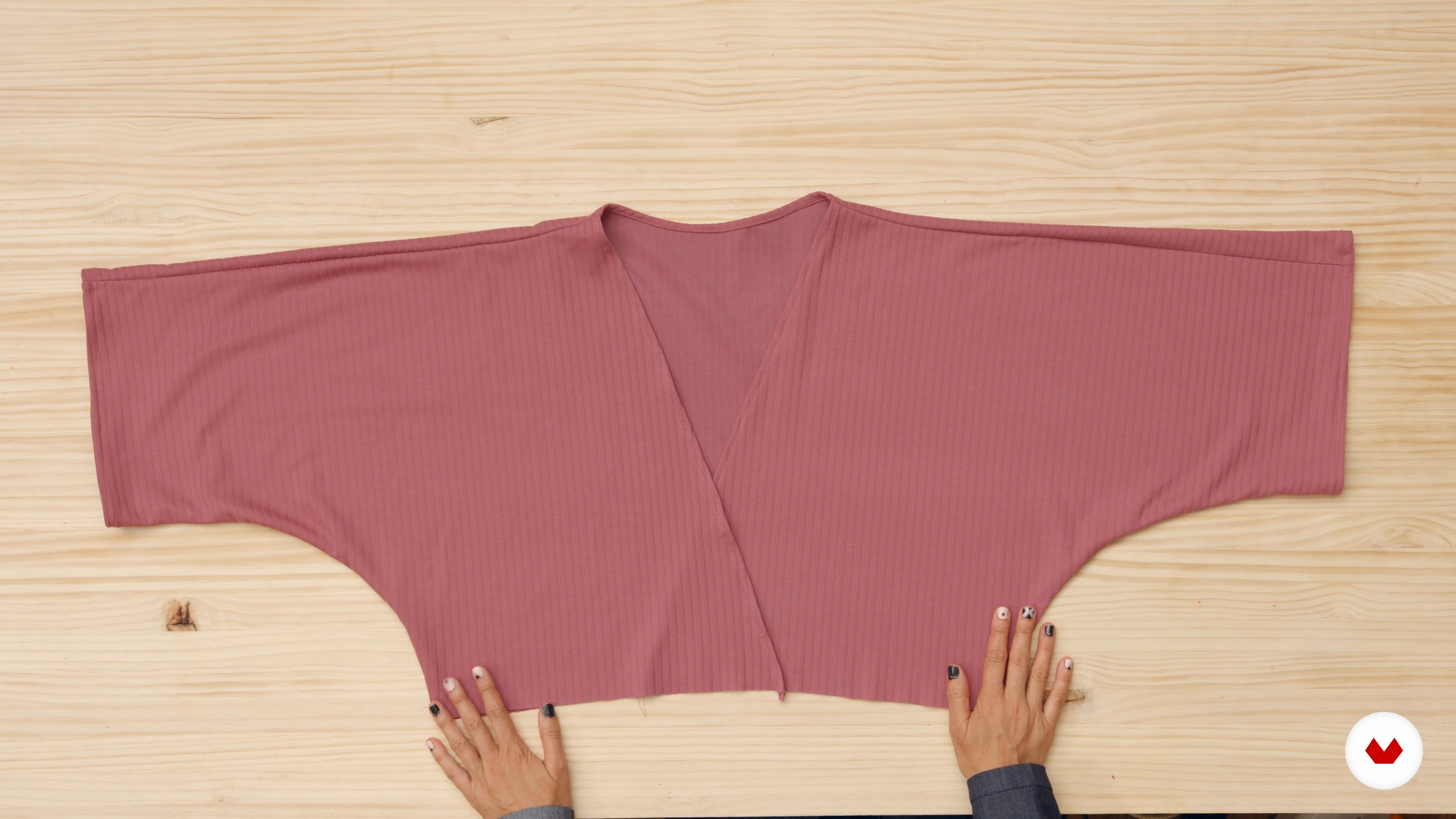
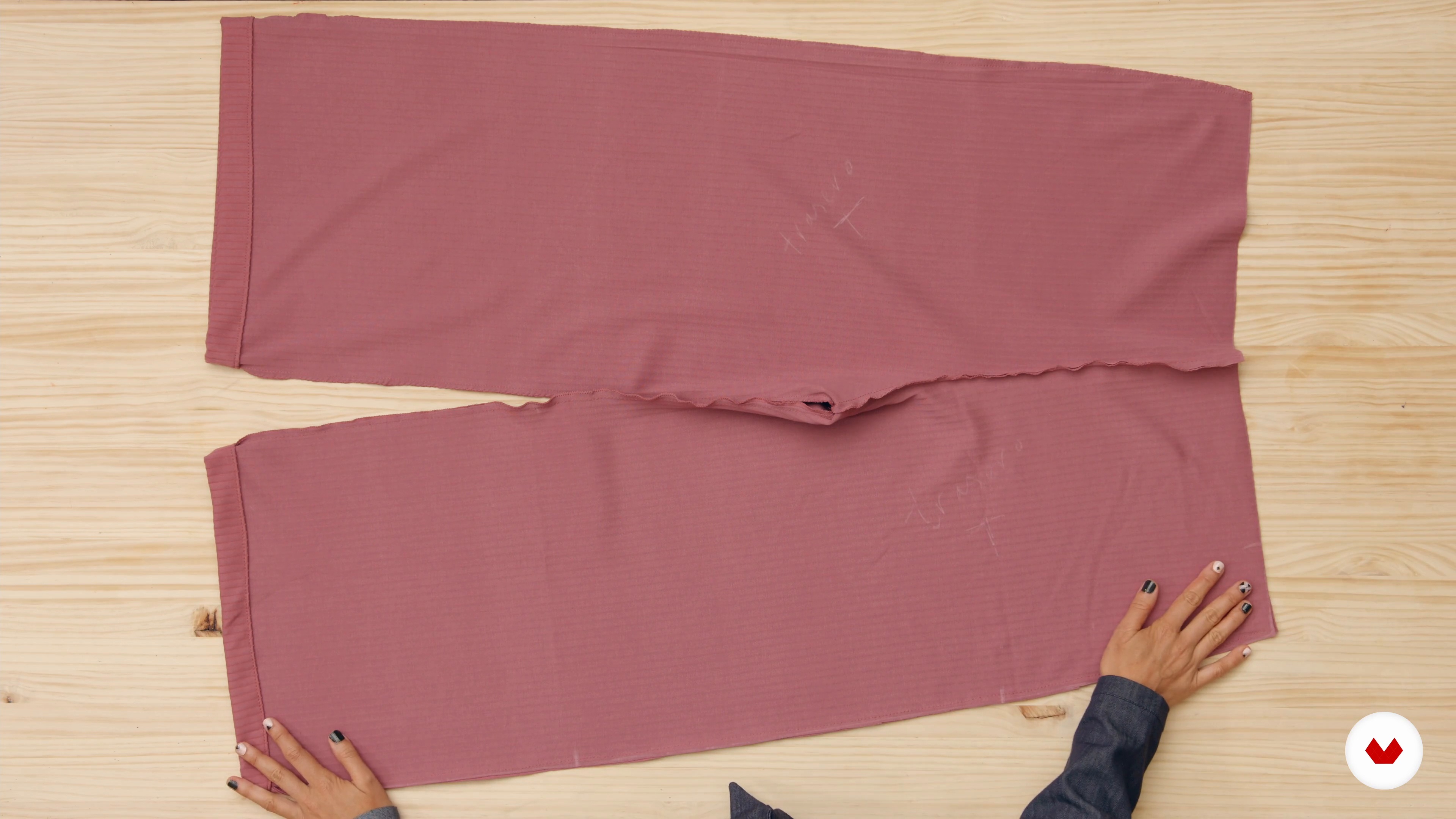
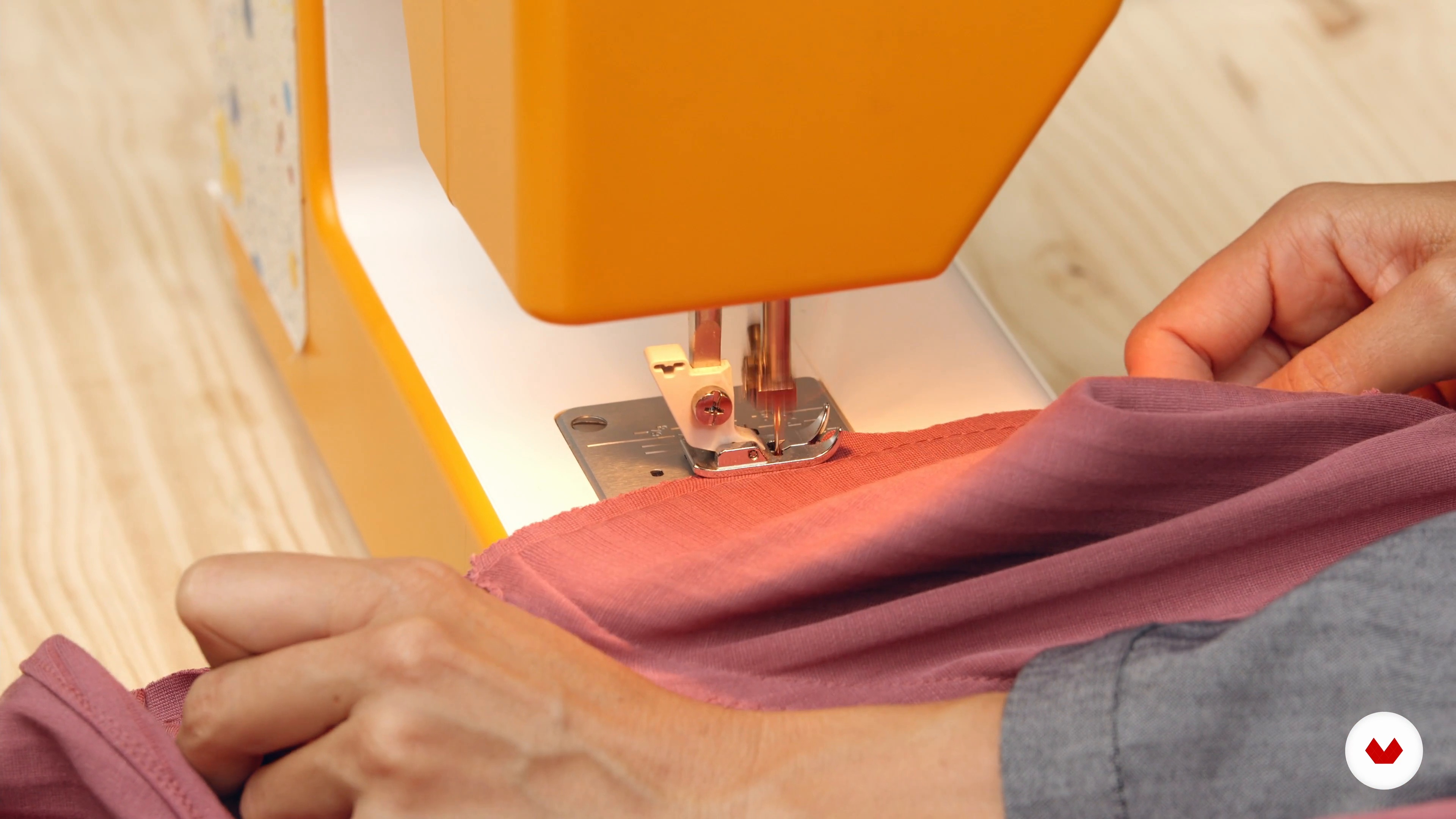
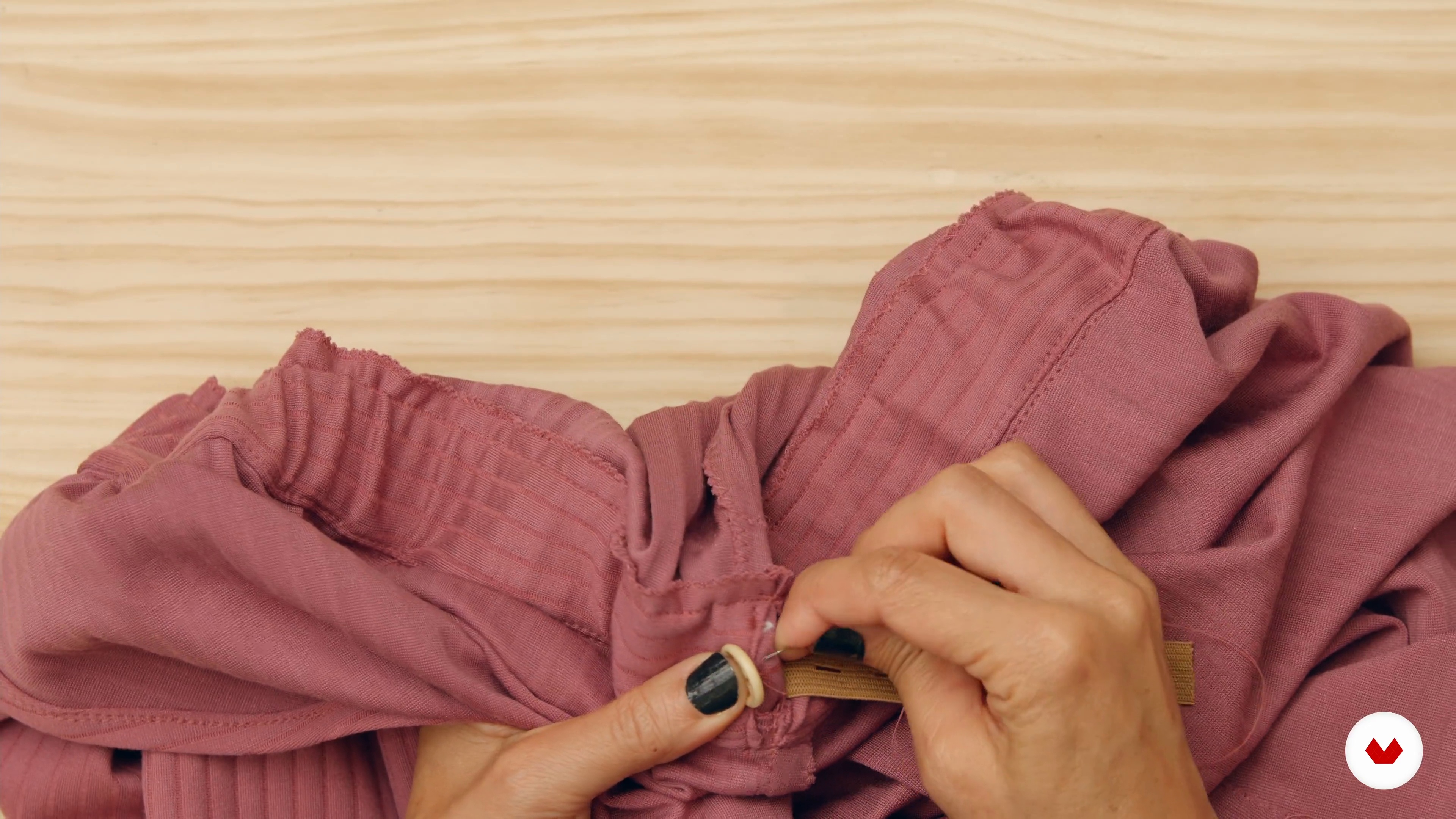
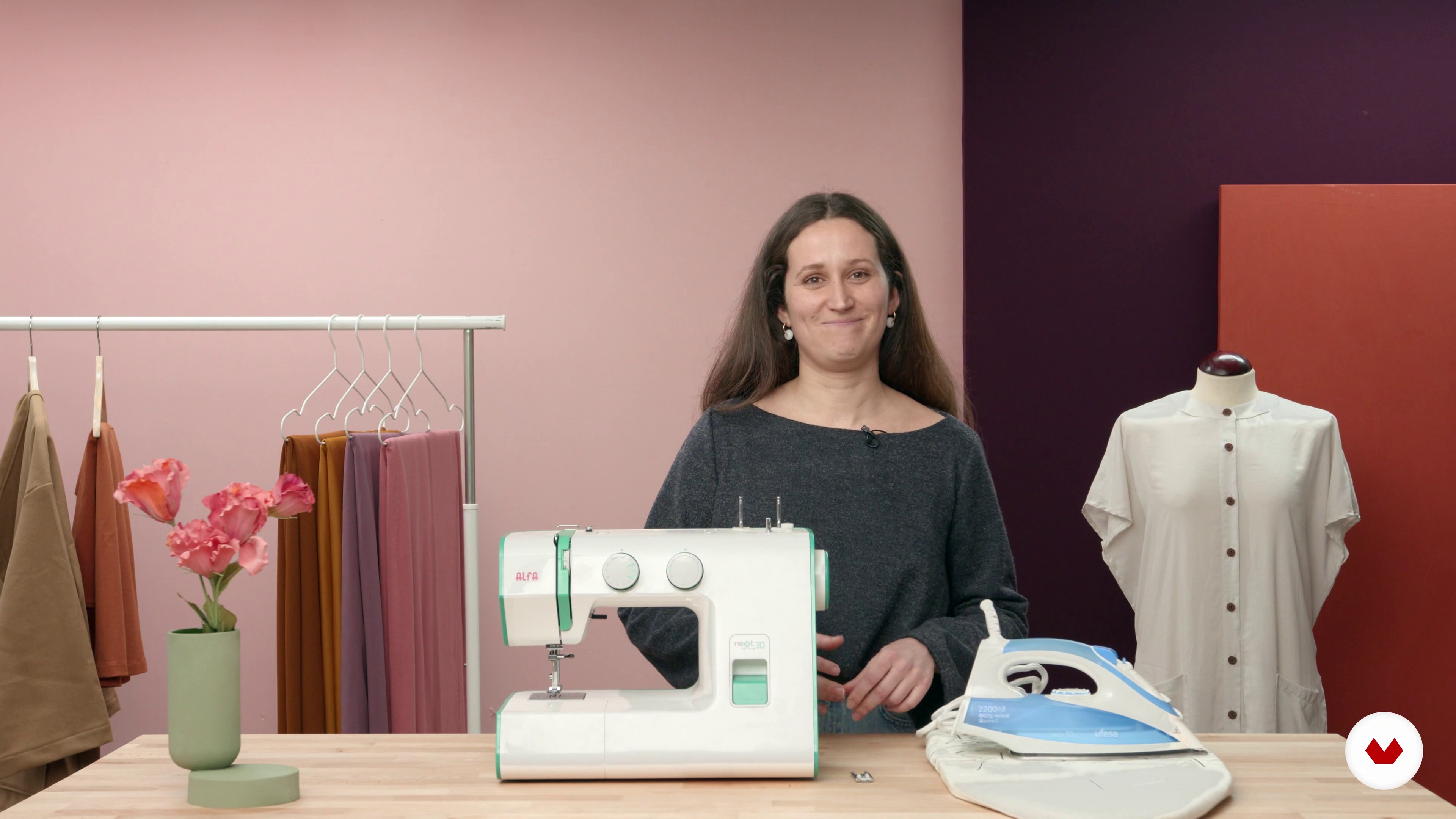


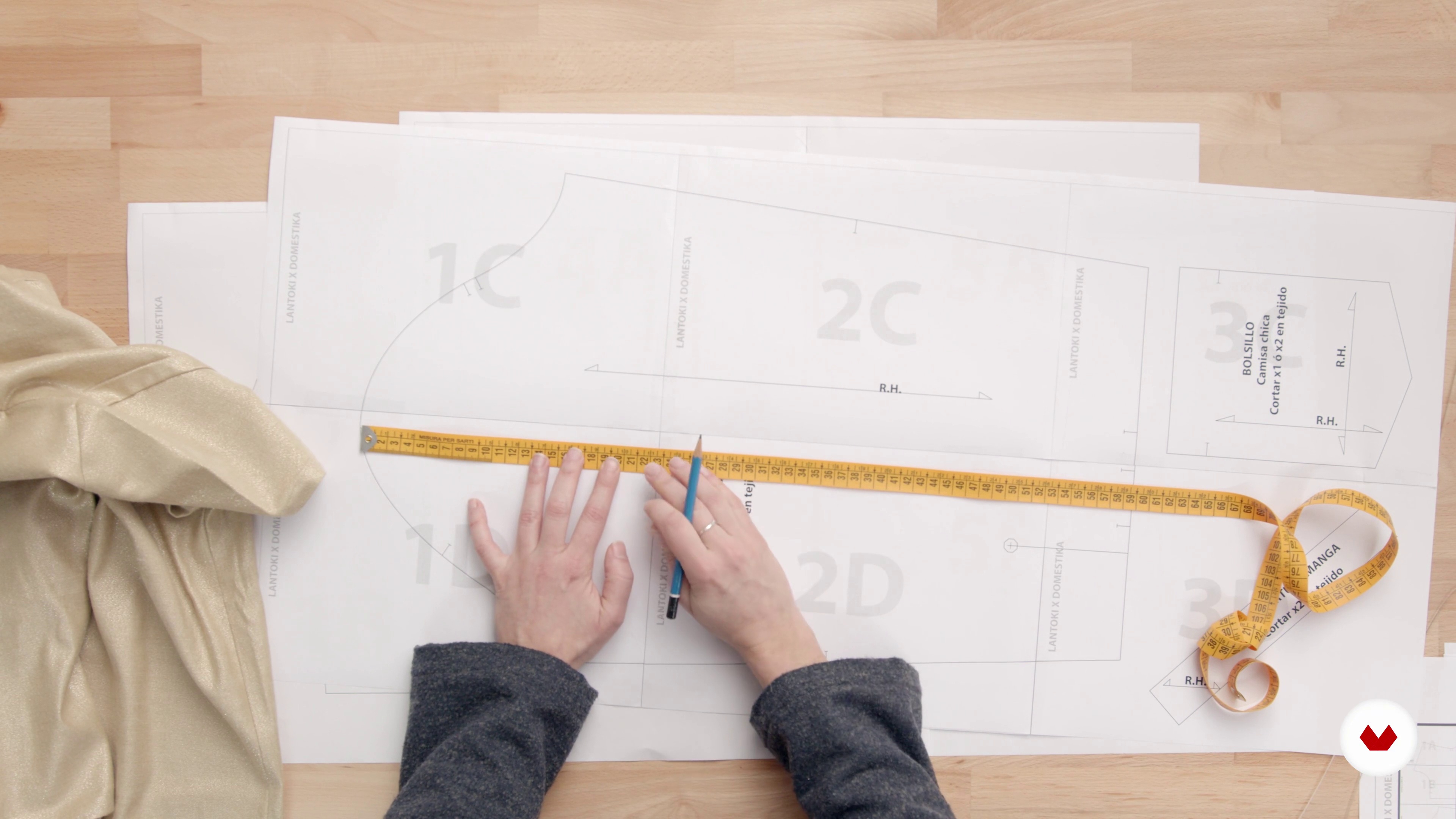
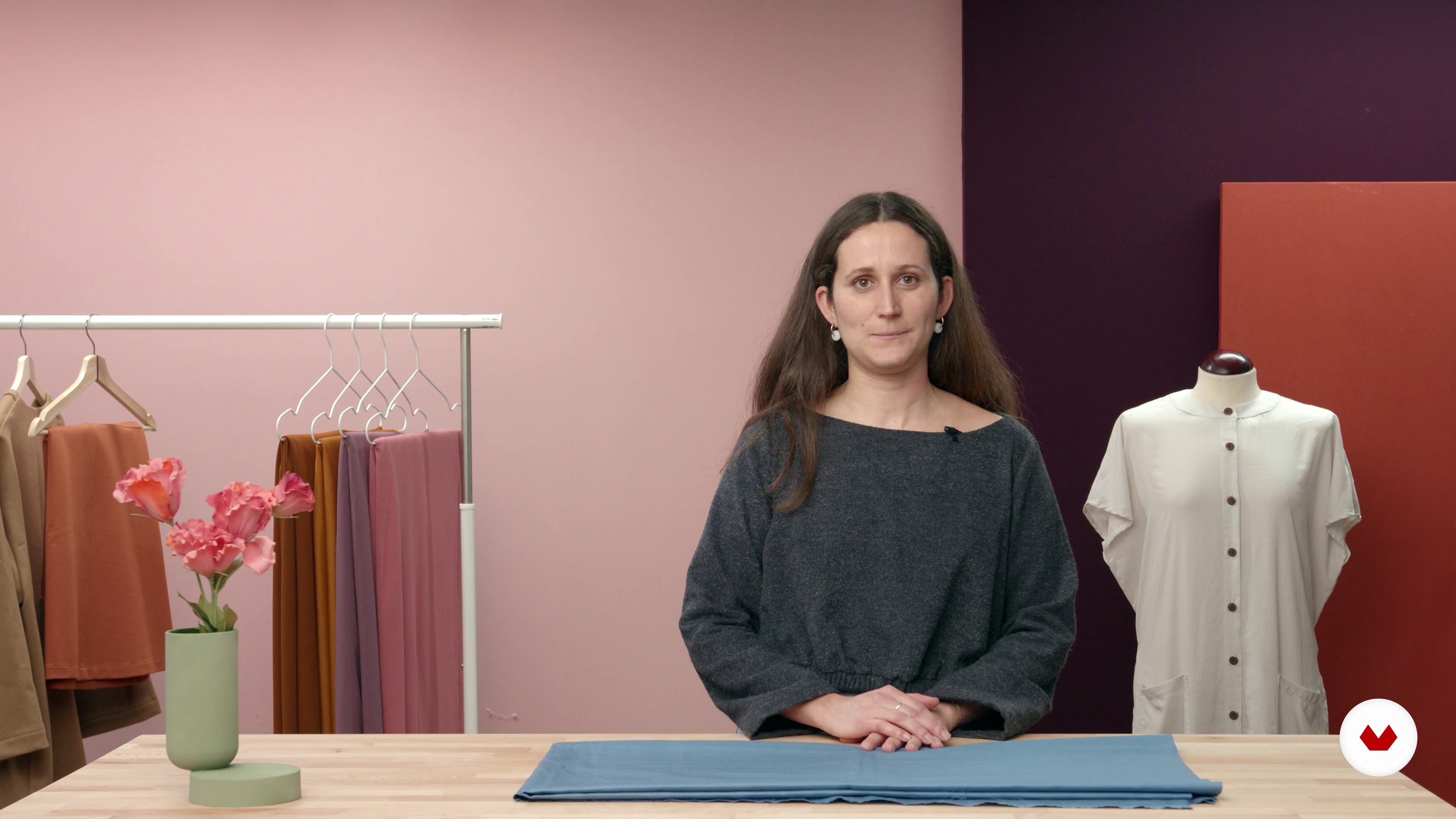
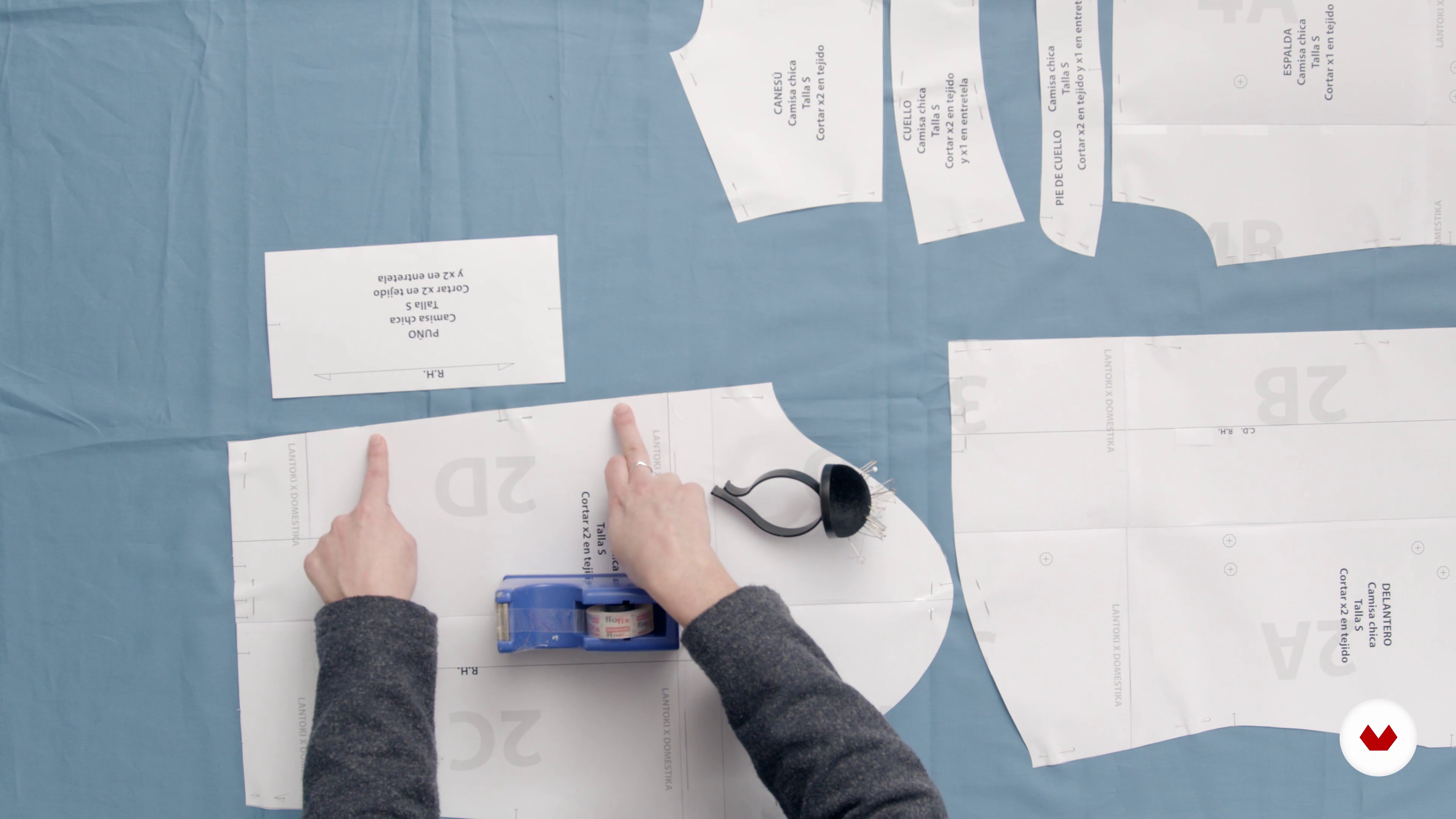
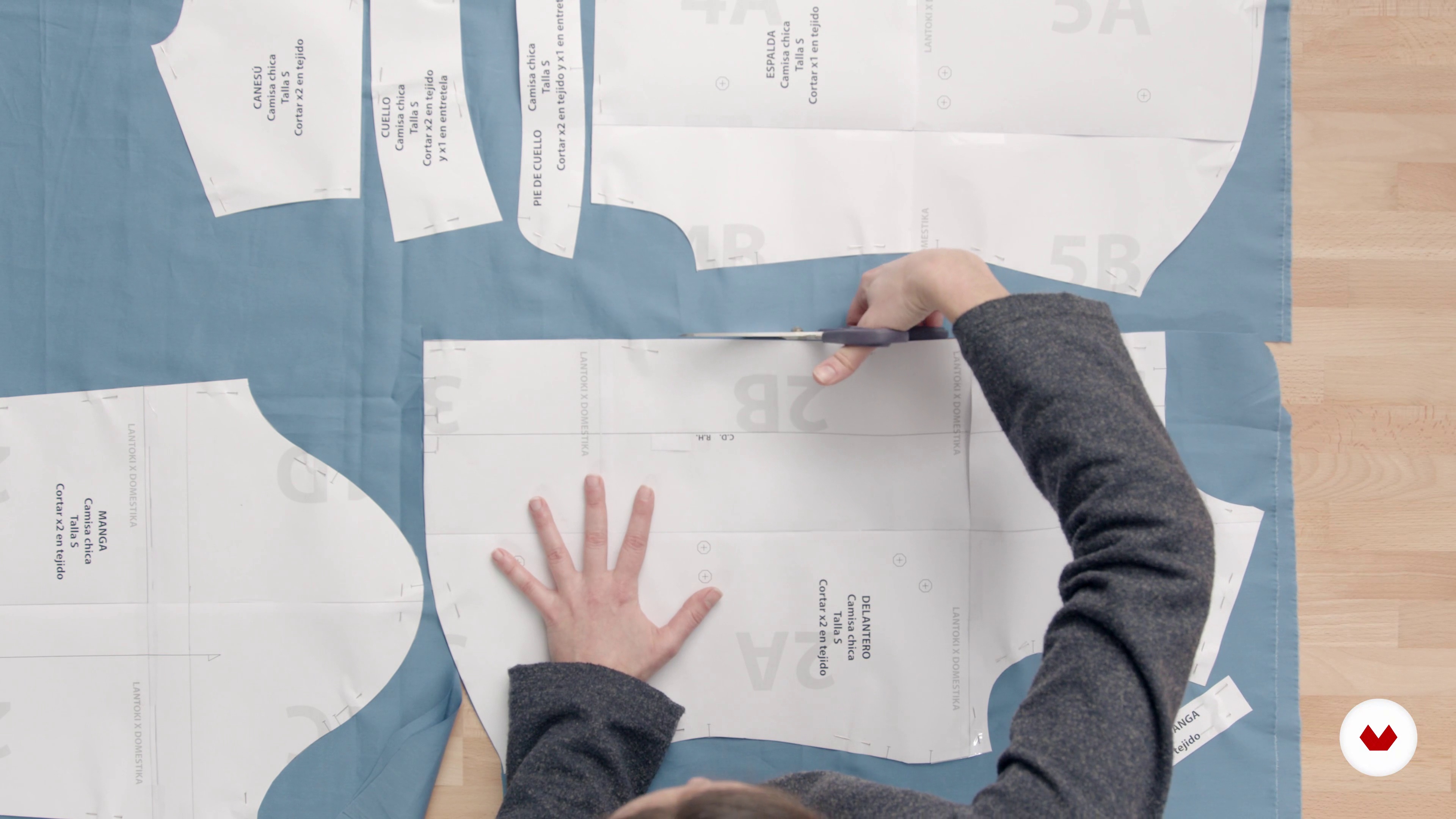
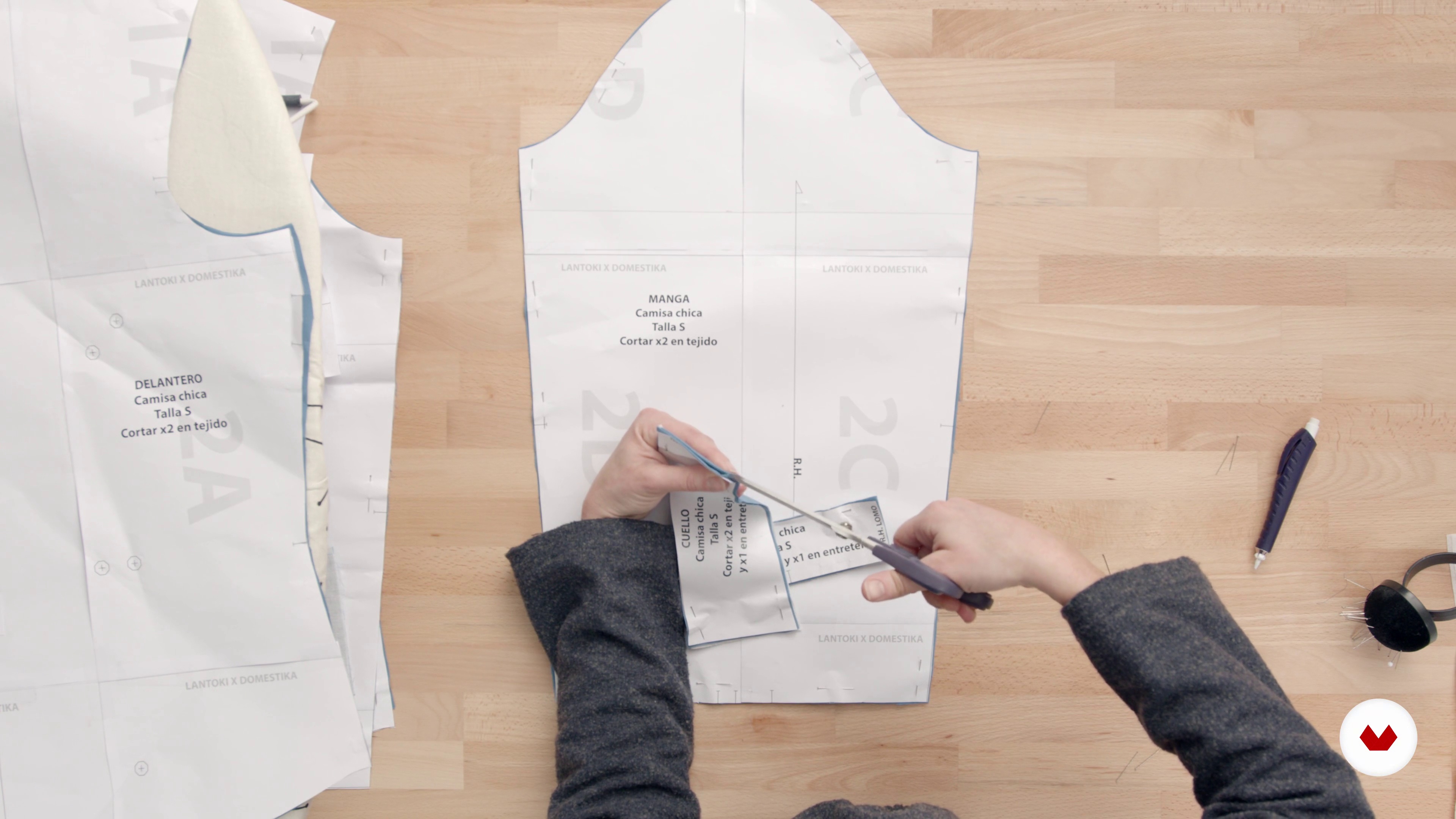
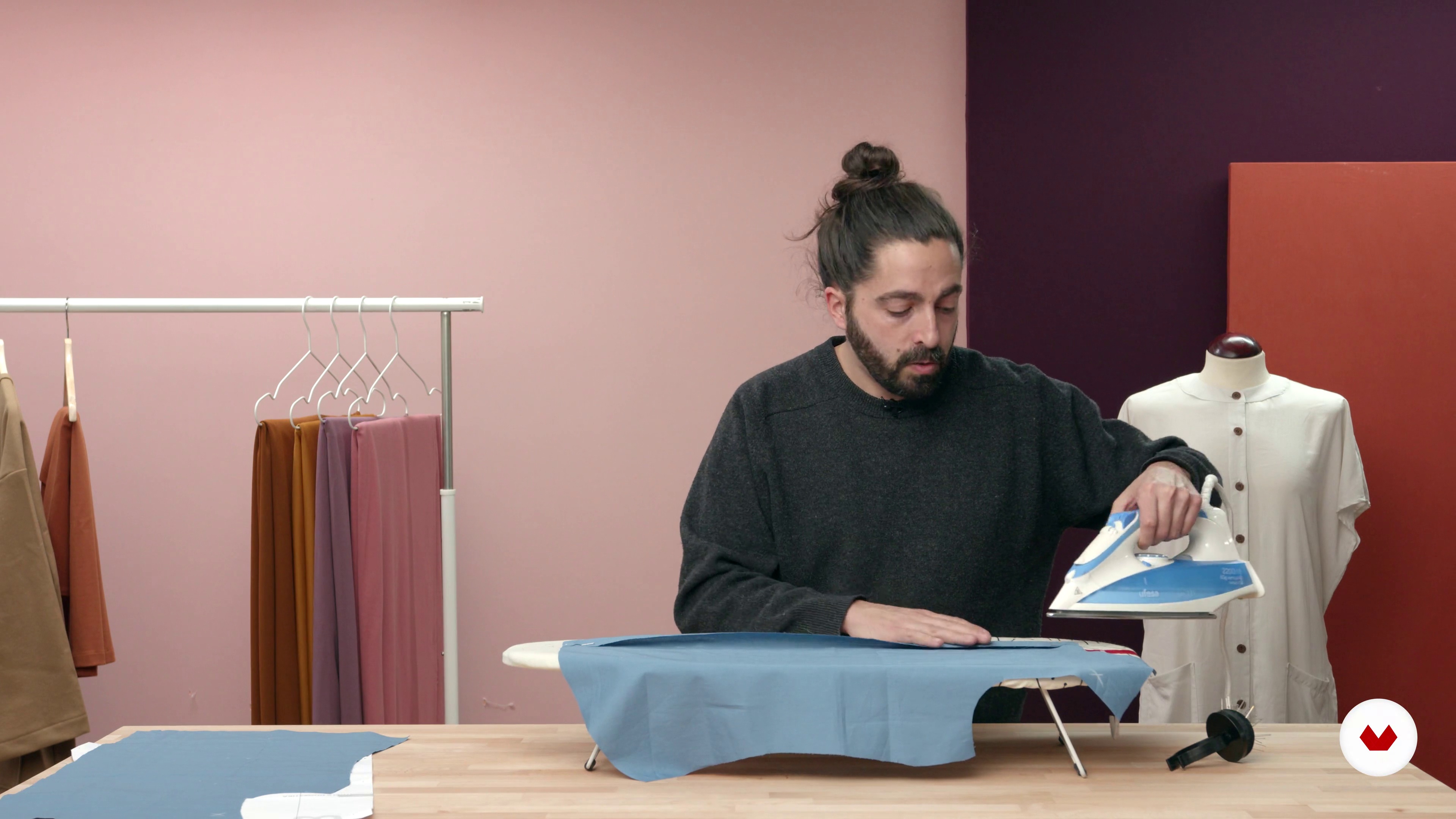
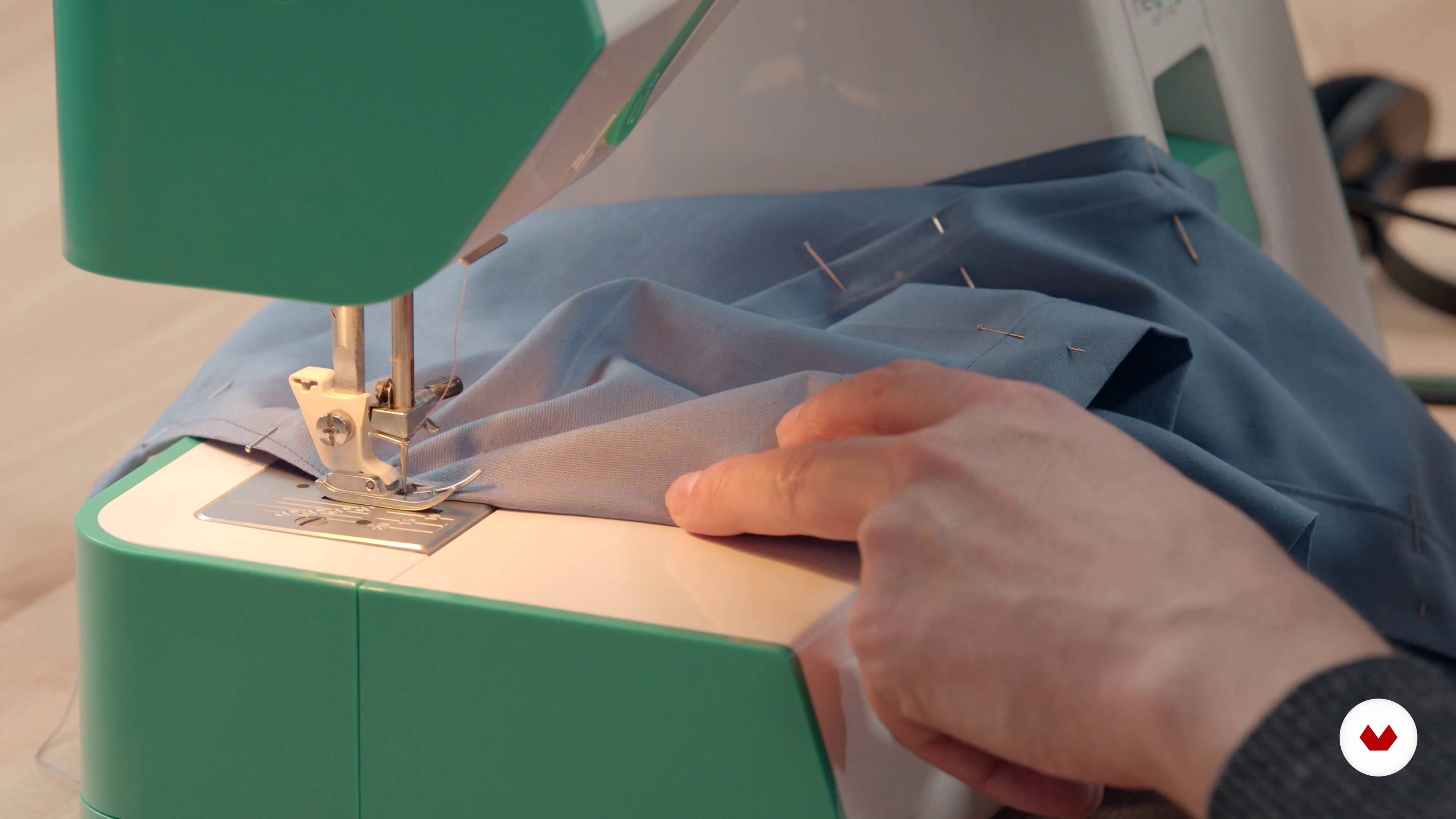

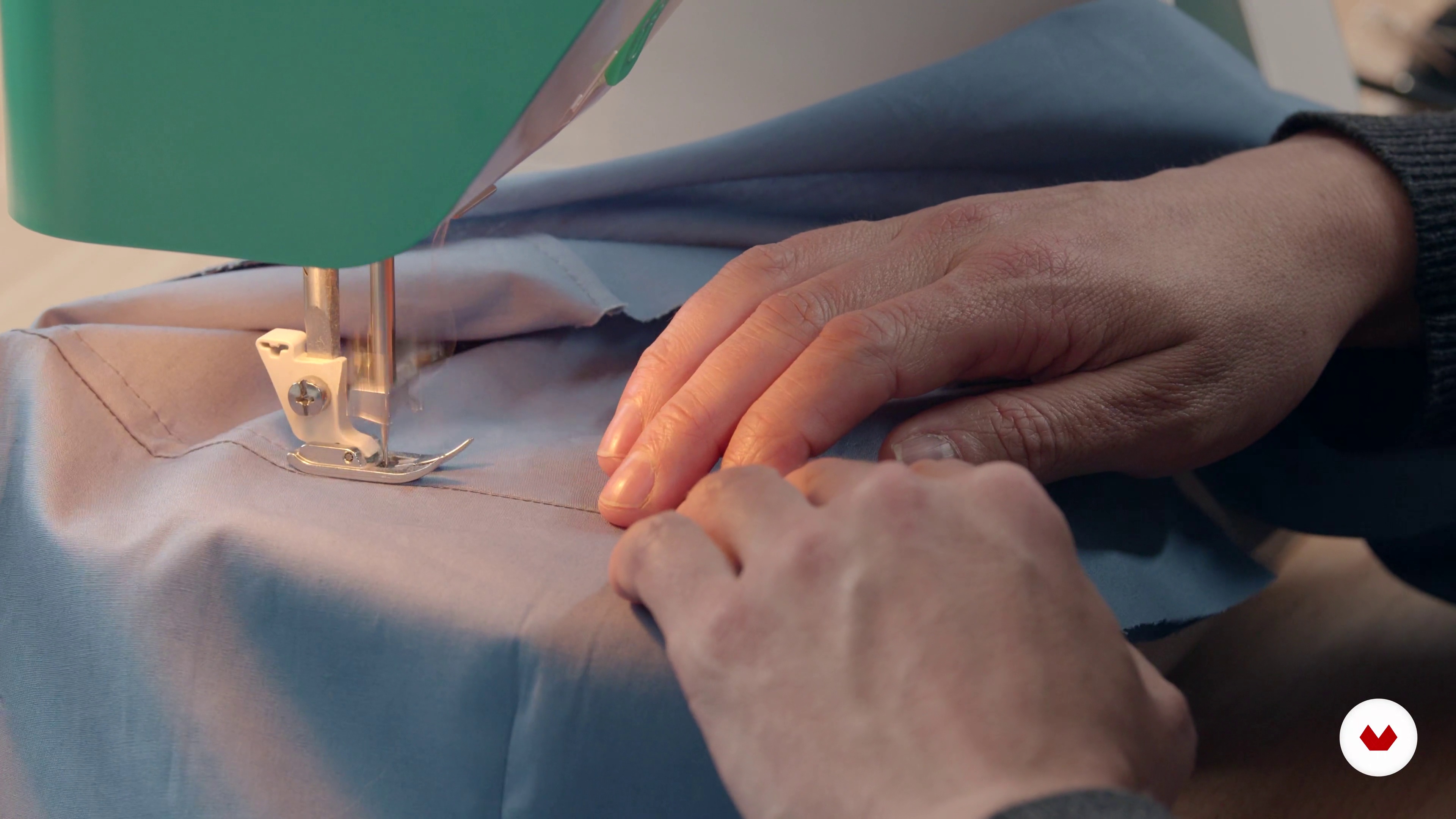
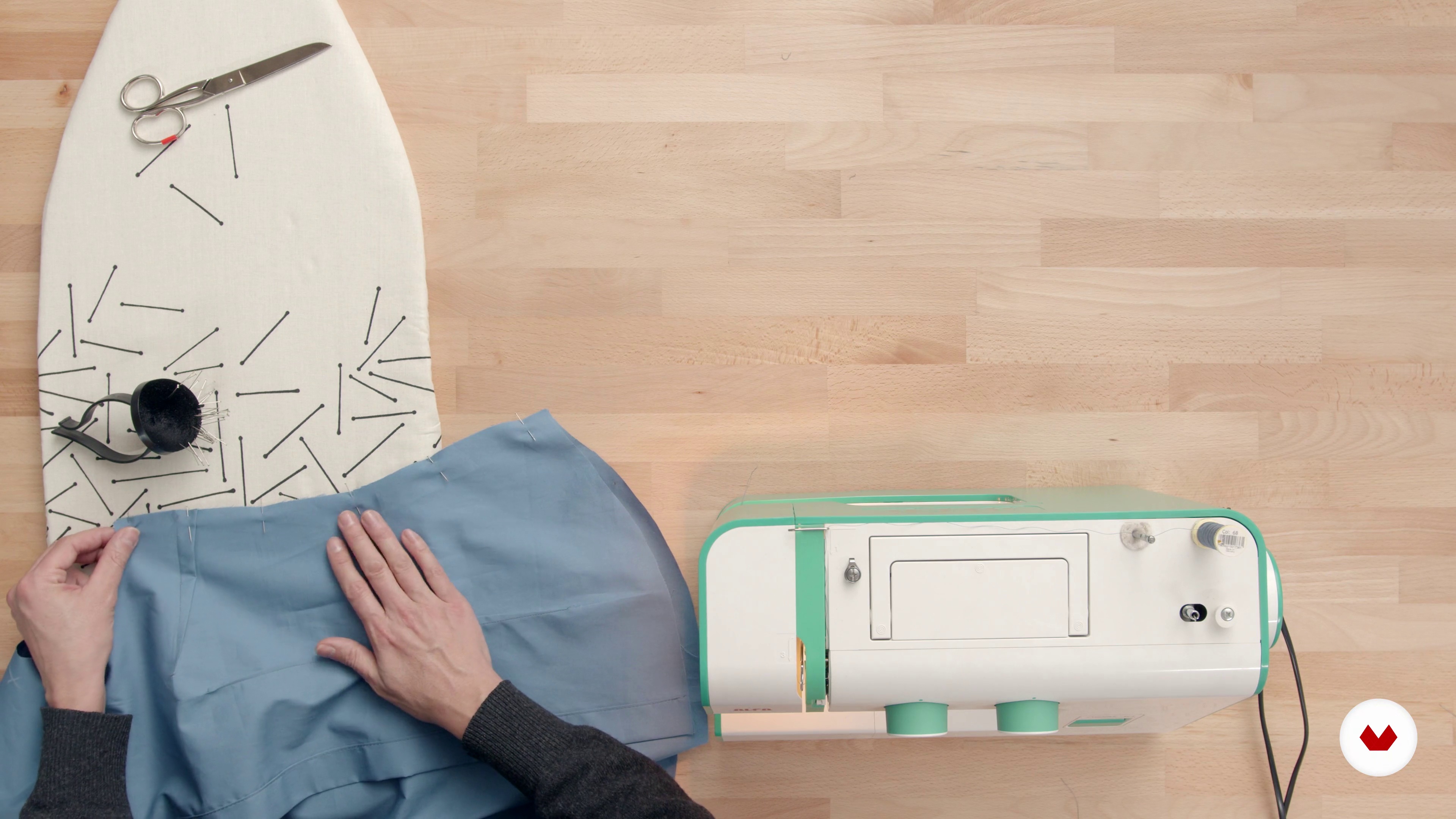



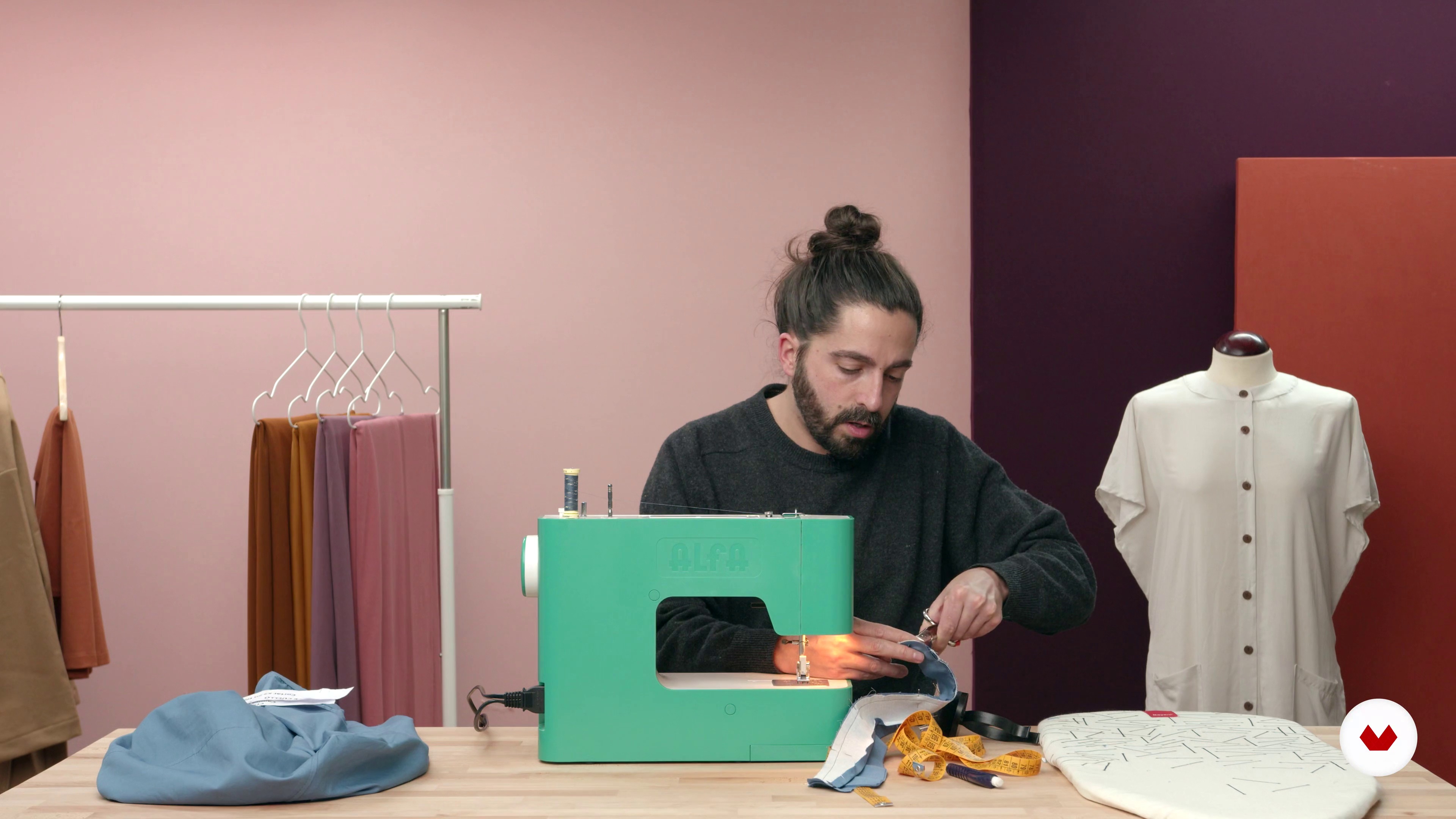
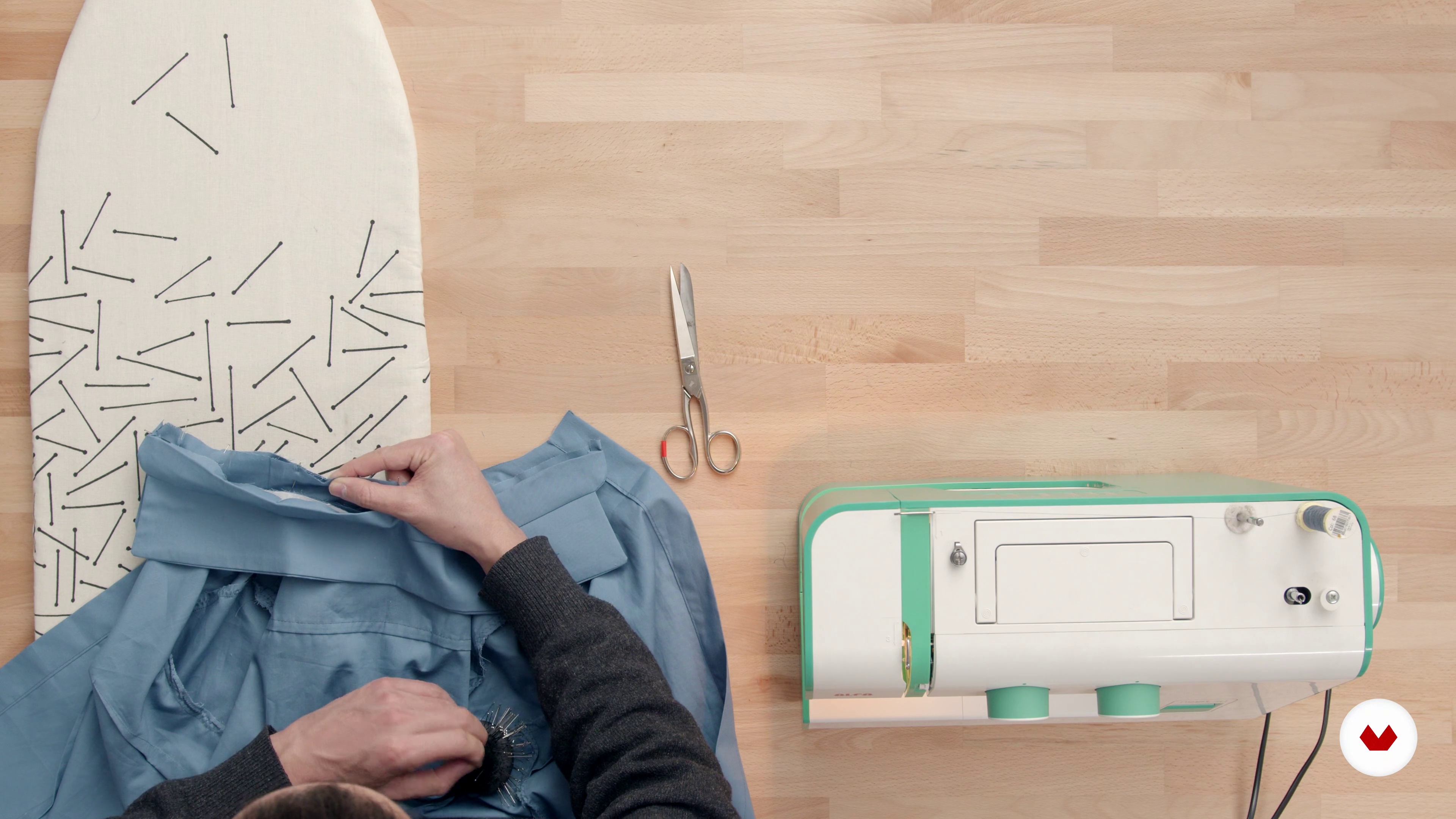
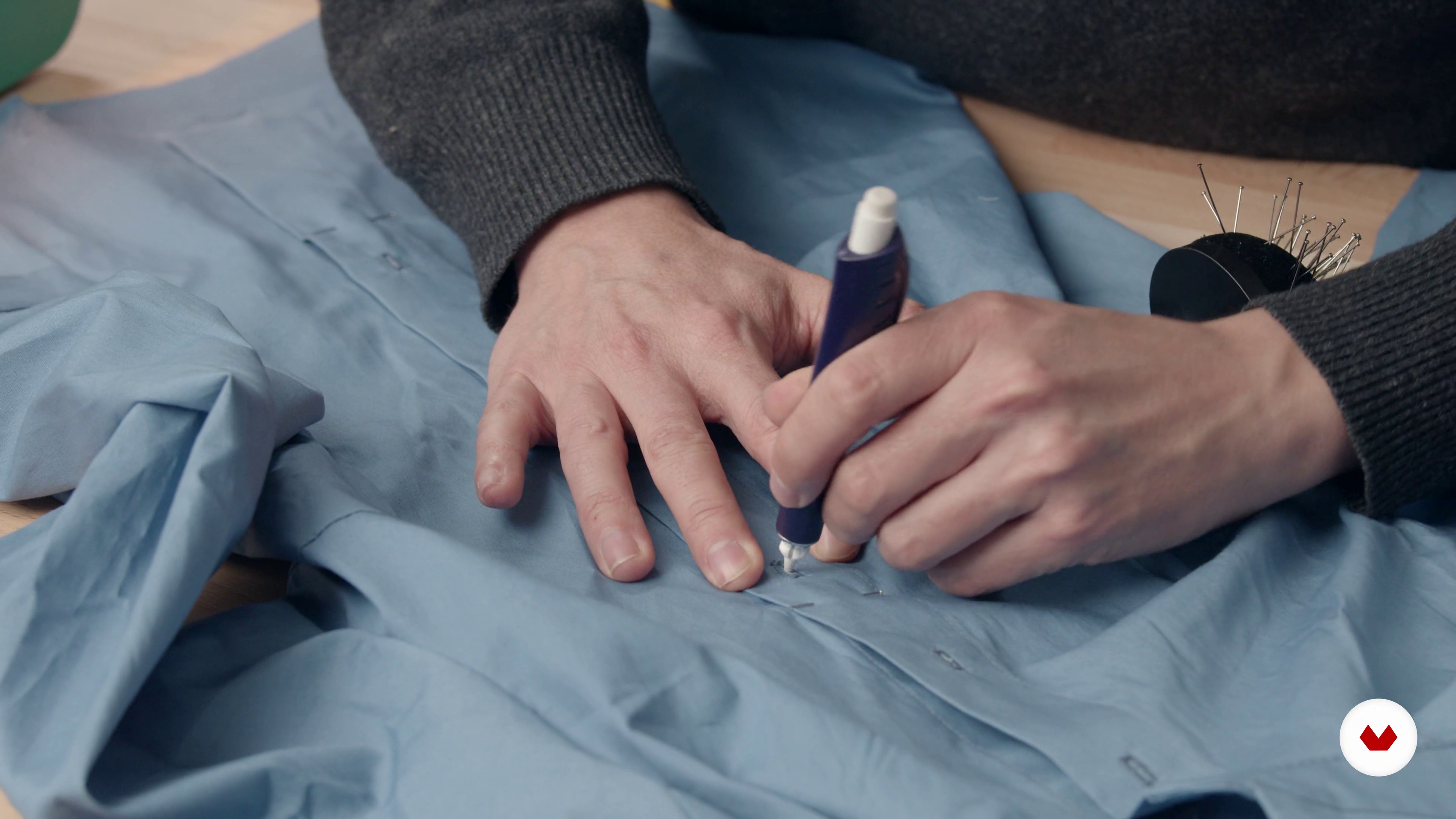
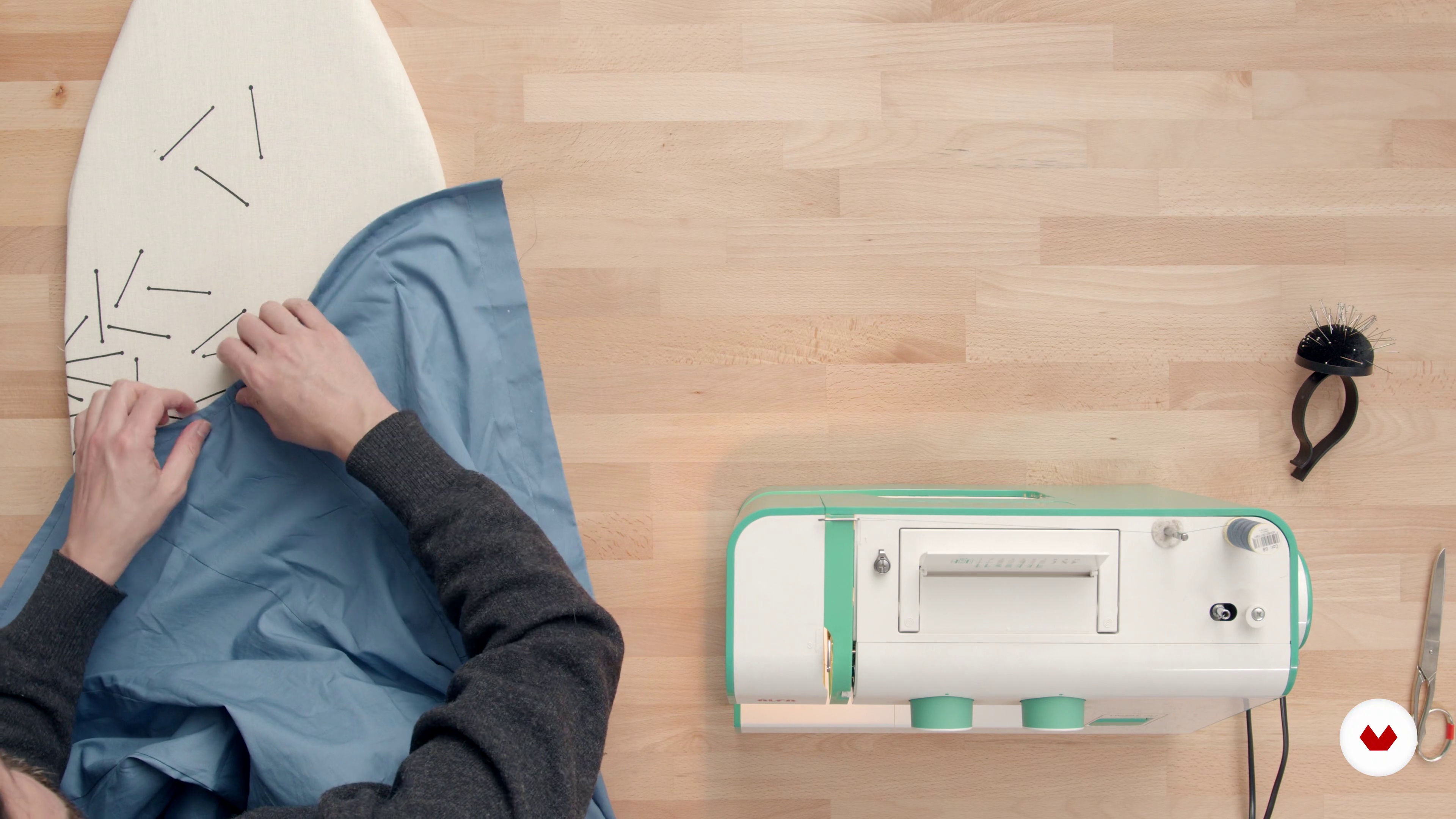
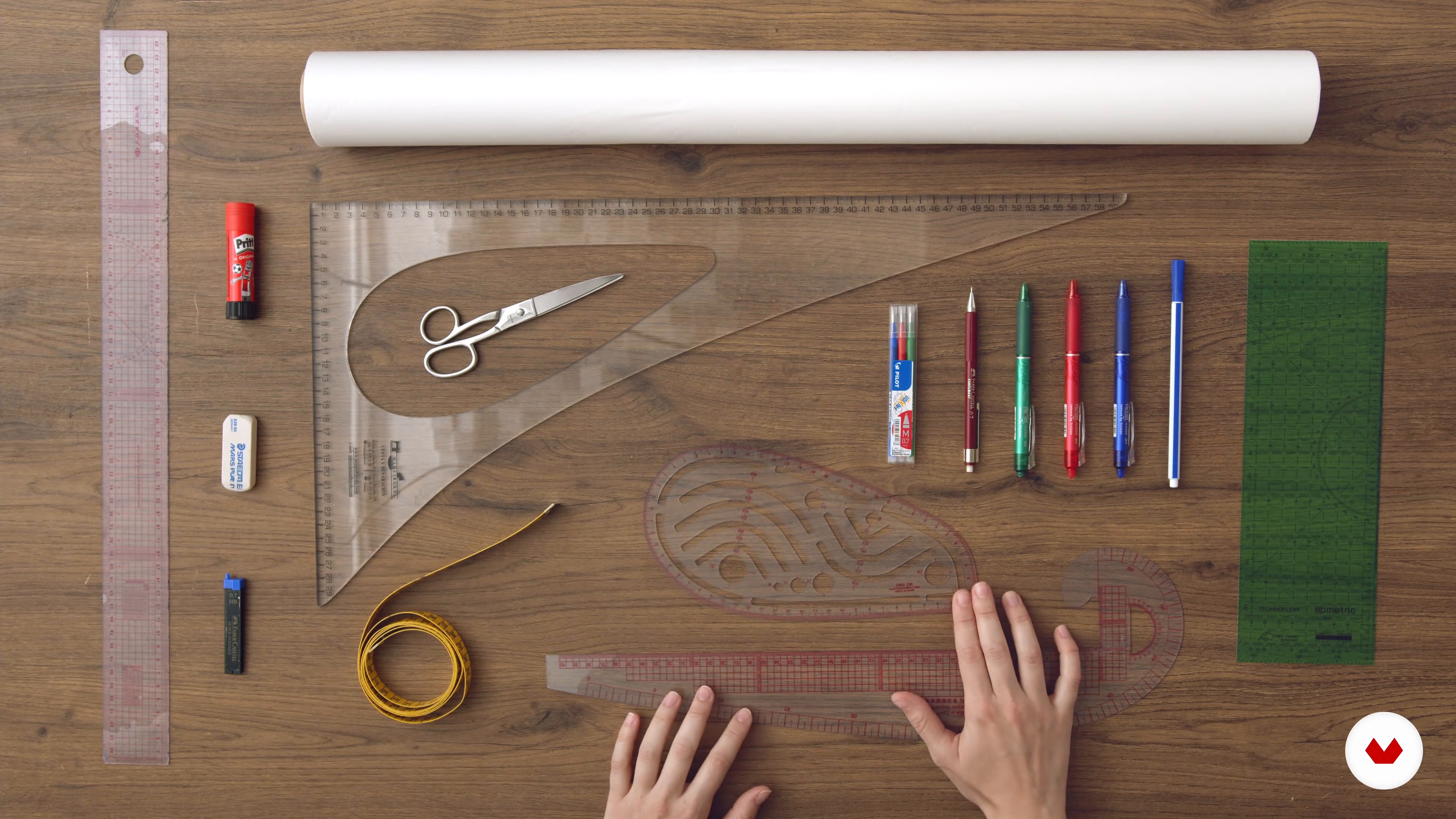



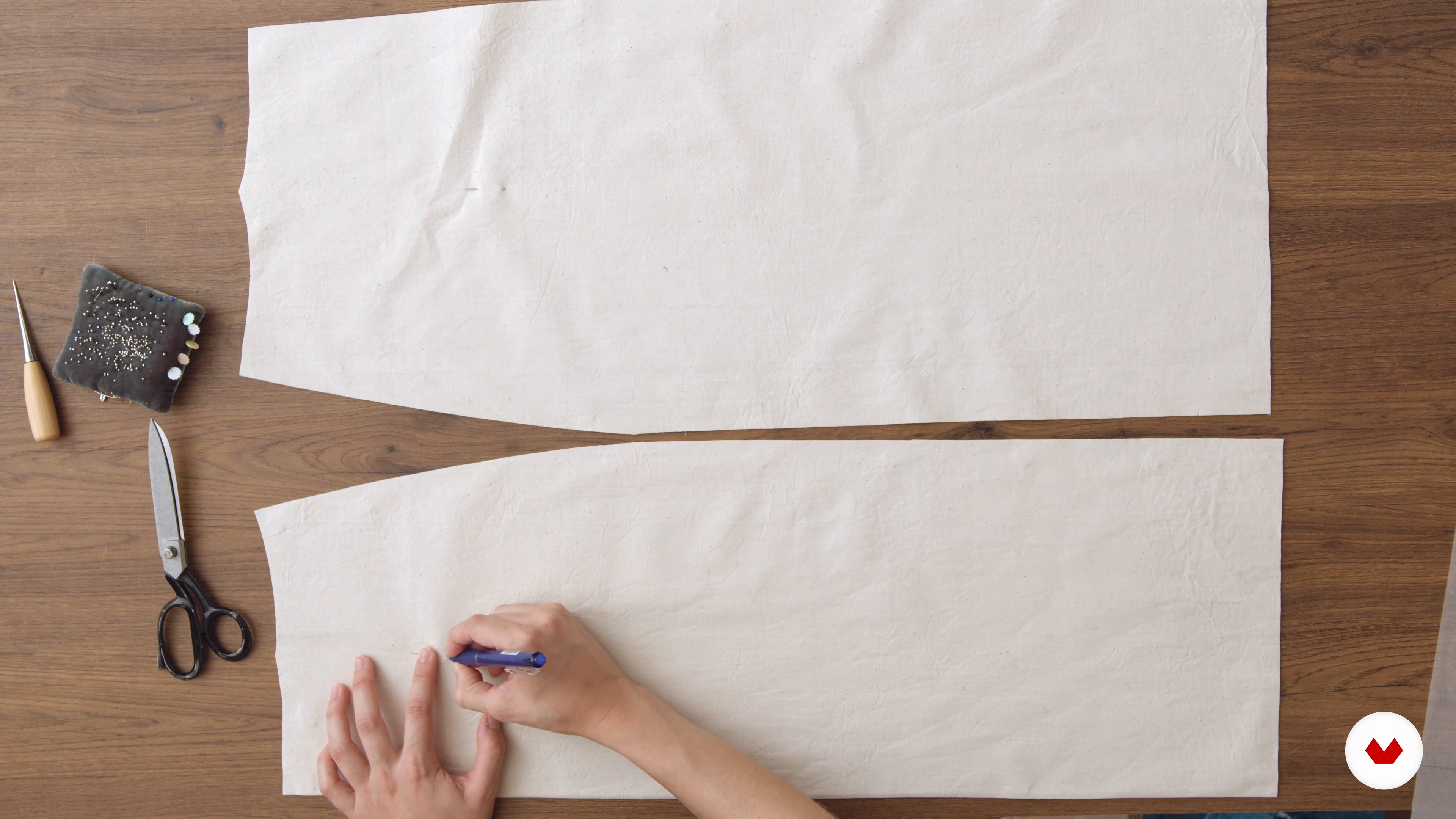
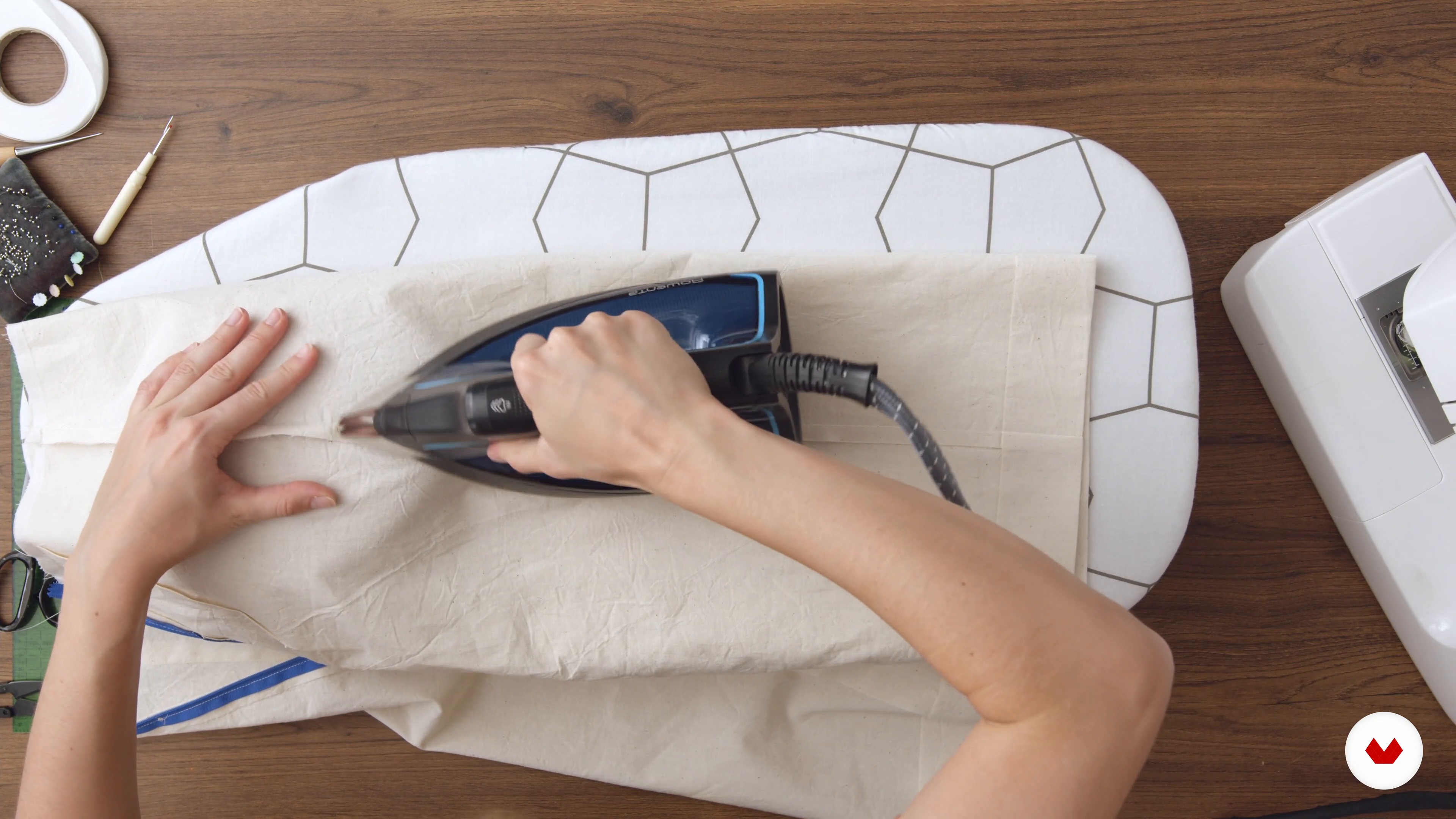
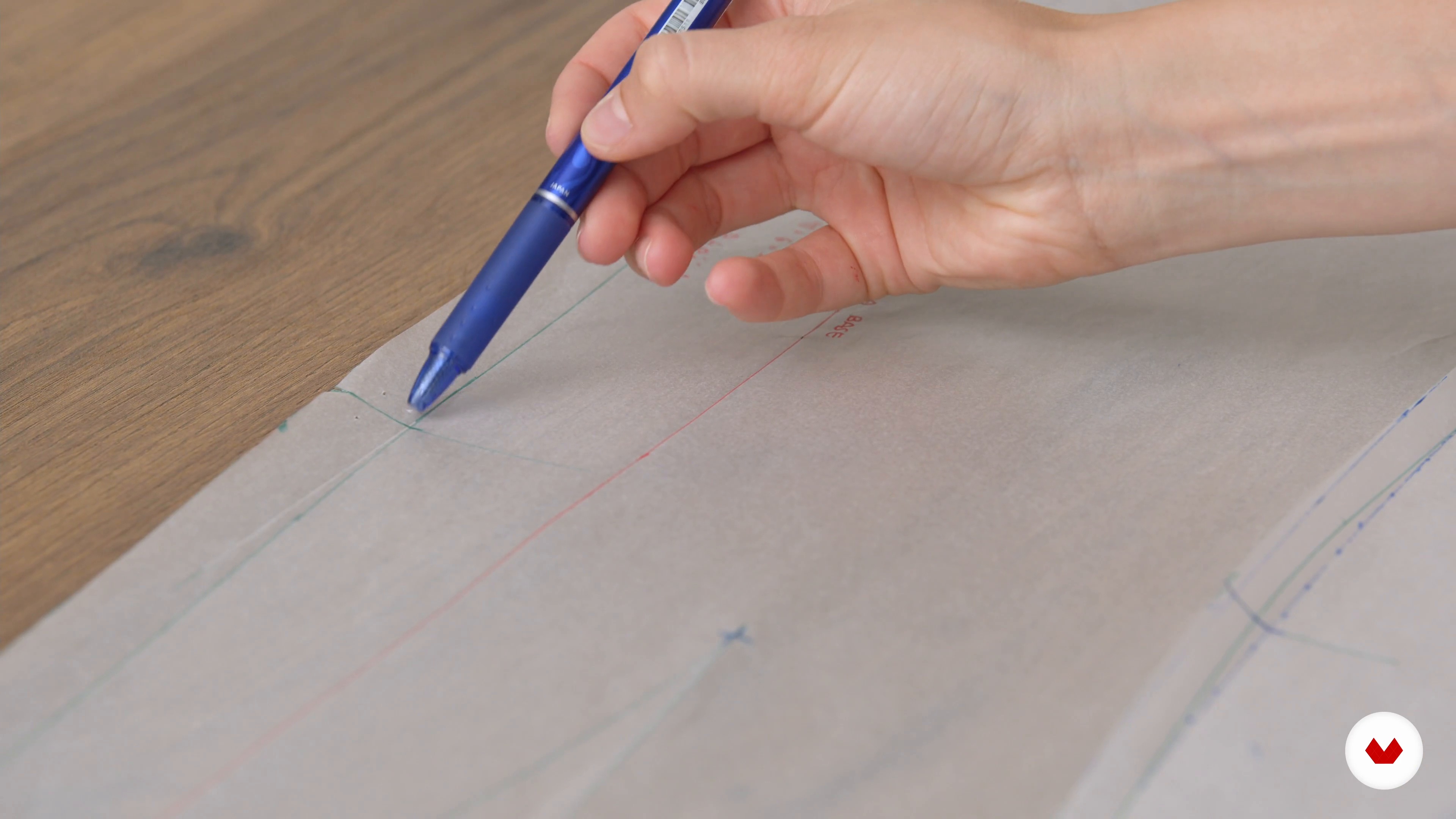
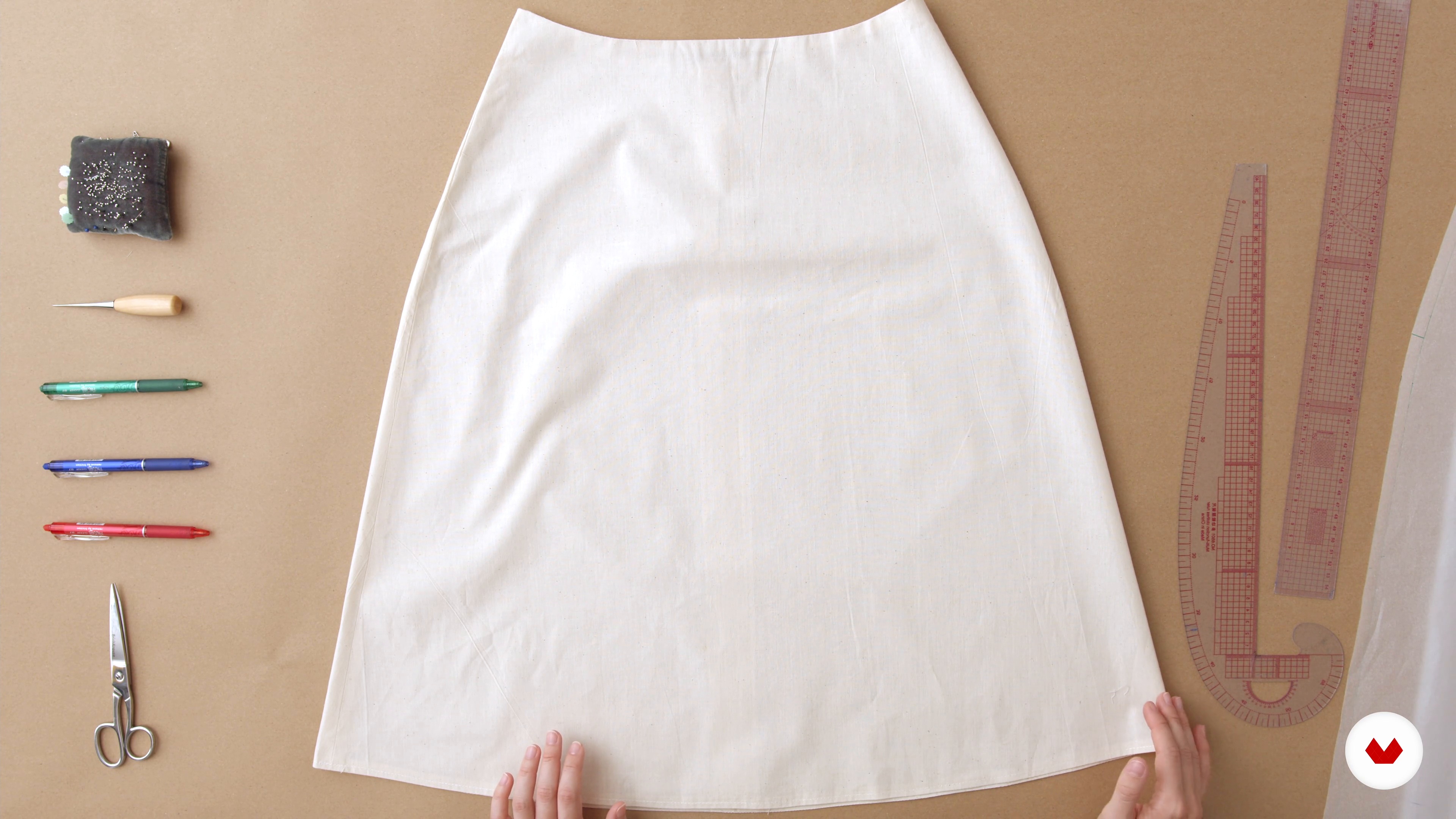
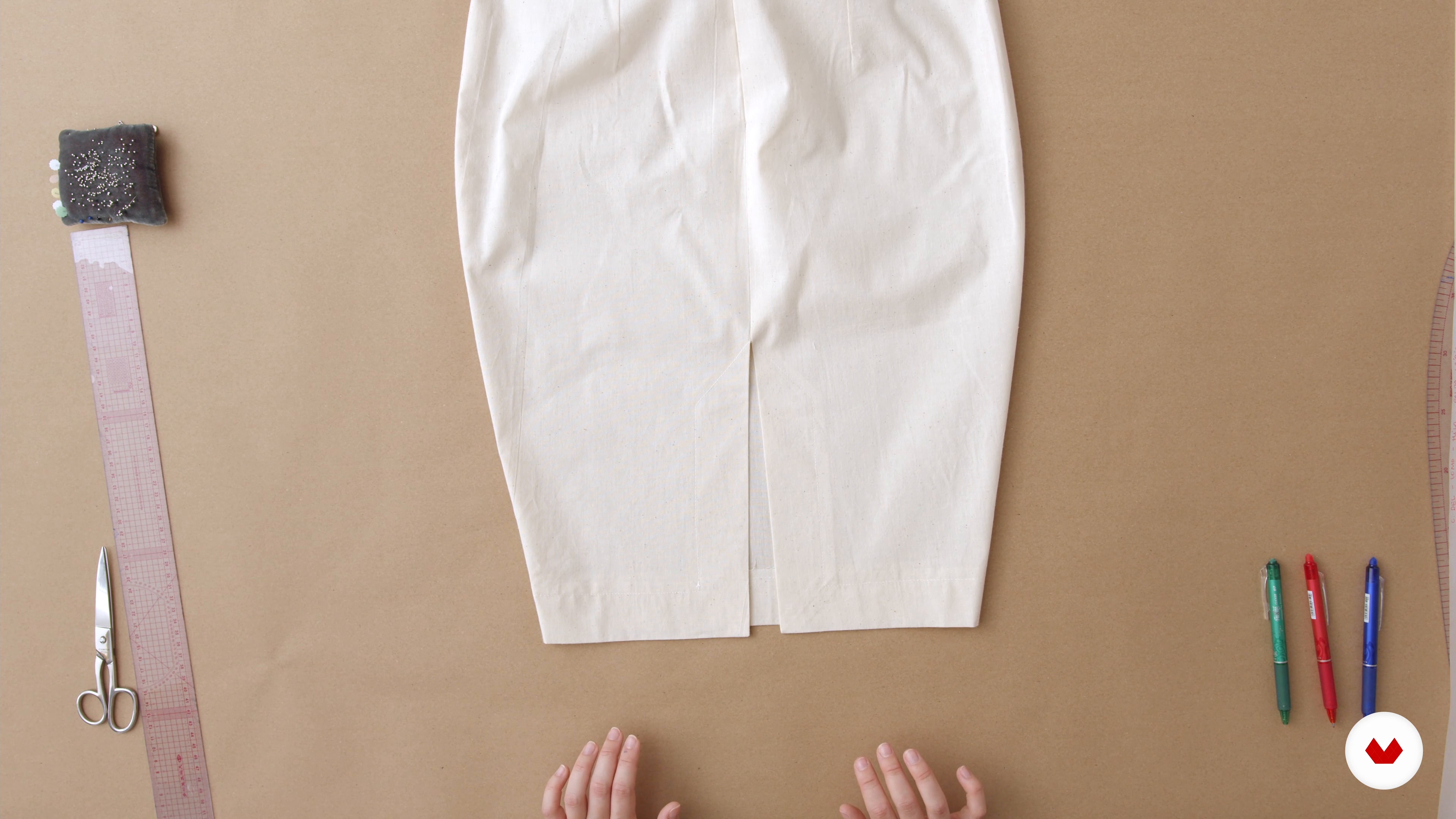
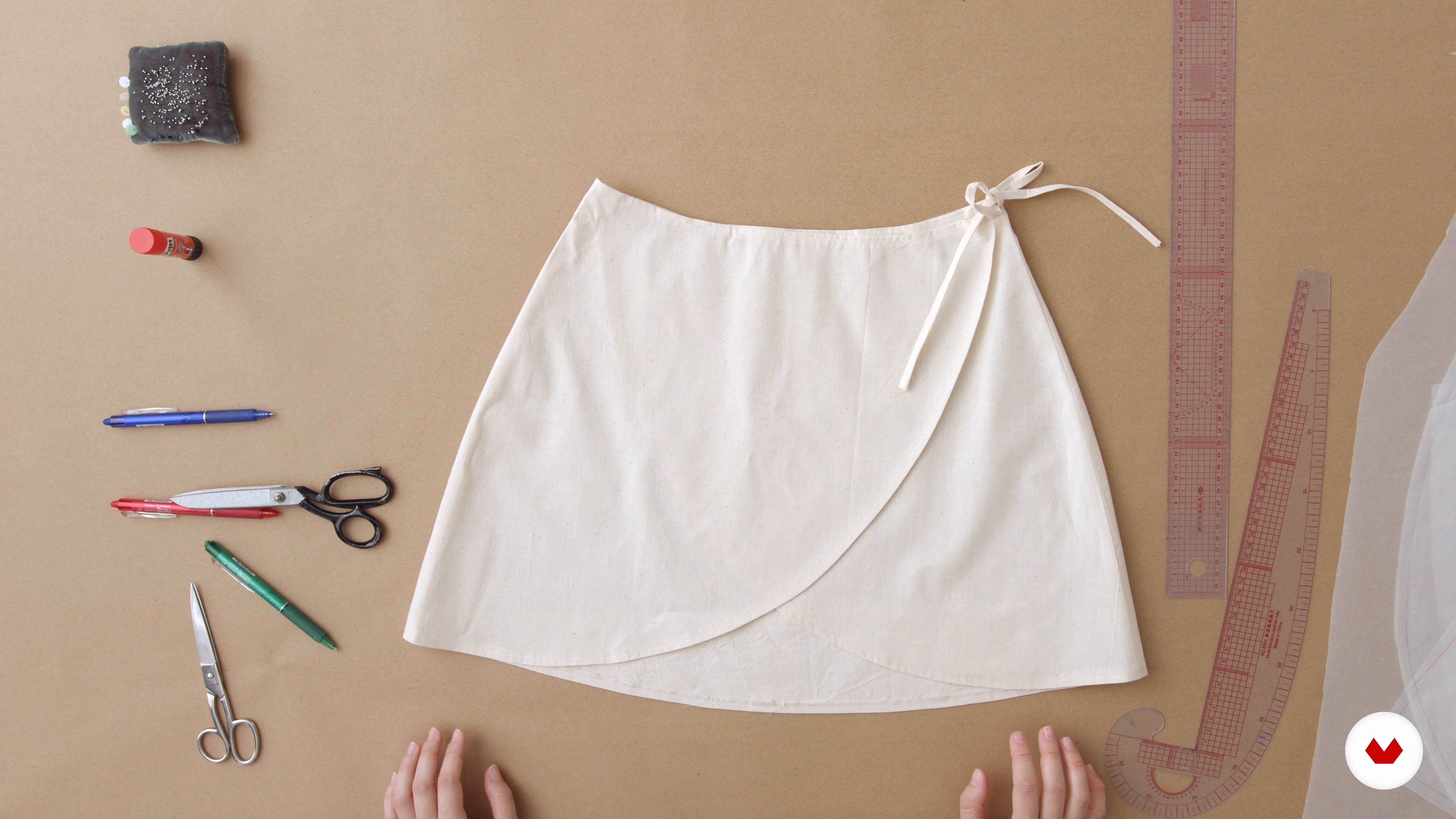
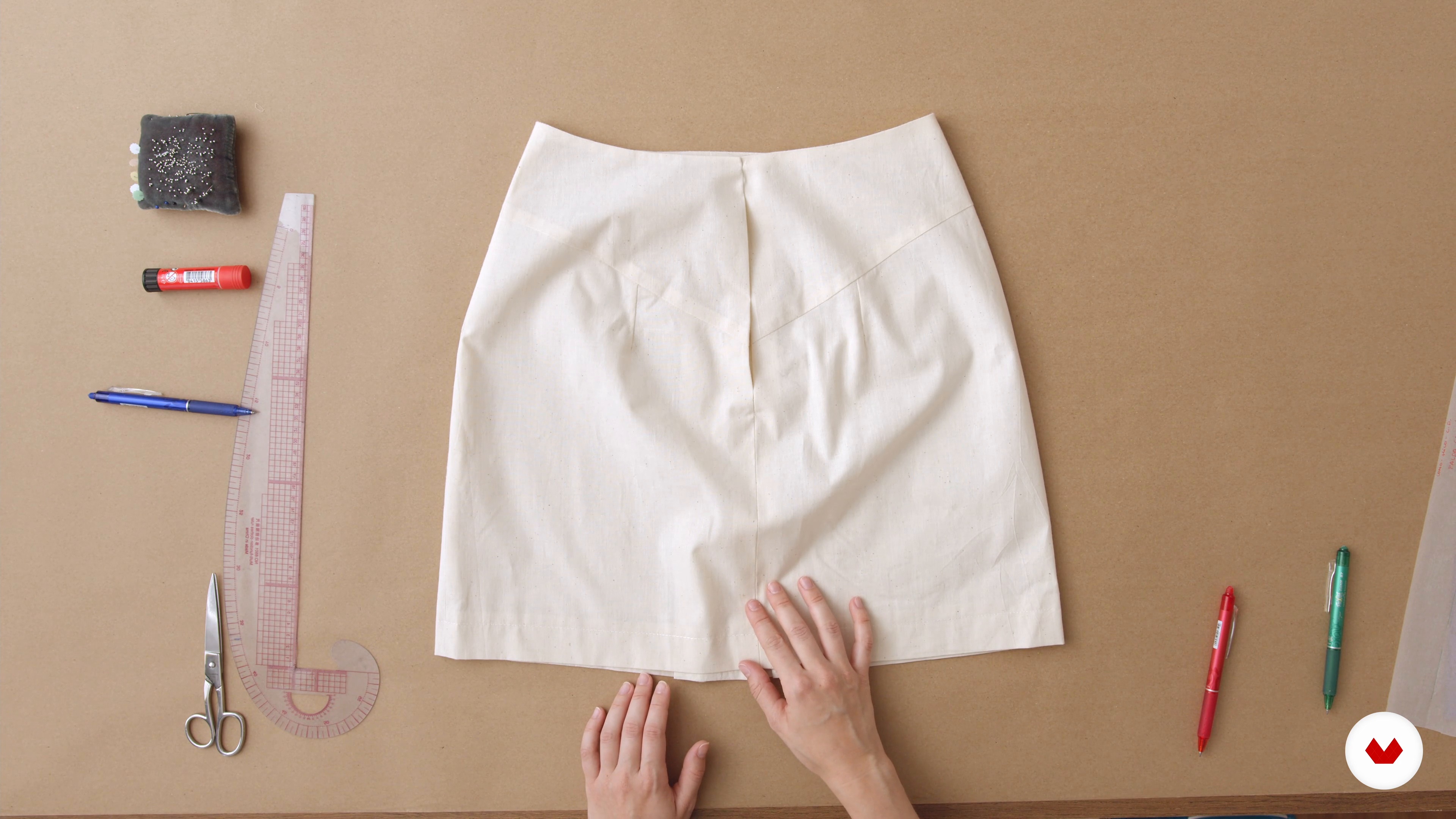

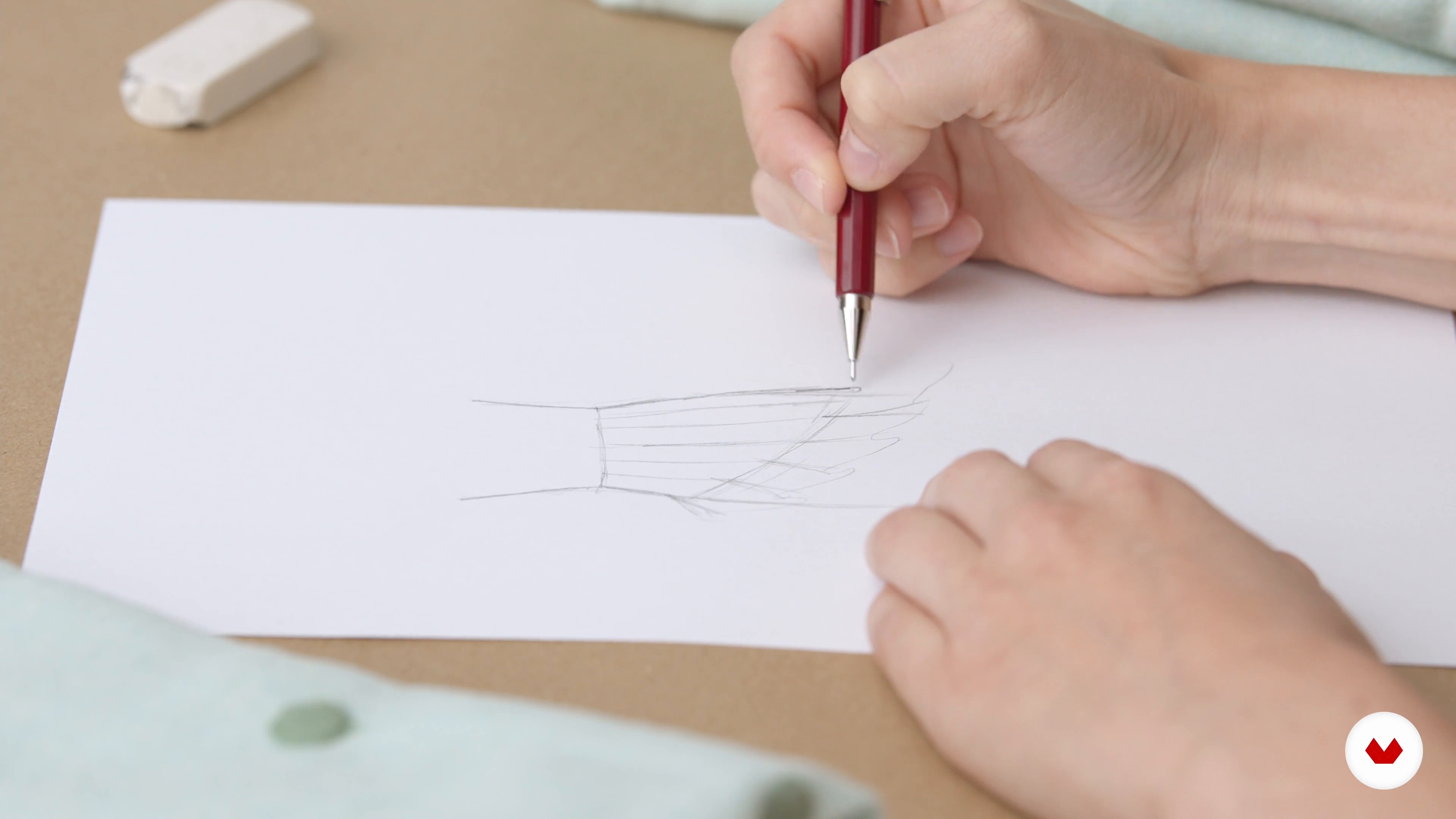
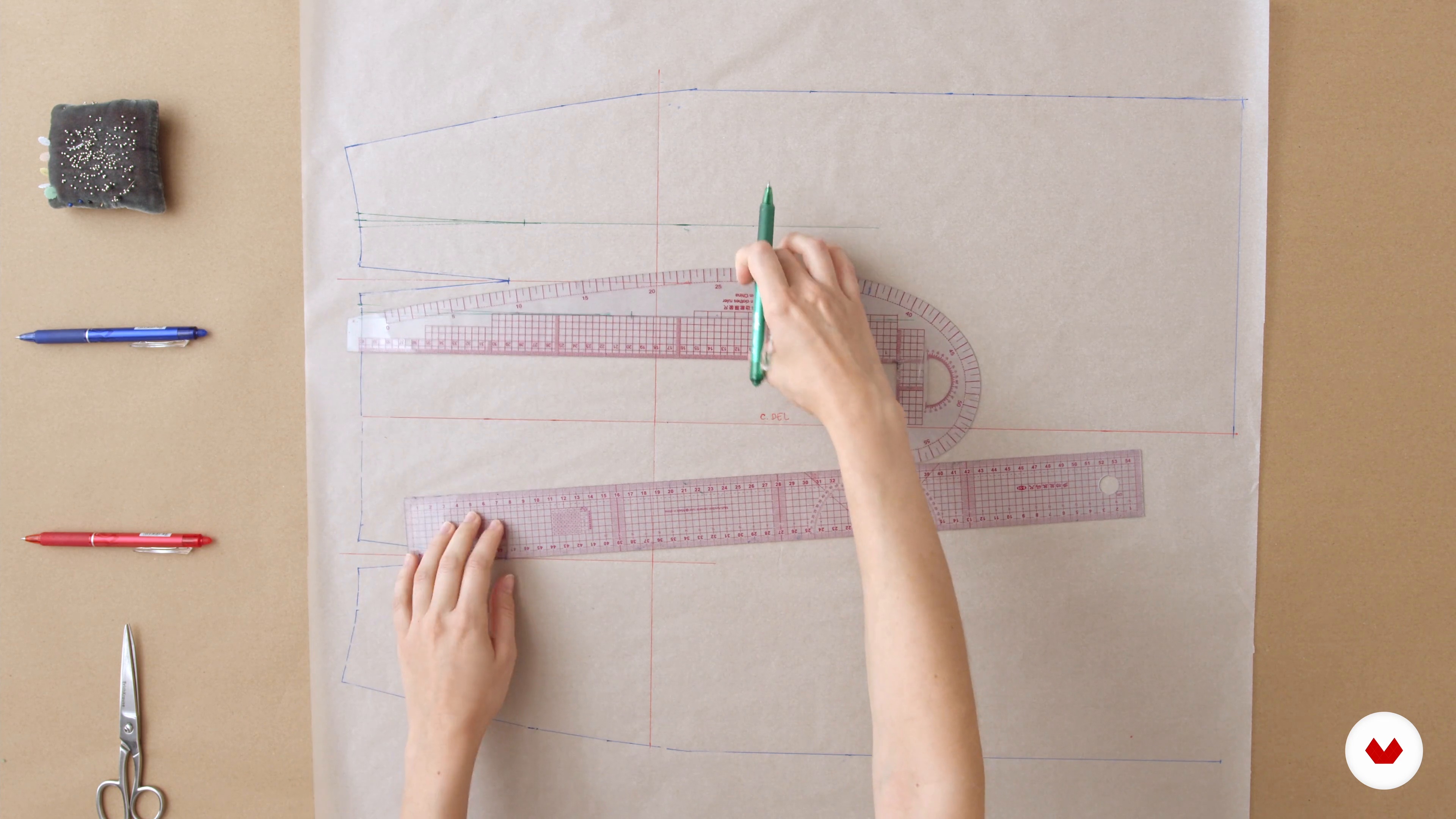
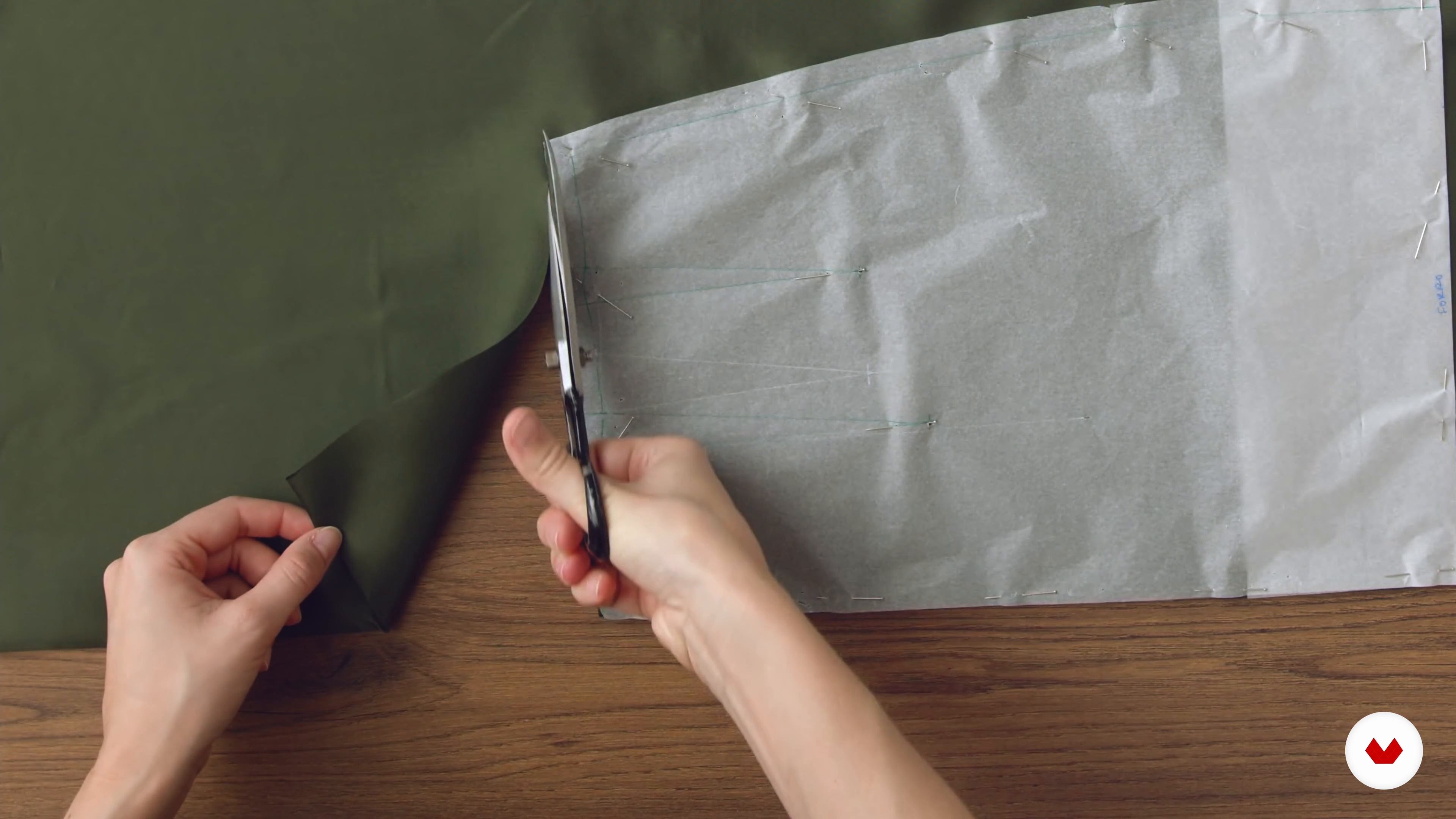
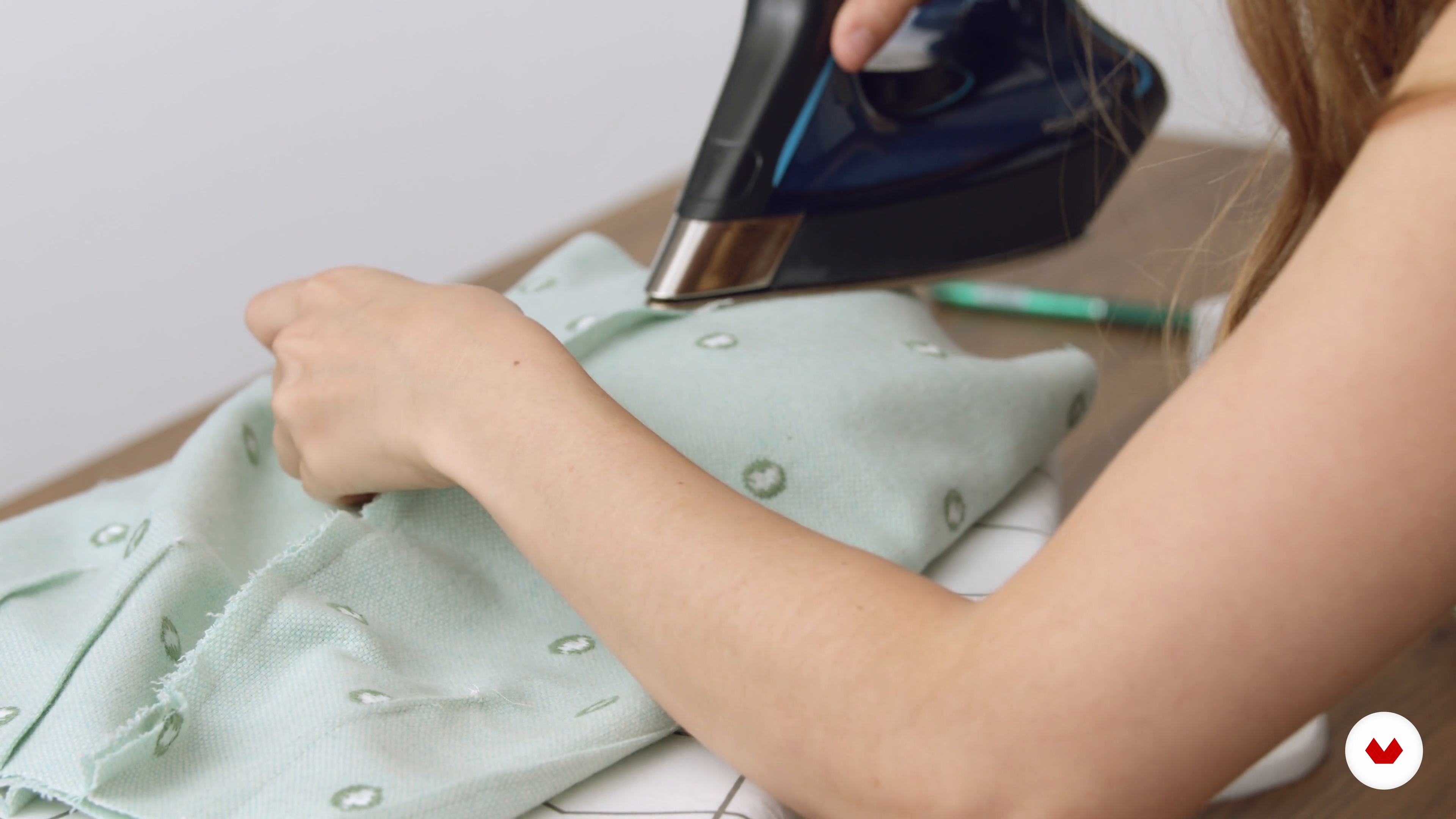
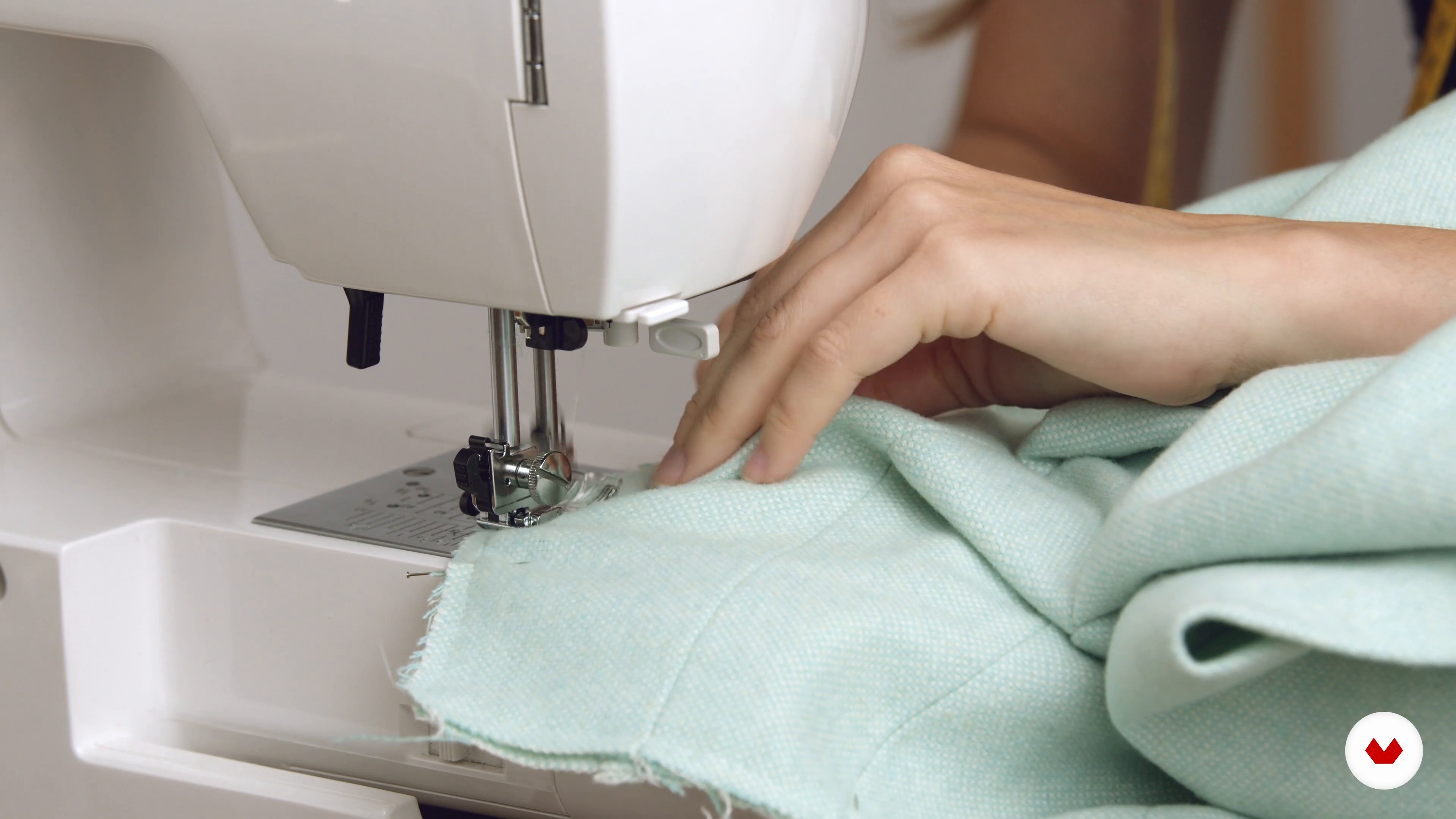
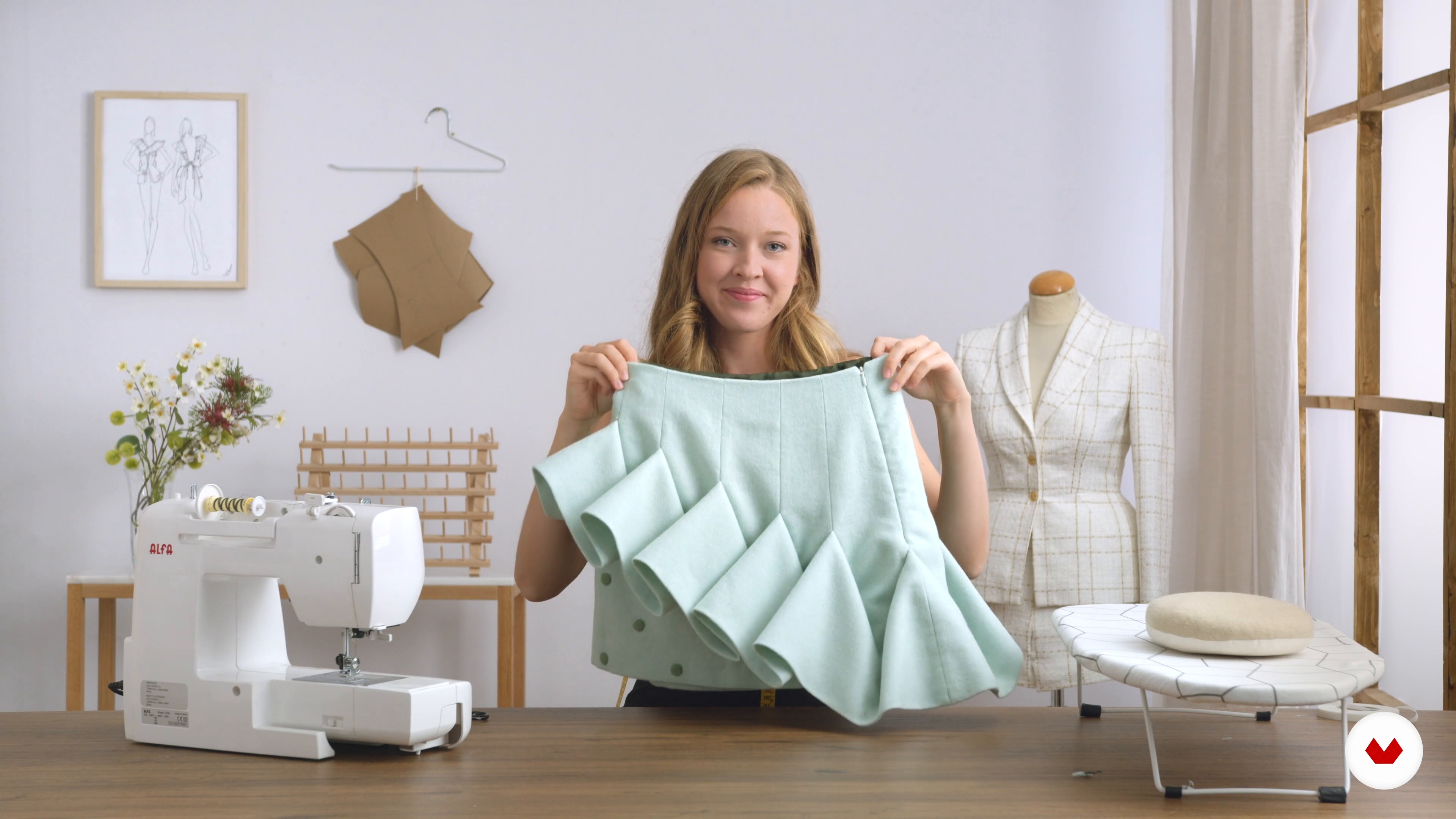


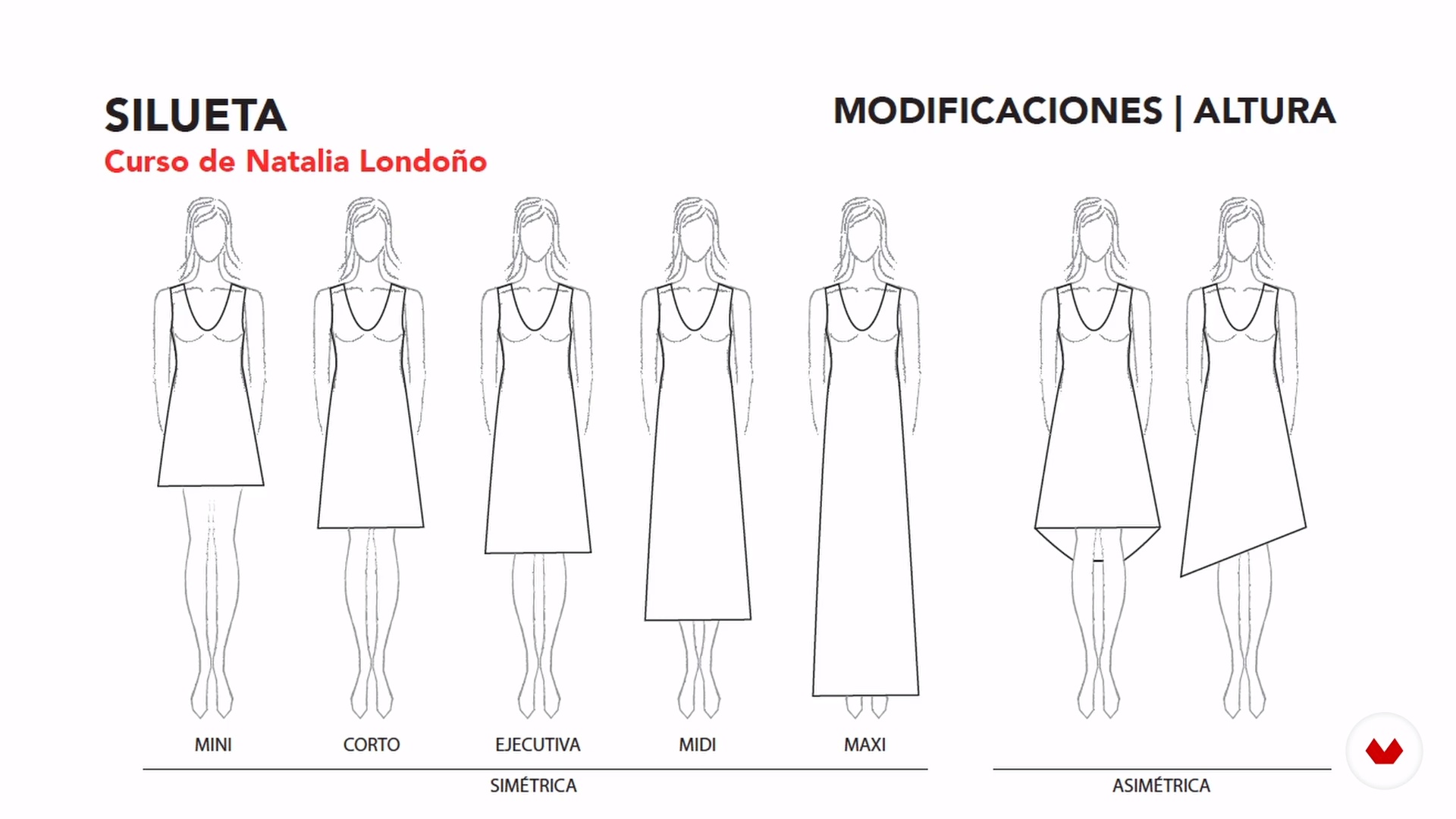
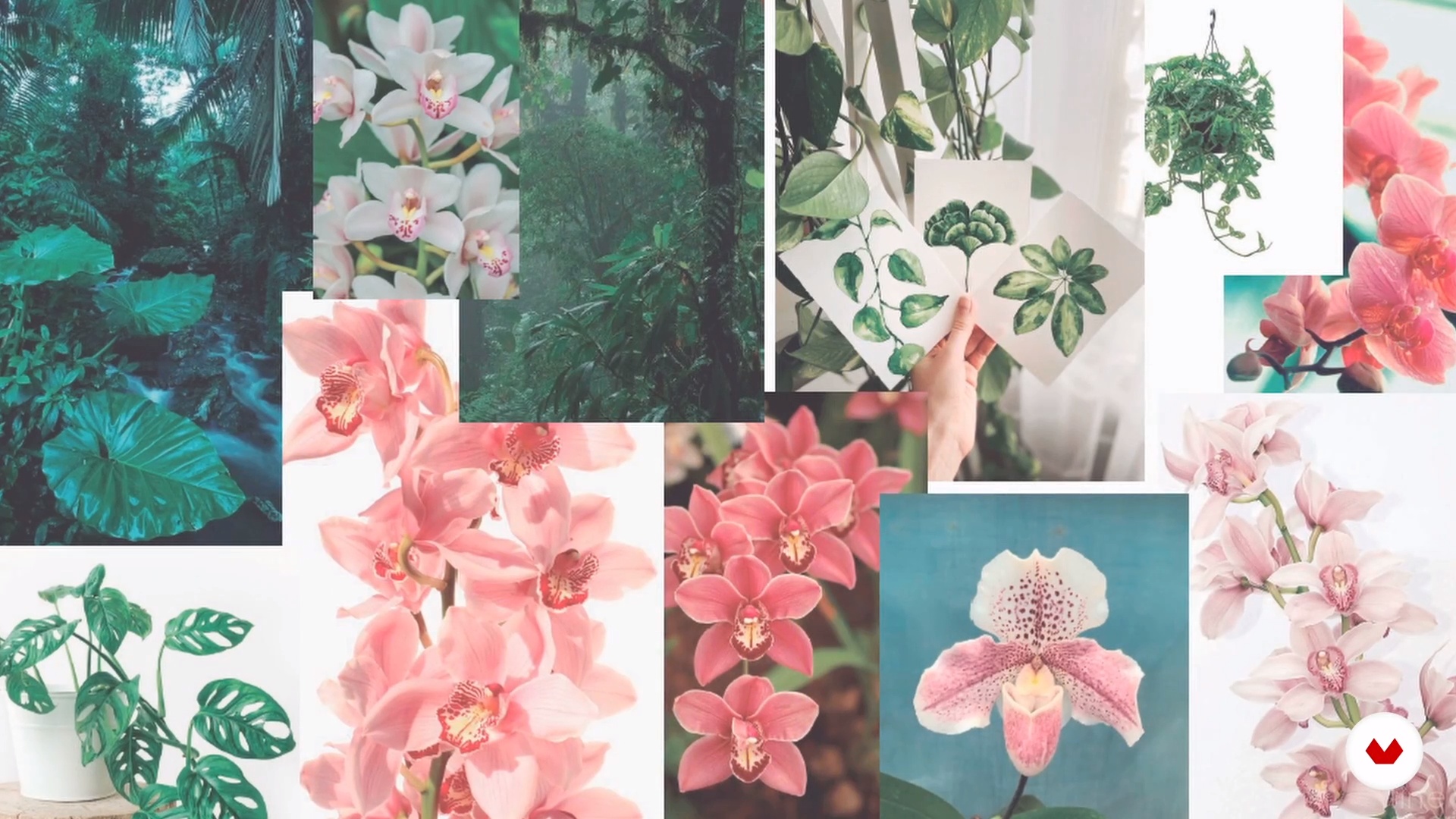

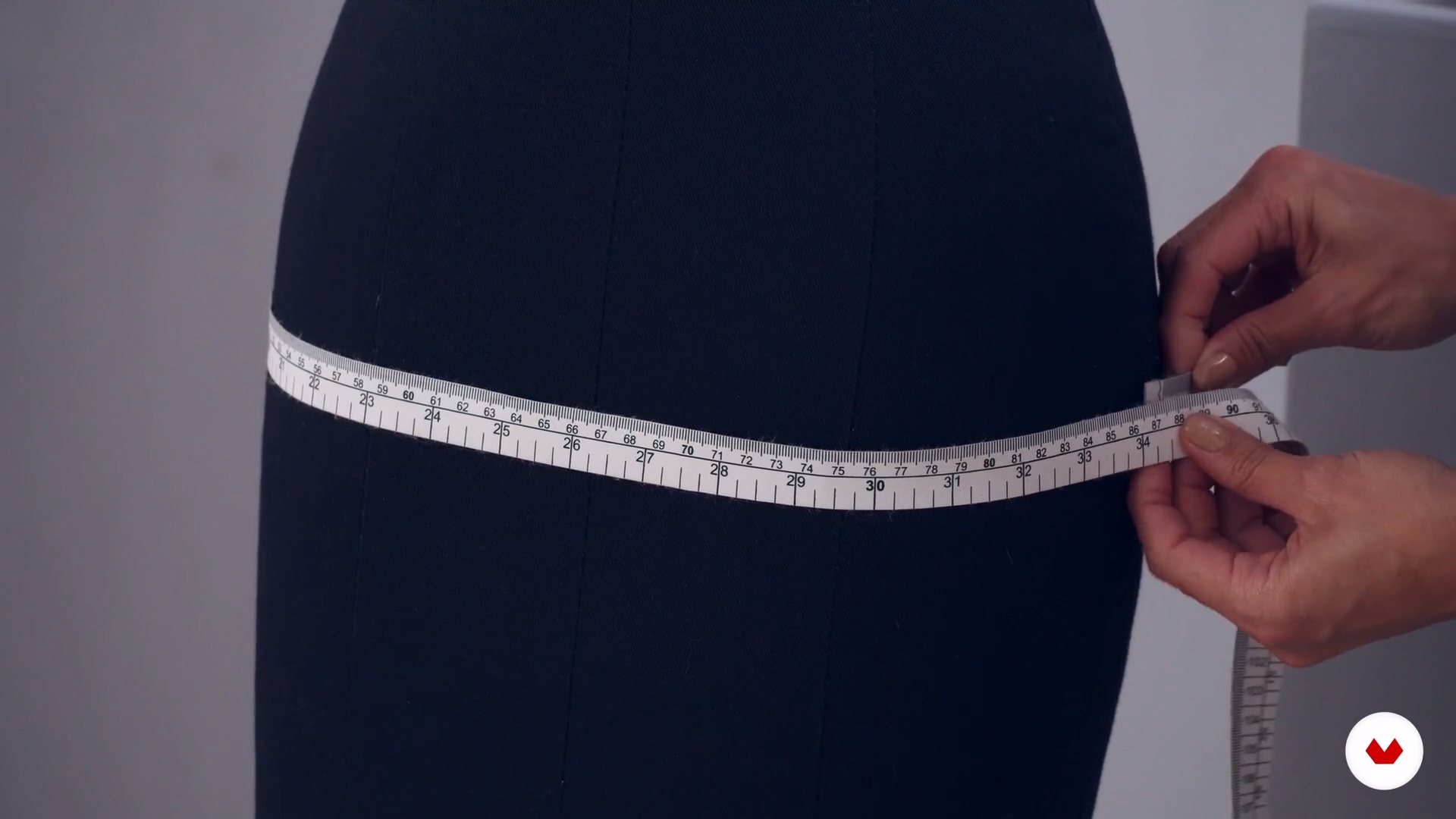
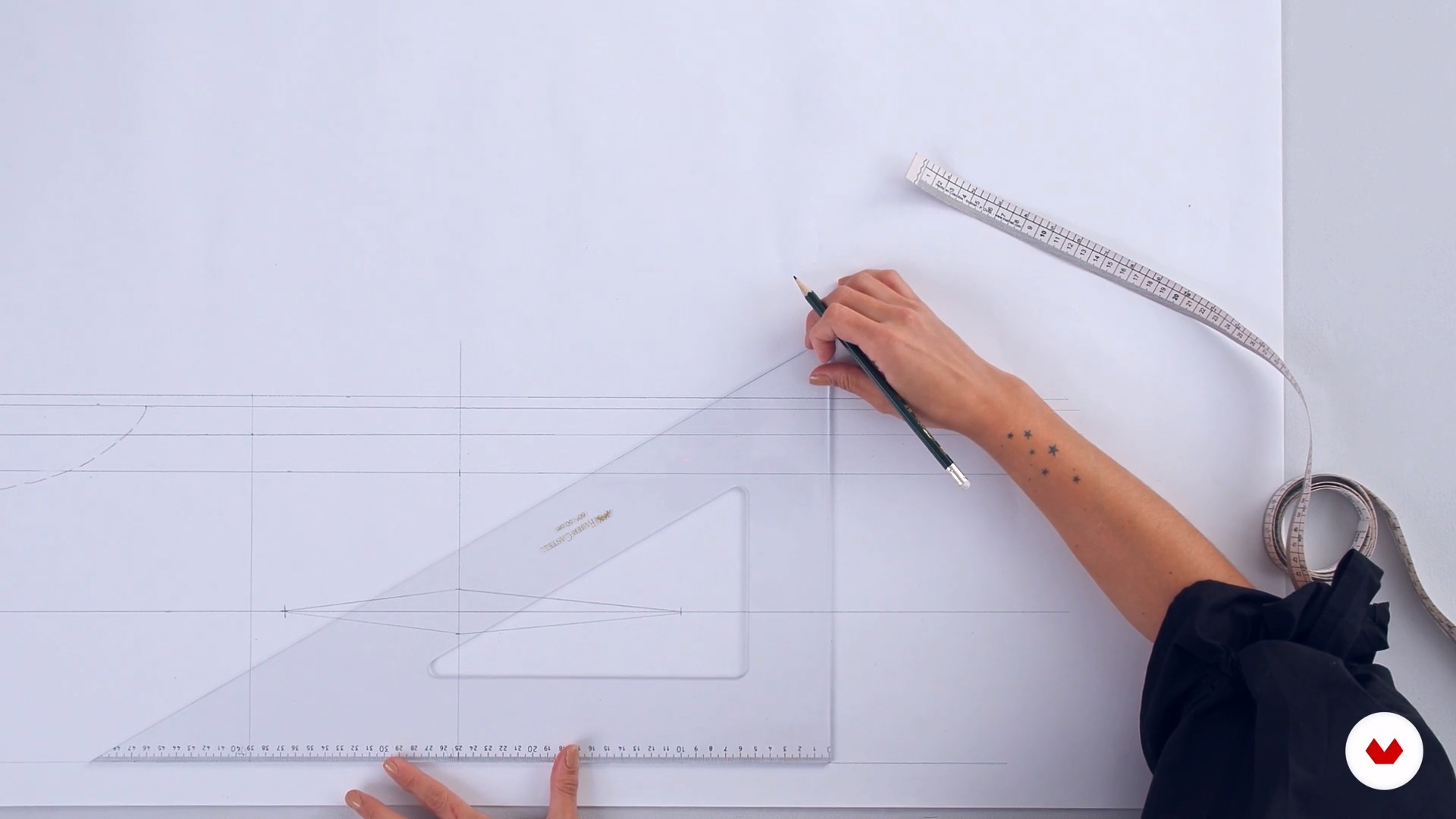
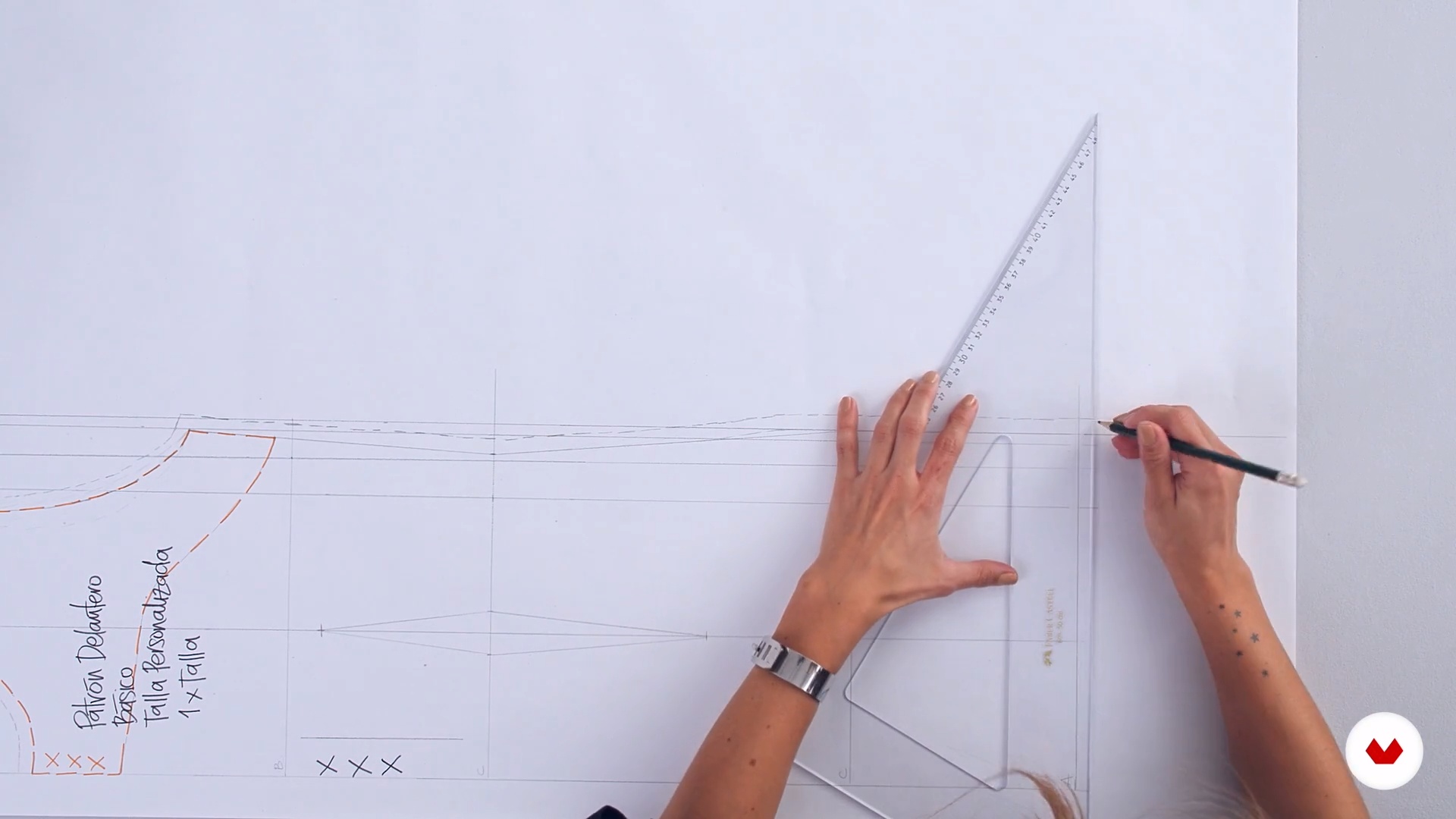
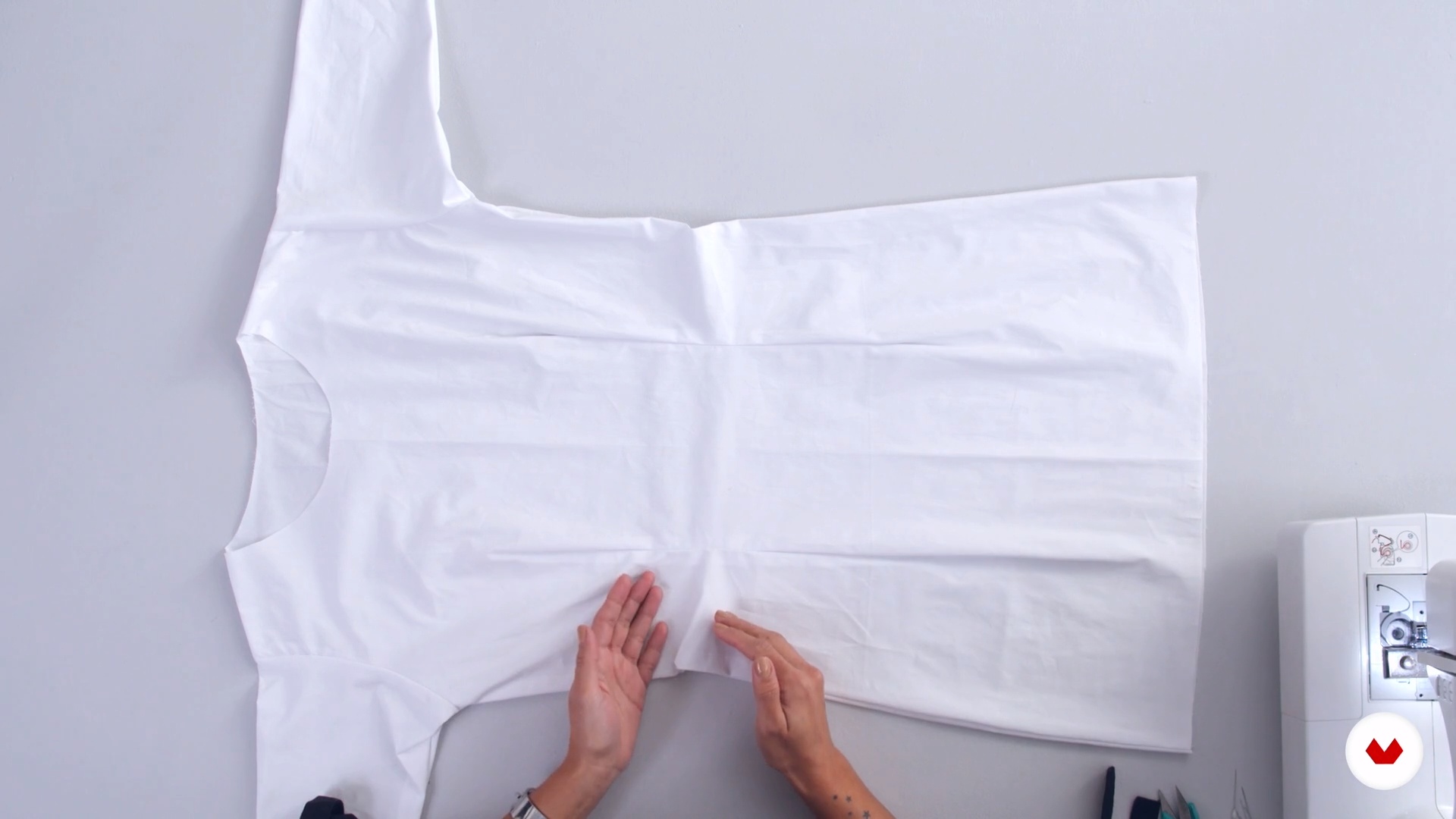
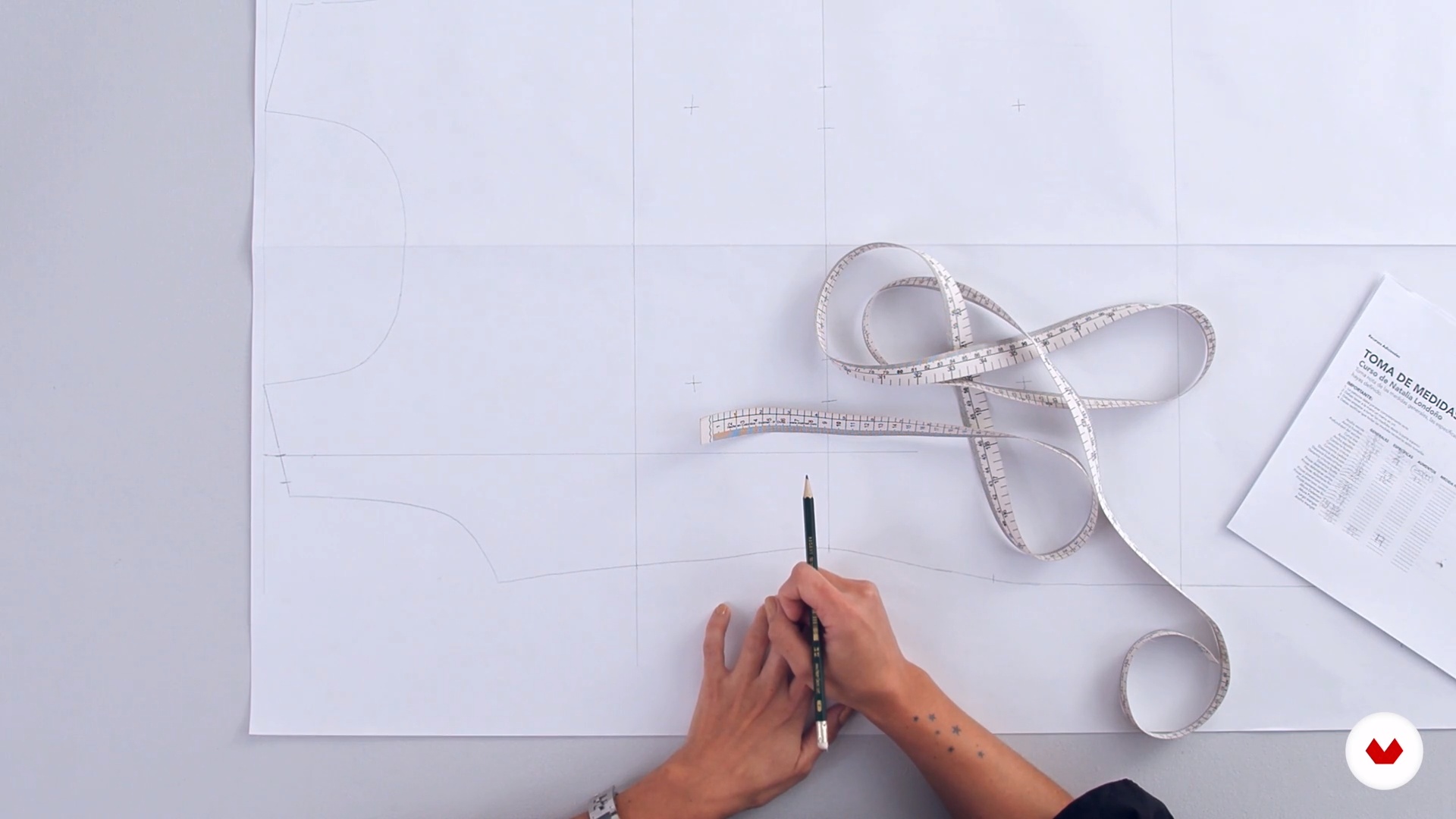

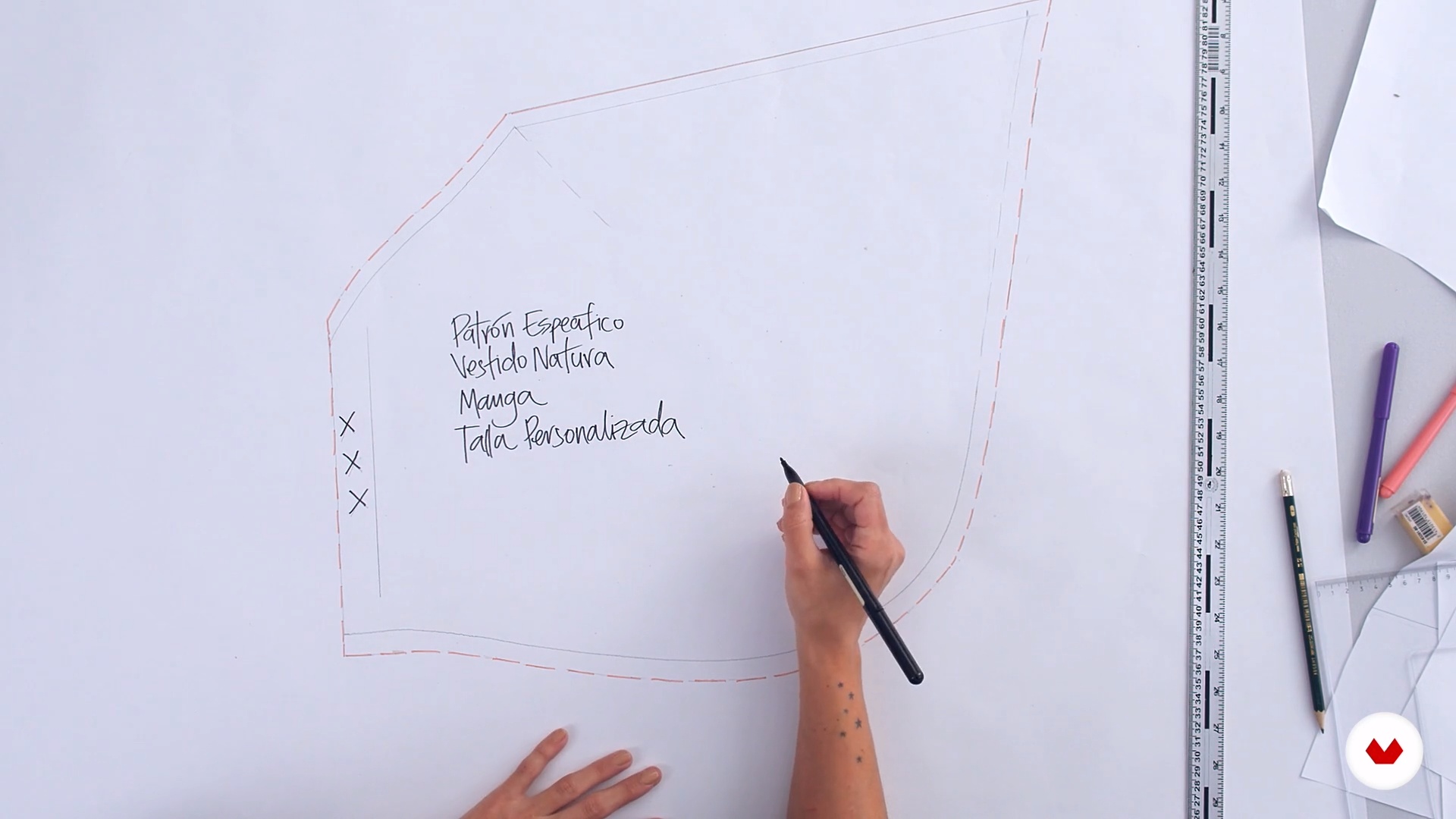
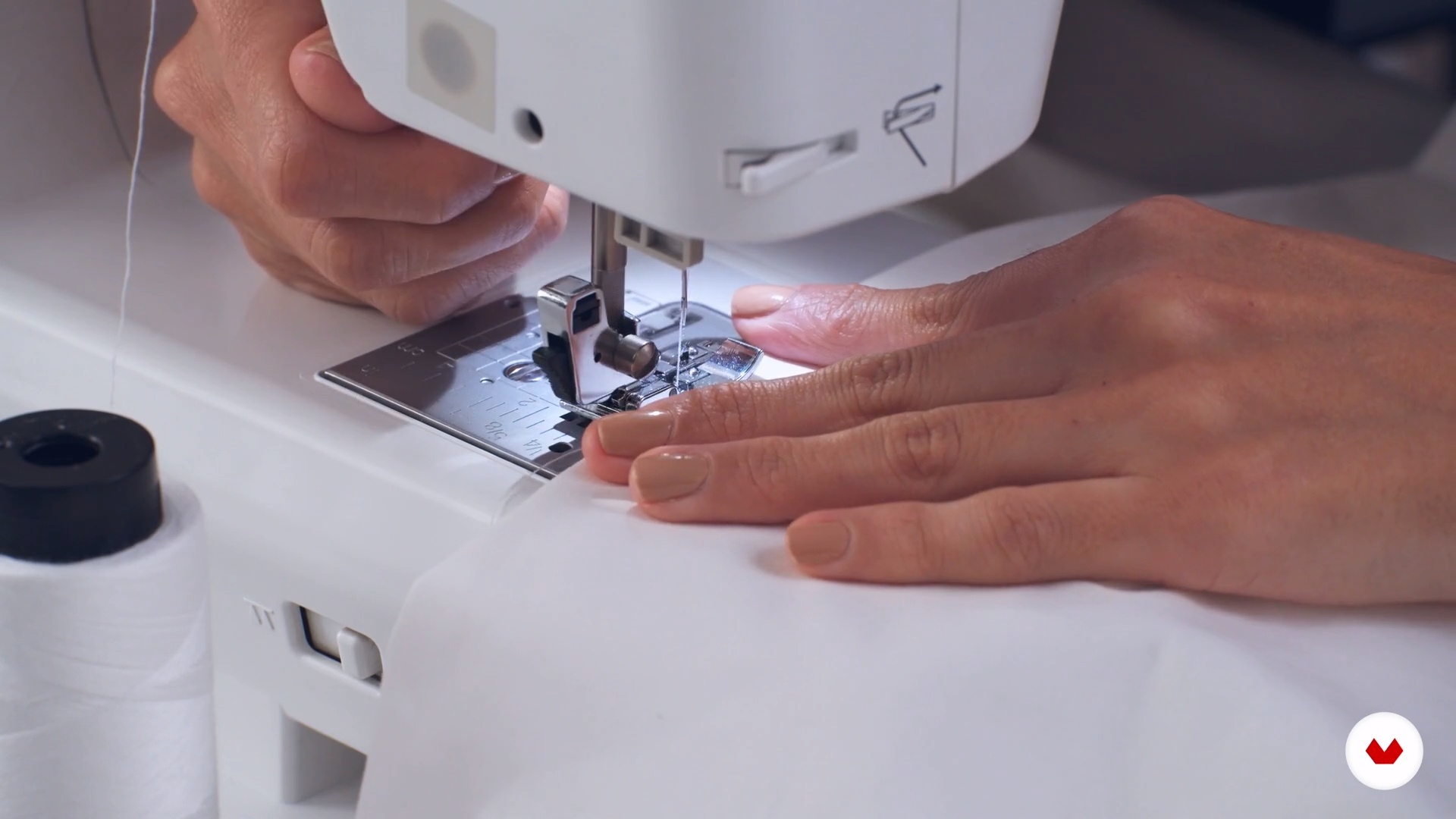
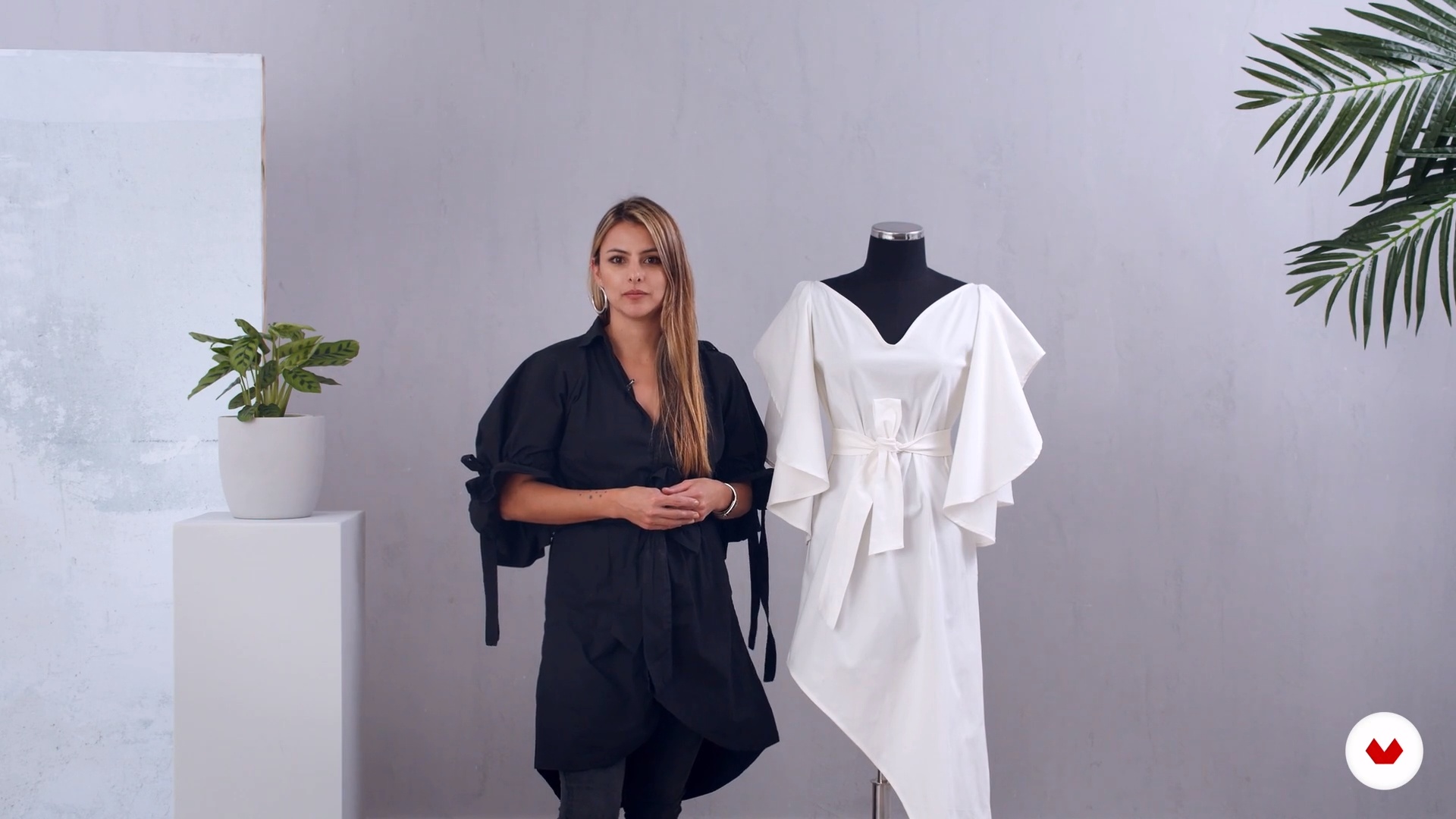
- 100% positive reviews (6)
- 1,336 students
- 96 lessons (18h 31m)
- 85 additional resources (38 files)
- Online and at your own pace
- Audio: Spanish, English
- Spanish · English · Portuguese · German · French · Italian · Polish · Dutch · Turkish
- Level: Beginner
- Unlimited access forever
What is this course's project?
Students will create precise patterns replicating a favorite garment using professional pattern-making techniques. By the end of the course, they will have developed the skills to accurately reproduce their favorite garments, applying detailed measurement and design processes.
Who is this specialization for?
This course is designed for people passionate about fashion and tailoring. Ideal for those seeking to develop skills in design and pattern making, from beginners to experienced individuals who wish to perfect their techniques and create unique garments with a professional approach.
Requirements and materials
No extensive prior knowledge is required. You just need access to a sewing machine and knowledge of how to use it. You'll also need an iron, buttons, thread, and fabric. Curiosity and a desire to create are essential to get the most out of it.






Reviews
What to expect from this specialization course
-
Learn at your own pace
Enjoy learning from home without a set schedule and with an easy-to-follow method. You set your own pace.
-
Learn from the best professionals
Learn valuable methods and techniques explained by top experts in the creative sector.
-
Meet expert teachers
Each expert teaches what they do best, with clear guidelines, true passion, and professional insight in every lesson.
-
Certificates
PlusIf you're a Plus member, get a custom certificate for every specialization course. Share it on your portfolio, social media, or wherever you like.
-
Get front-row seats
Videos of the highest quality, so you don't miss a single detail. With unlimited access, you can watch them as many times as you need to perfect your technique.
-
Share knowledge and ideas
Ask questions, request feedback, or offer solutions. Share your learning experience with other students in the community who are as passionate about creativity as you are.
-
Connect with a global creative community
The community is home to millions of people from around the world who are curious and passionate about exploring and expressing their creativity.
-
Watch professionally produced courses
Domestika curates its teacher roster and produces every course in-house to ensure a high-quality online learning experience.
FAQs
What are Domestika's online courses?
Domestika courses are online classes that allow you to learn new skills and create incredible projects. All our courses include the opportunity to share your work with other students and/or teachers, creating an active learning community. We offer different formats:
Original Courses: Complete classes that combine videos, texts, and educational materials to complete a specific project from start to finish.
Basics Courses: Specialized training where you master specific software tools step by step.
Specialization Courses: Learning paths with various expert teachers on the same topic, perfect for becoming a specialist by learning from different approaches.
Guided Courses: Practical experiences ideal for directly acquiring specific skills.
Intensive Courses (Deep Dives): New creative processes based on artificial intelligence tools in an accessible format for in-depth and dynamic understanding.
When do the specialization courses start and when do they finish?
All specialization courses are 100% online, so once they're published, specialization courses start and finish whenever you want. You set the pace of the class. You can go back to review what interests you most and skip what you already know, ask questions, answer questions, share your projects, and more.
What do Domestika's specialization courses include?
The specialization courses are divided into different modules. Each one includes lessons, informational text, tasks, and practice exercises to help you carry out your project step by step, with additional complementary resources and downloads. You'll also have access to an exclusive forum where you can interact with other students, as well as share your work and your final project, creating a community around the specialization courses.
Have you been given a specialization courses?
You can redeem the specialization courses you received by accessing the redeeming page and entering your gift code.
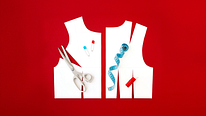
All the teachers were truly experts at their craft! I learned many new skills, and refined some of my old knowledge with their helpful tips.
If there's anything that can be improved, it's the English translations for some of the modules, and more detailed demonstrations of every step in the more complex lessons.
I had trouble uploading my Final Project because of an "Unknown Error," too, but I'm so proud of what I was able to make! I wish I could replay this whole course even after the trial.
Gerçekten çok kullanışlı
es muy practivo y muy bien explicado, adoro la forma que tienen que enseñar.
Muchas gracias!
excellent cours
Ameno, entretenido y de fácil aprendizaje